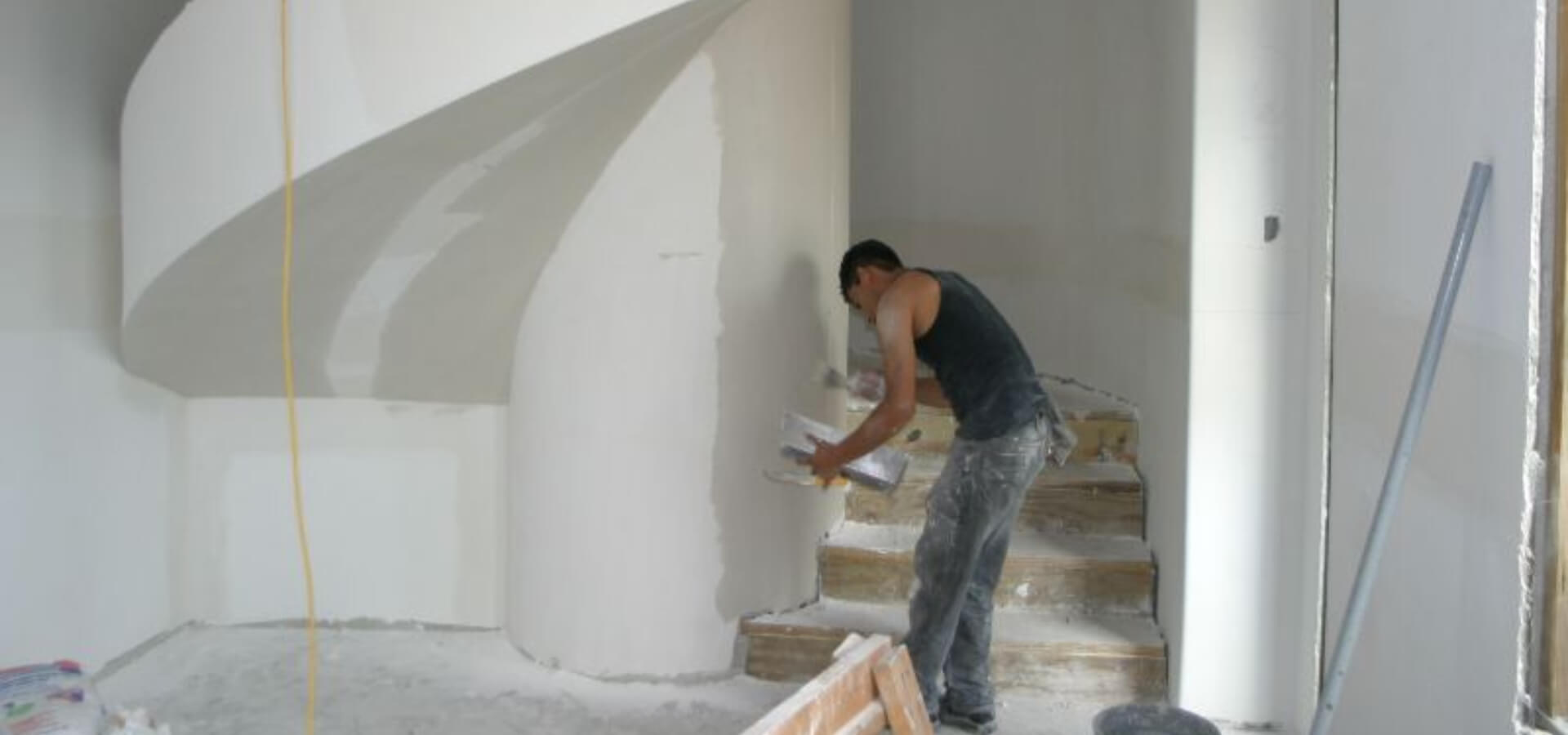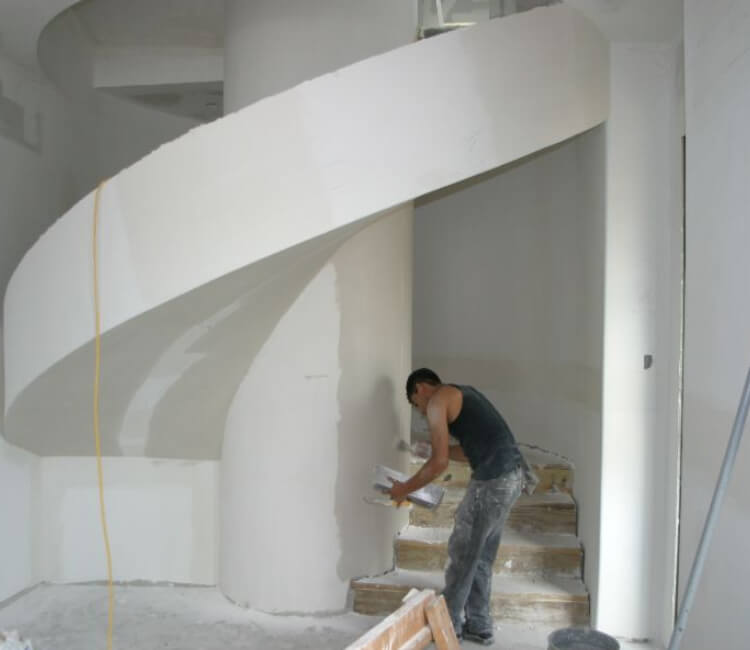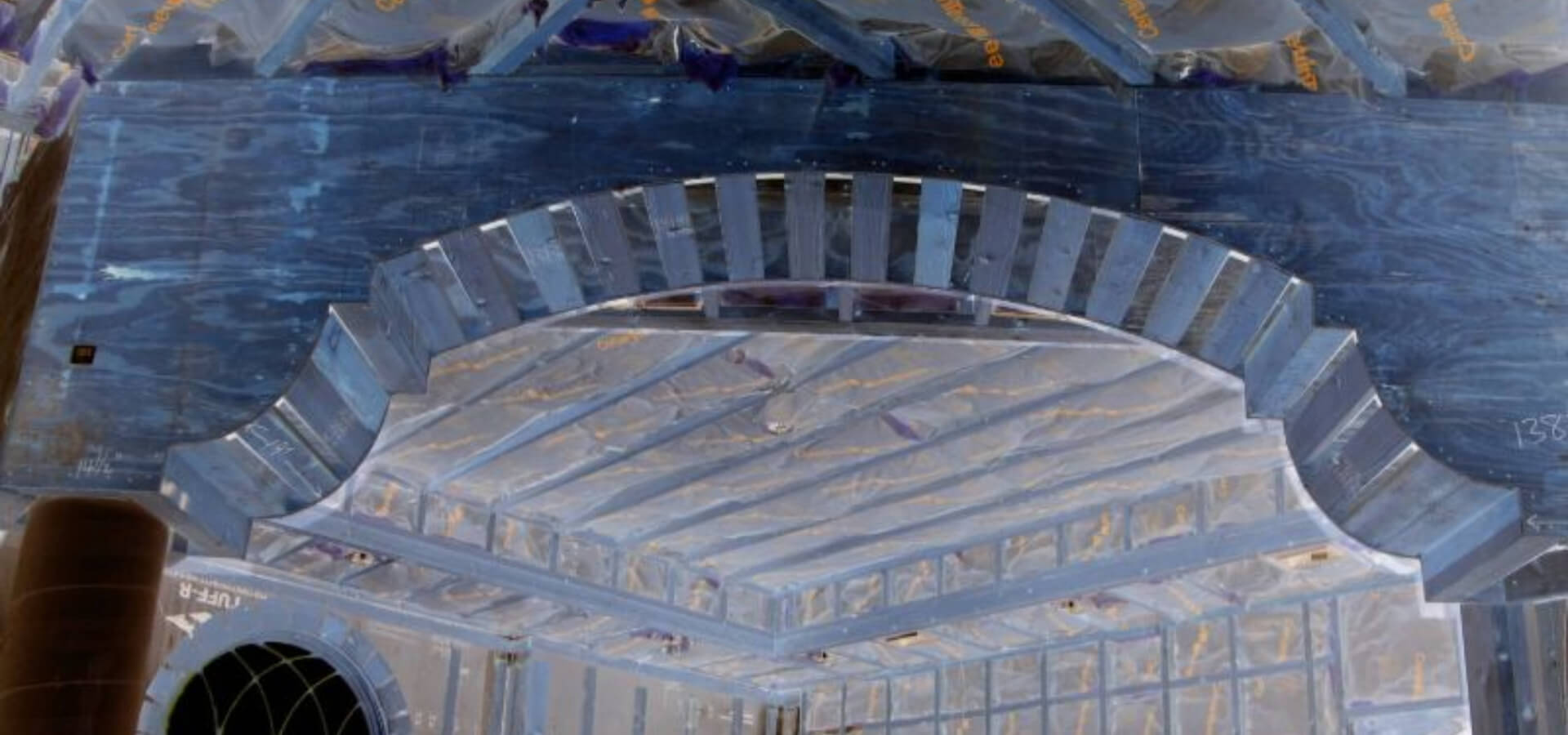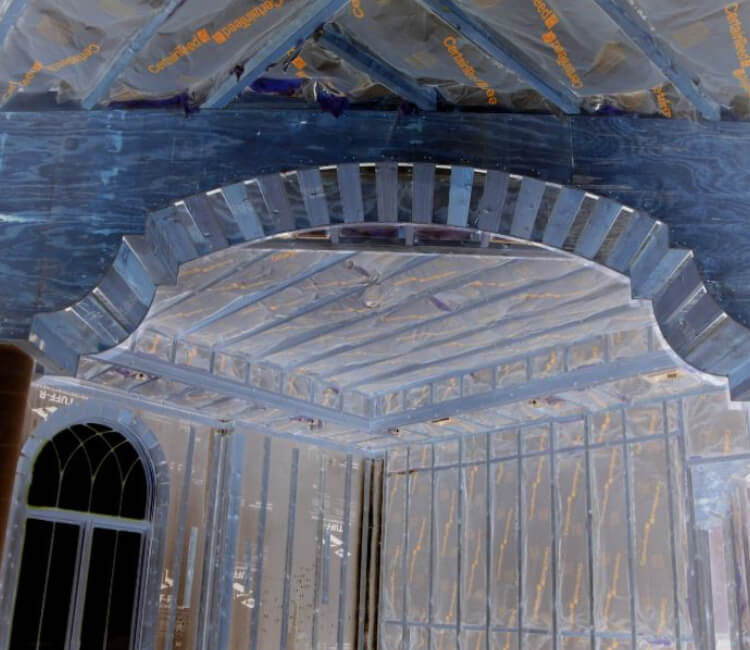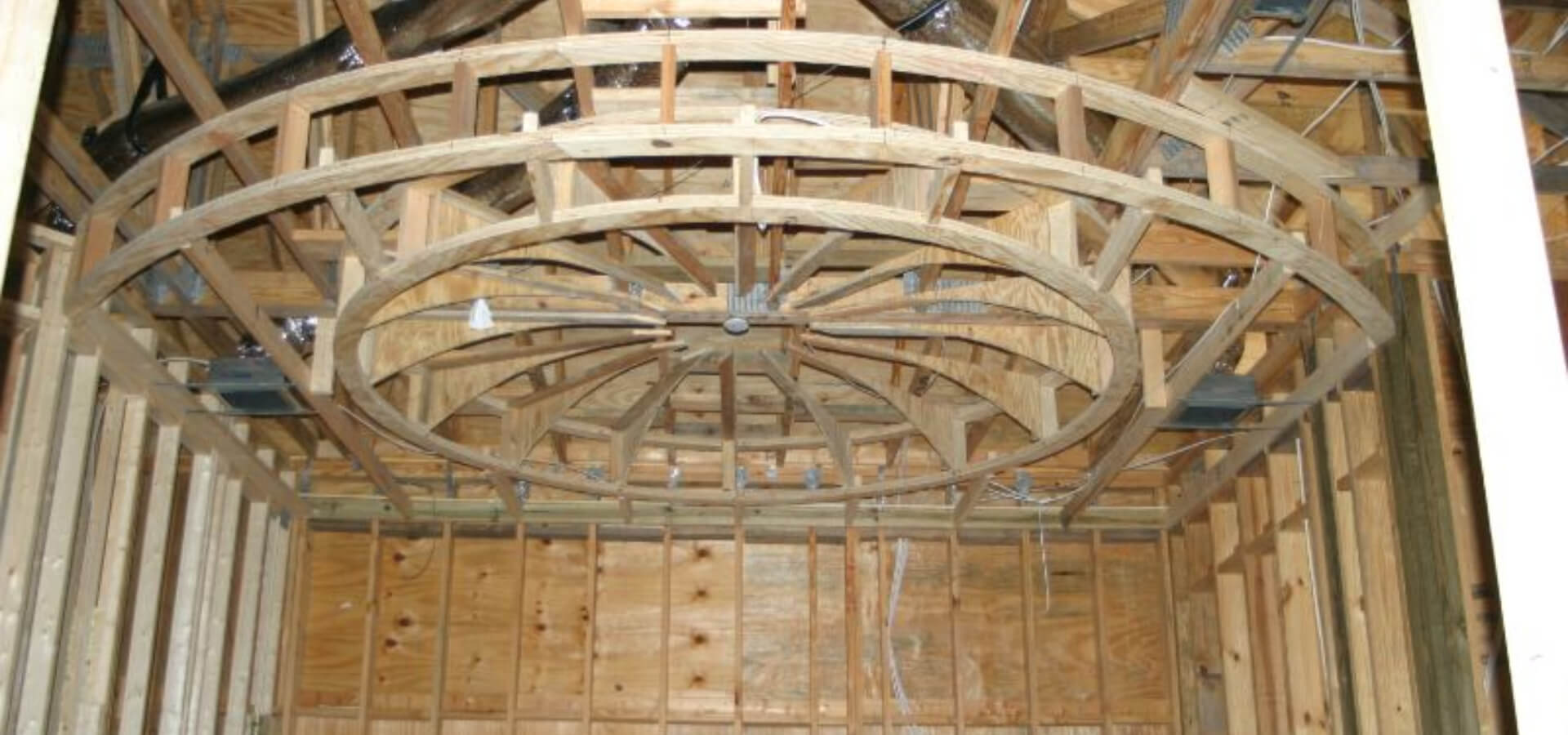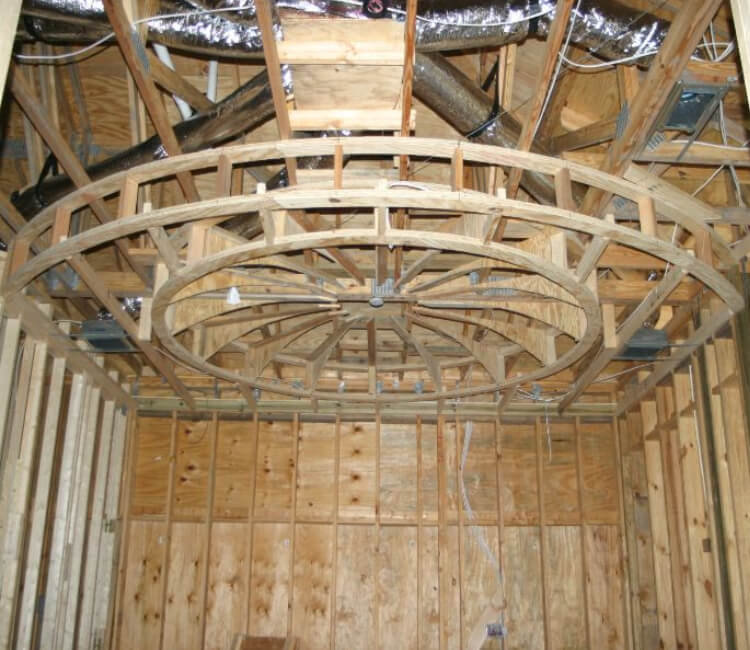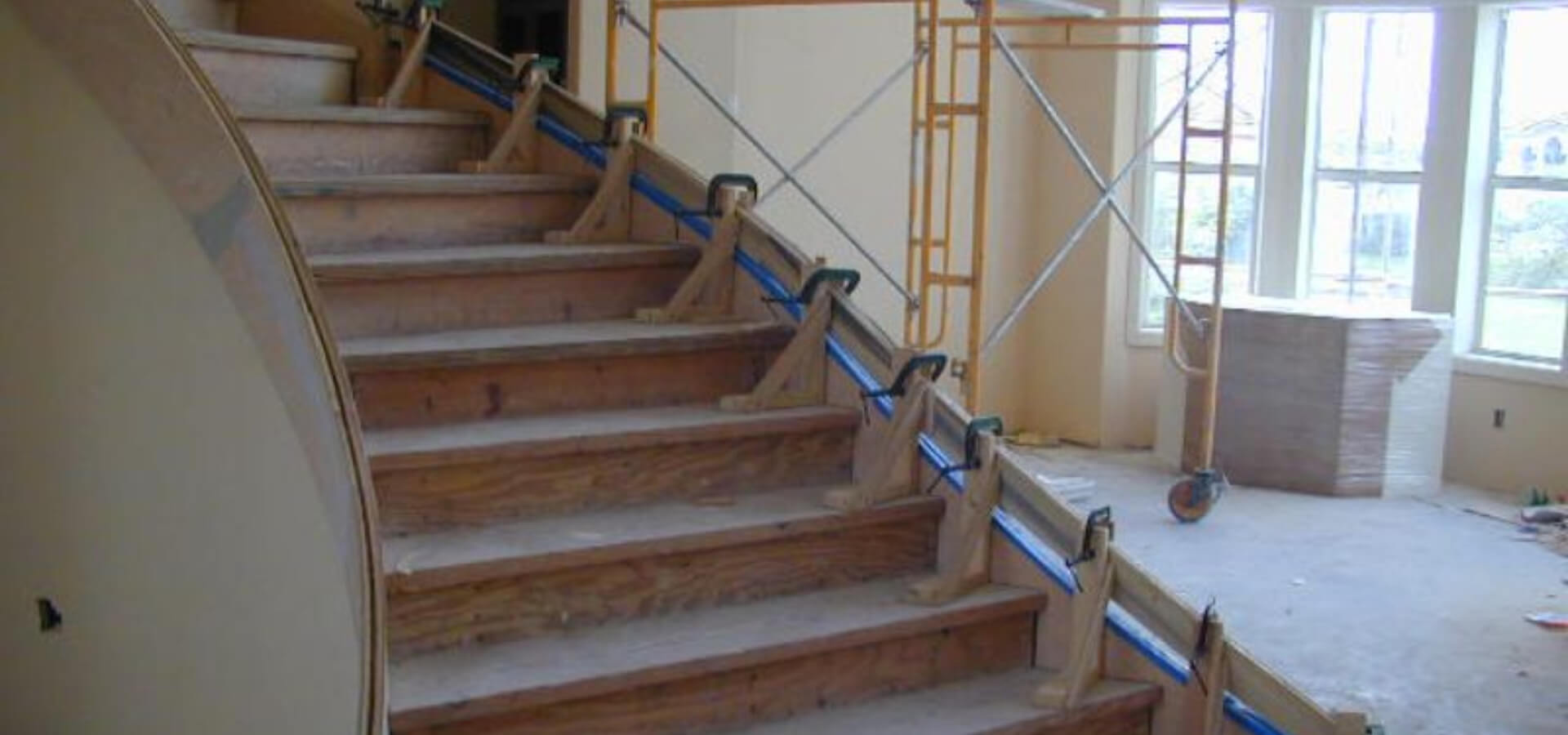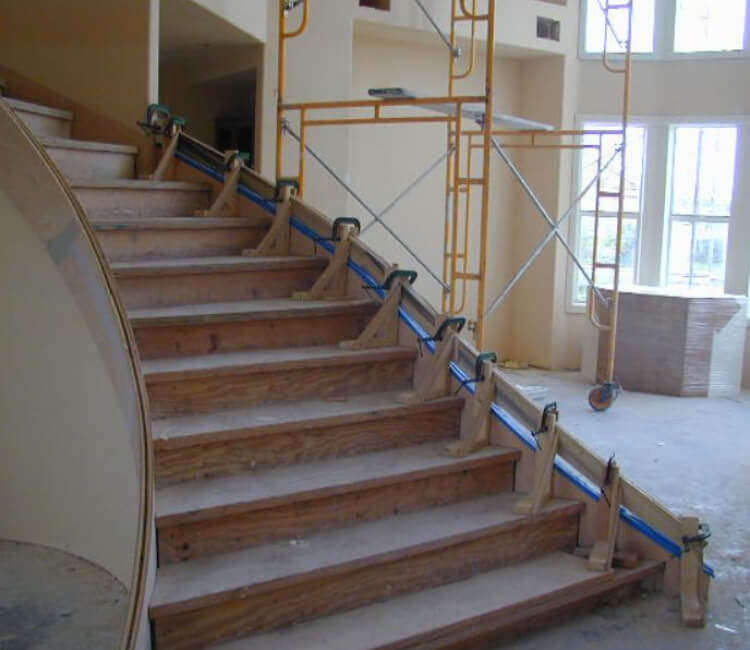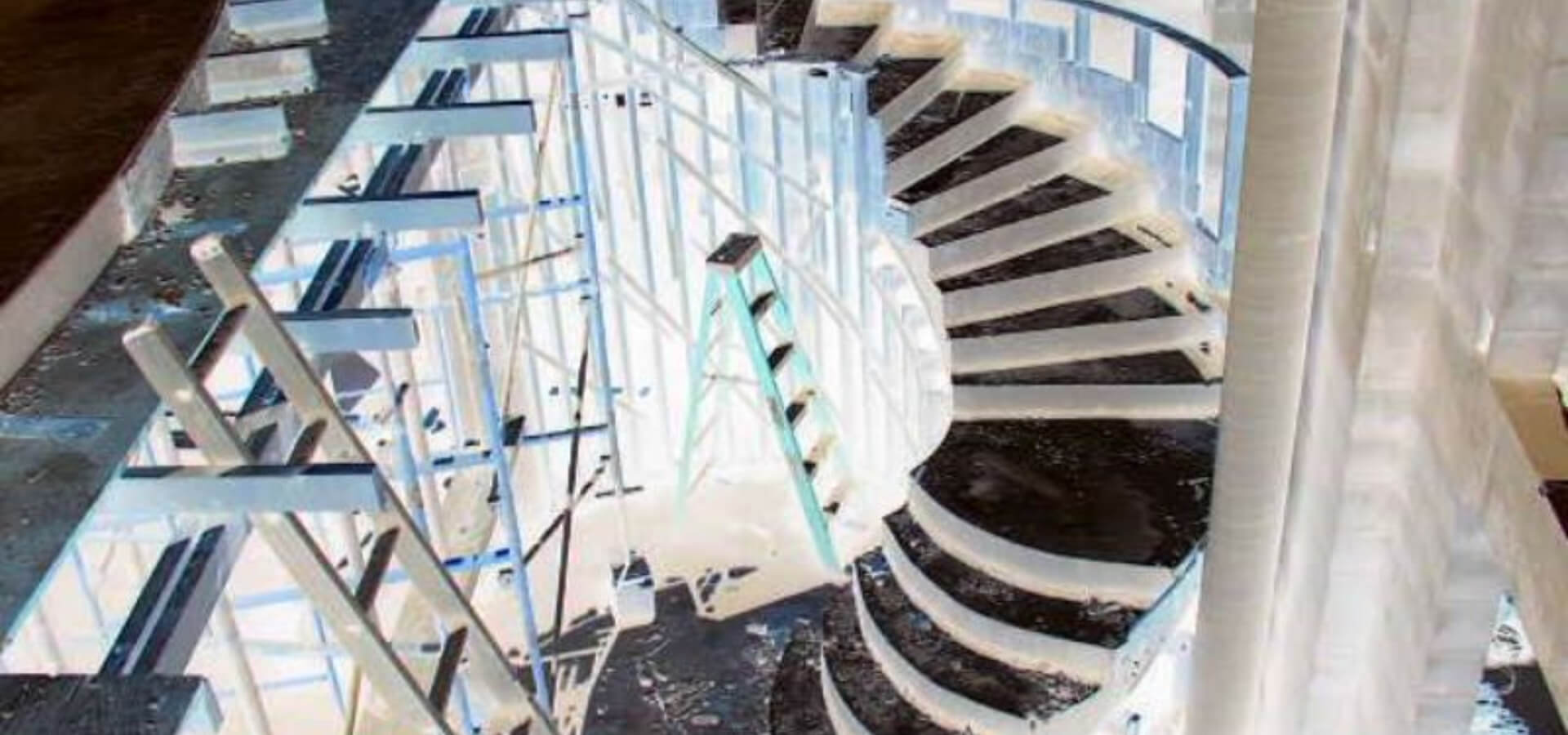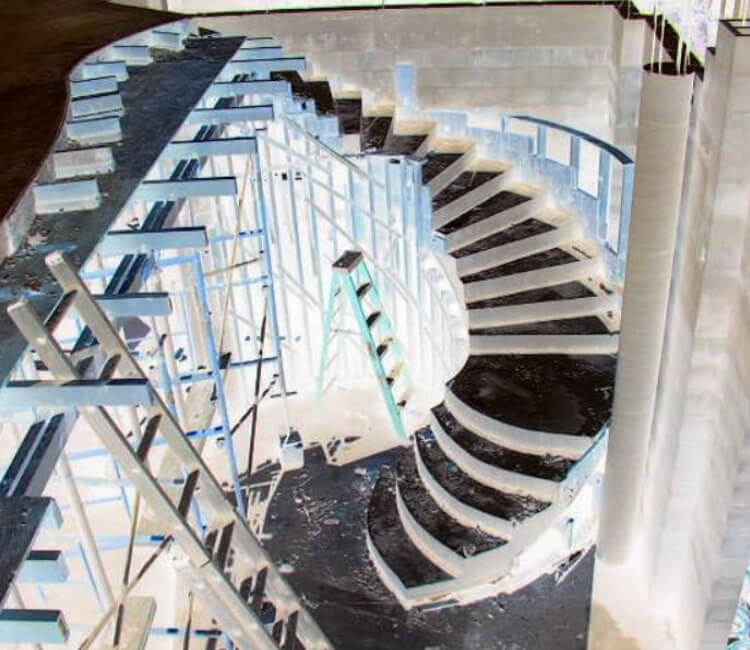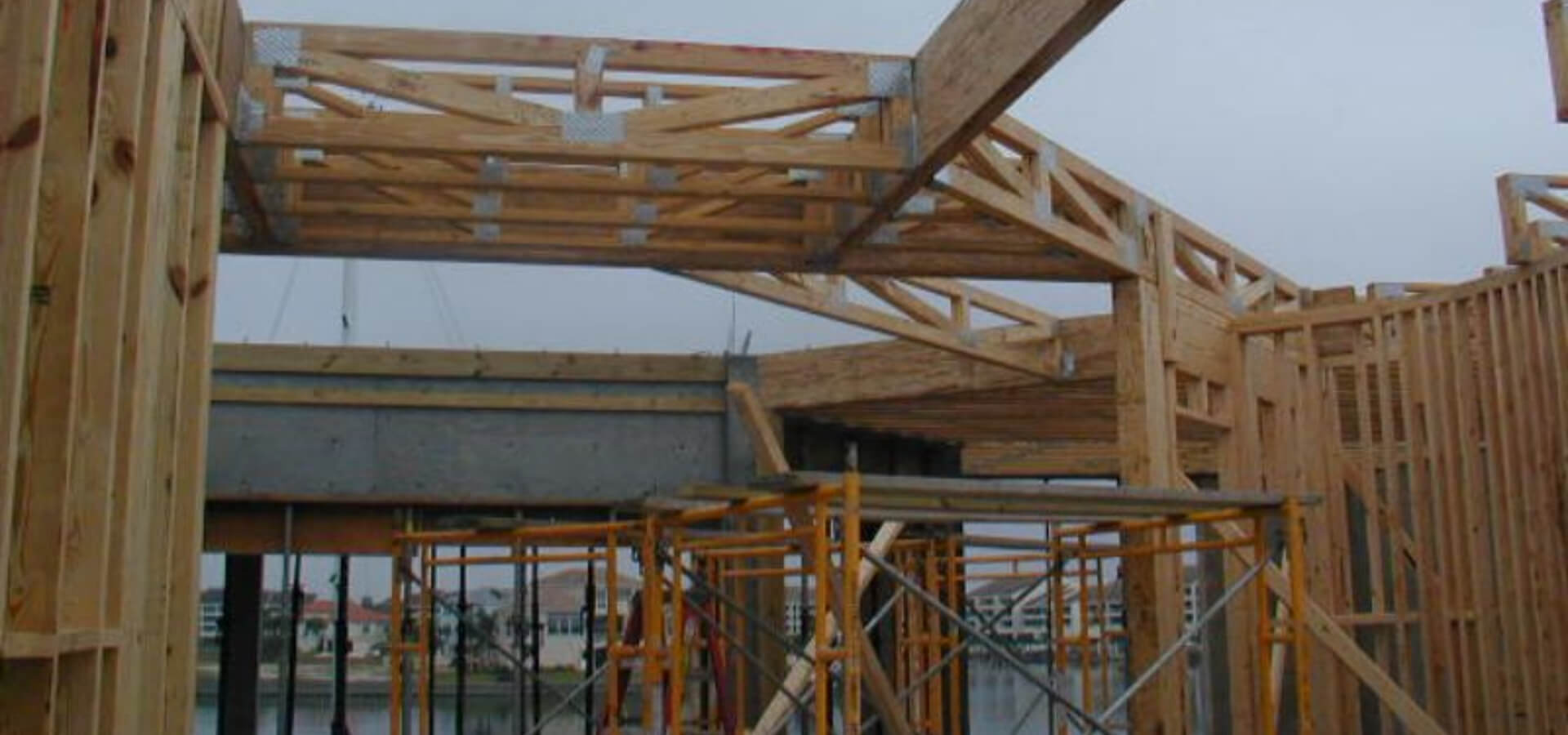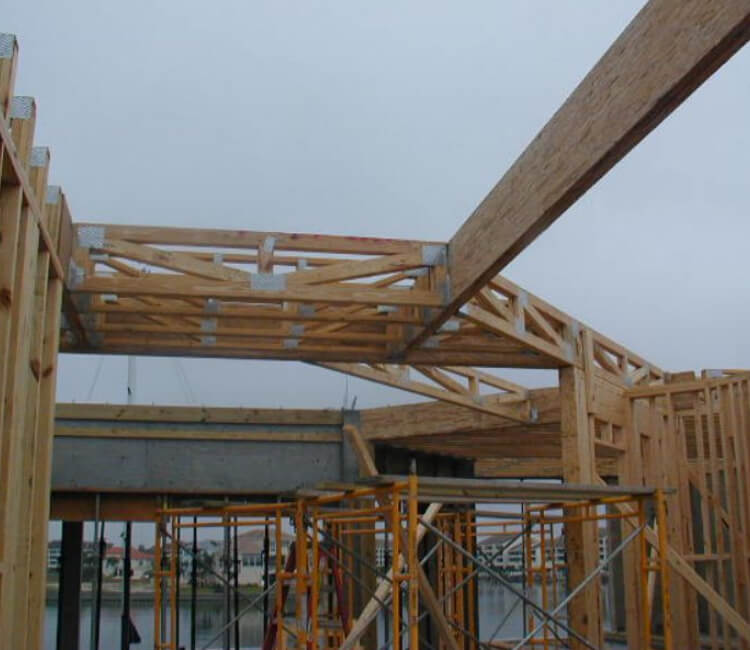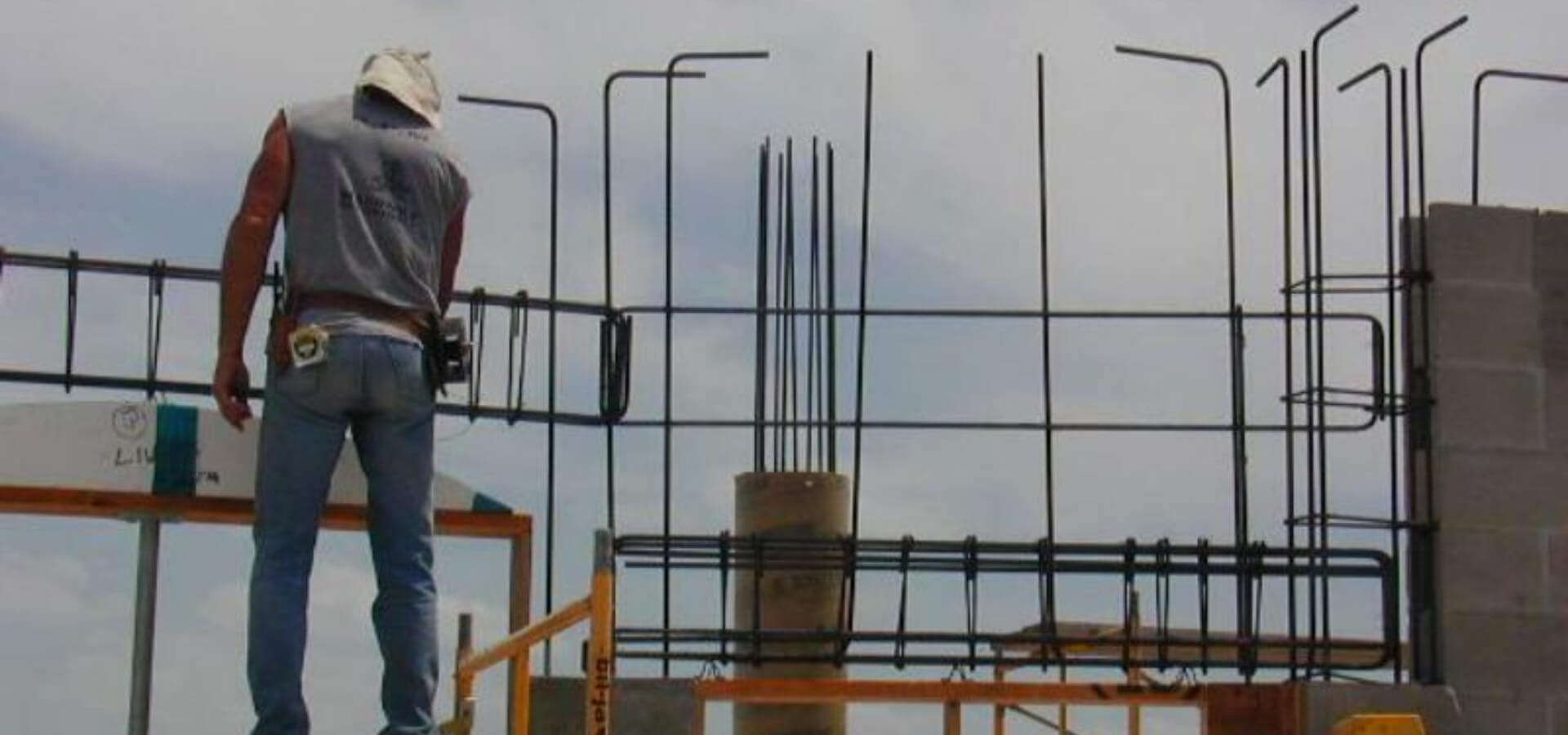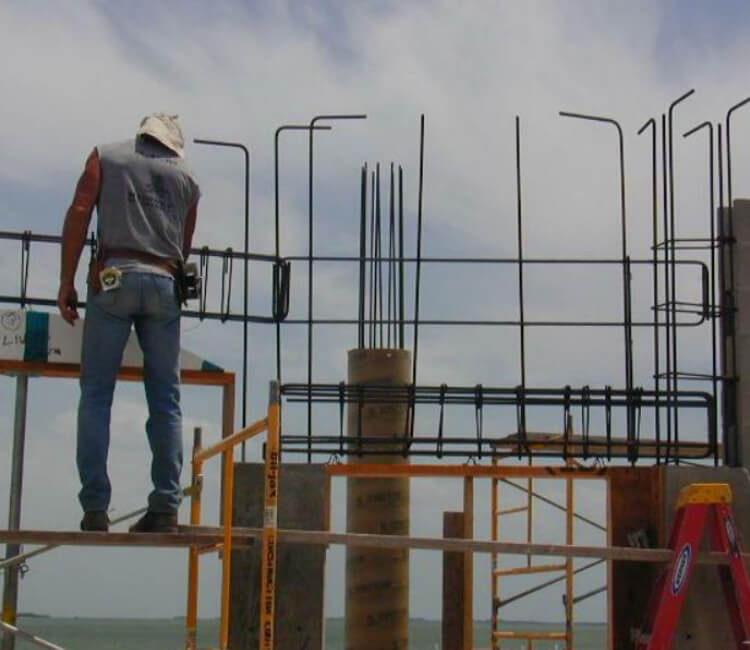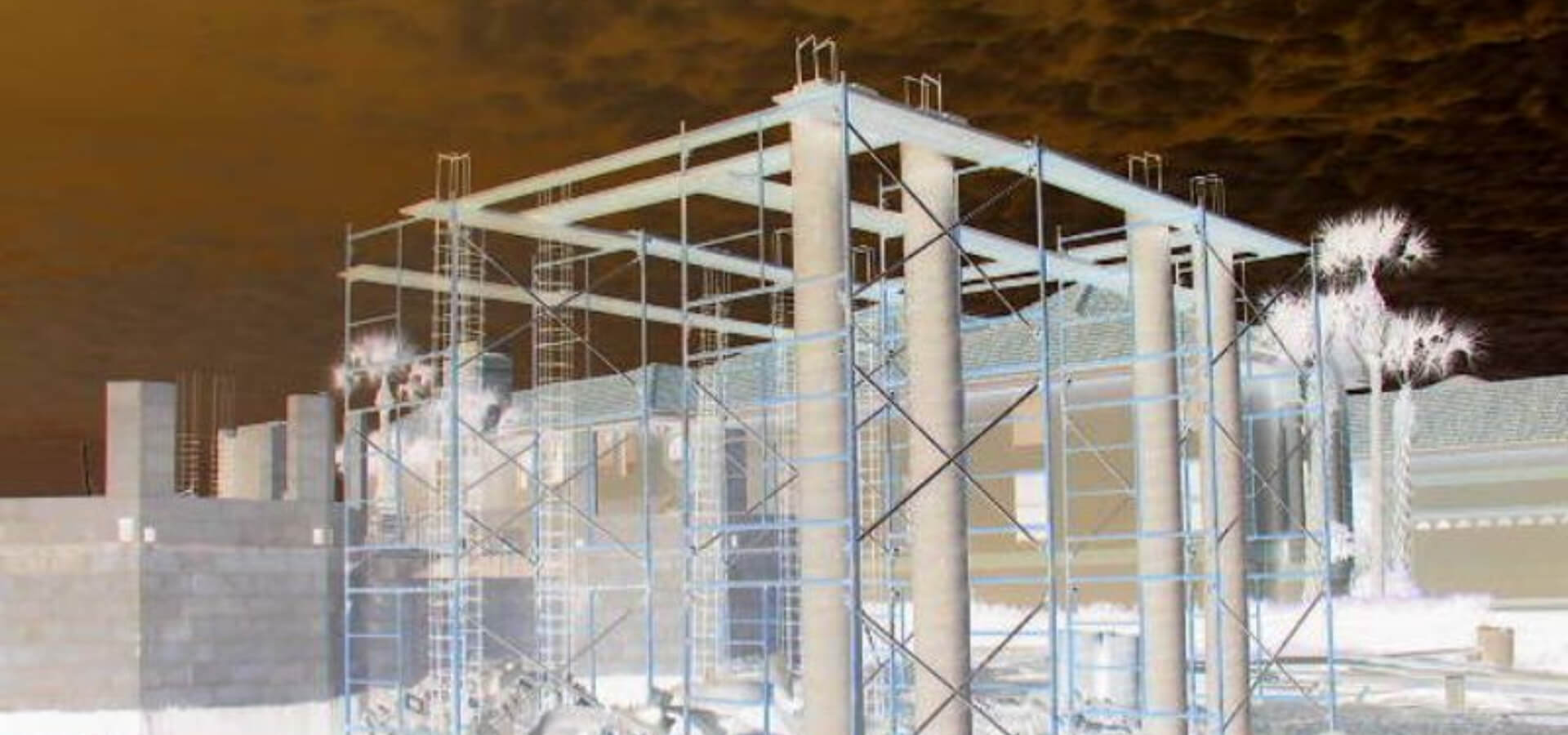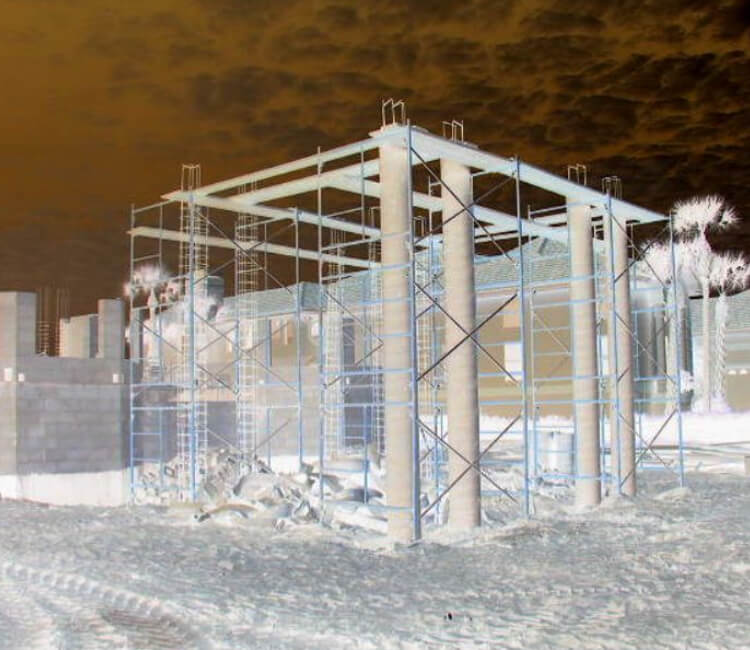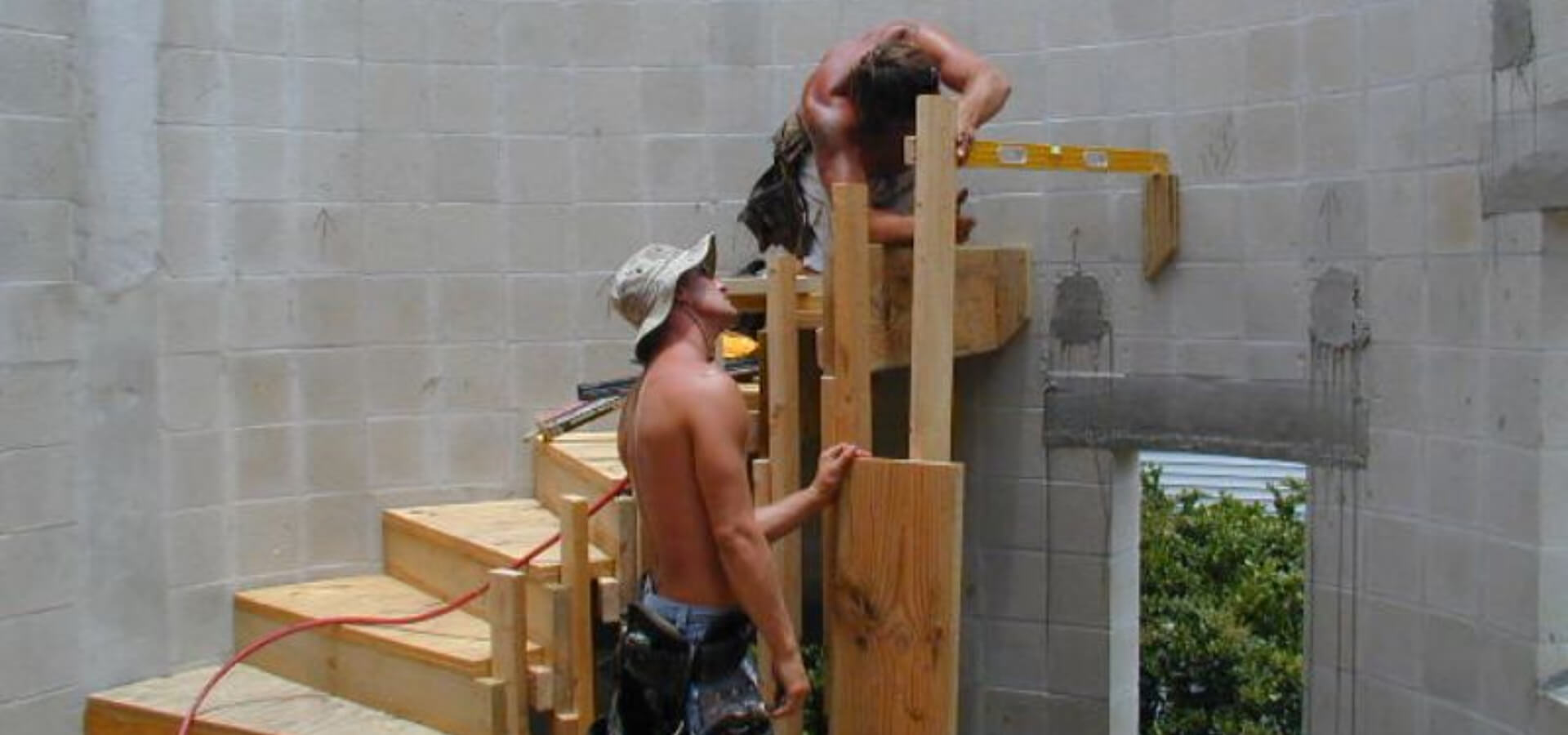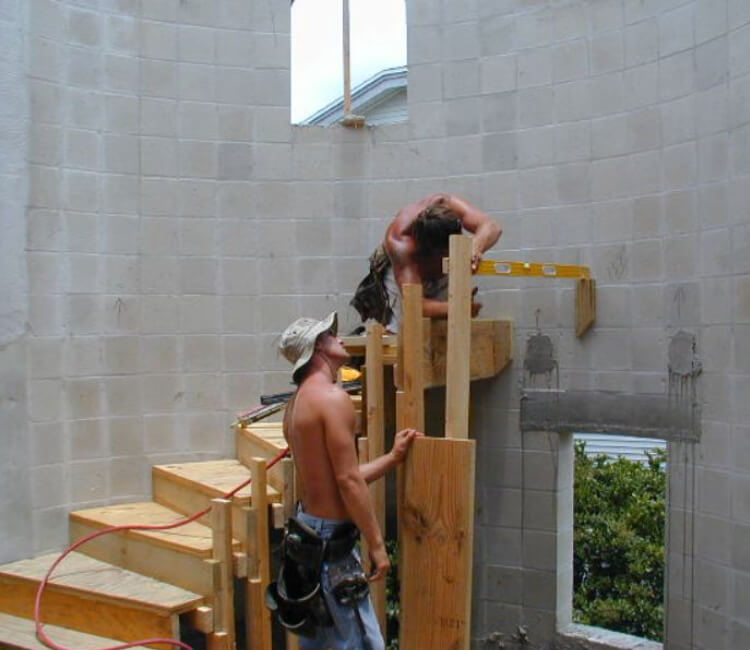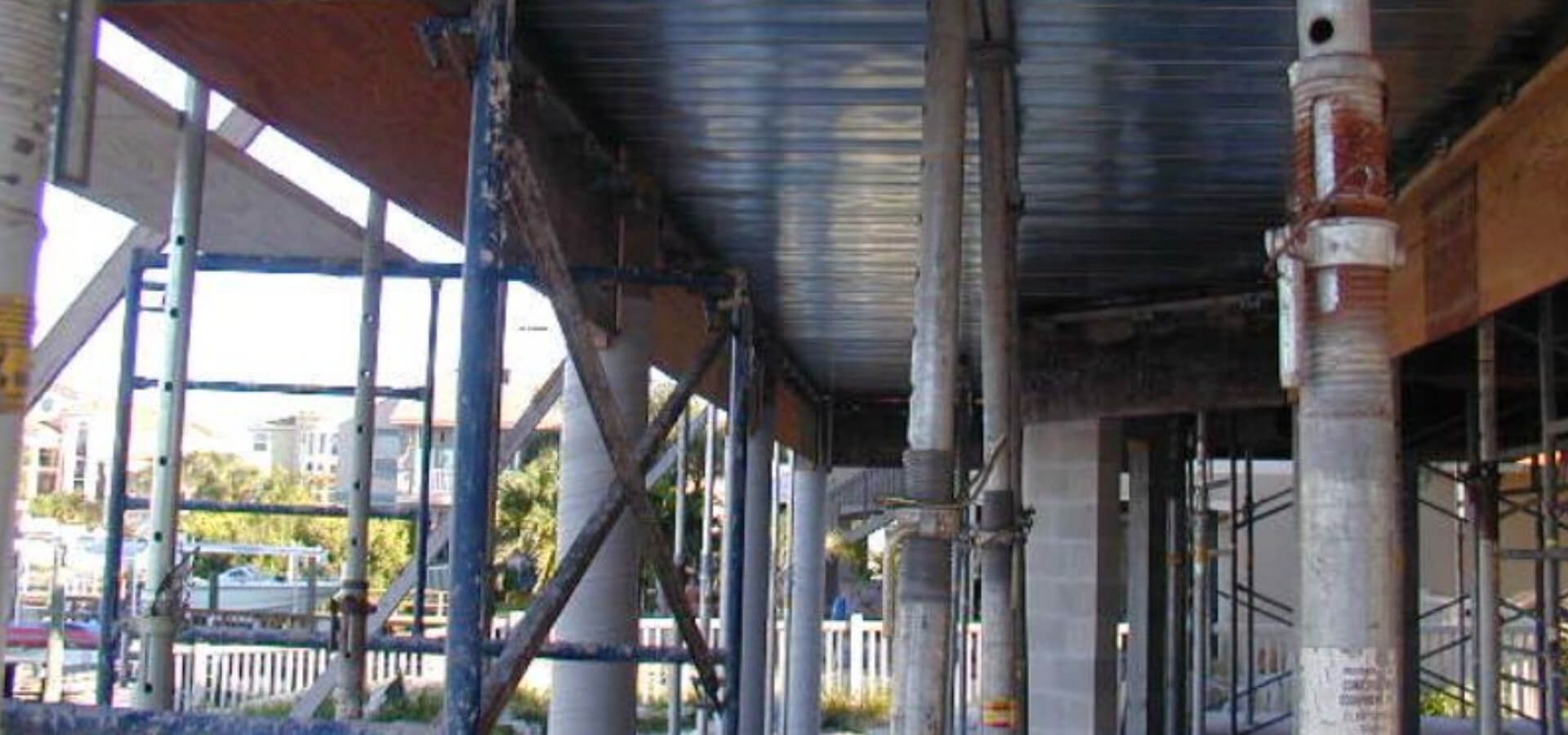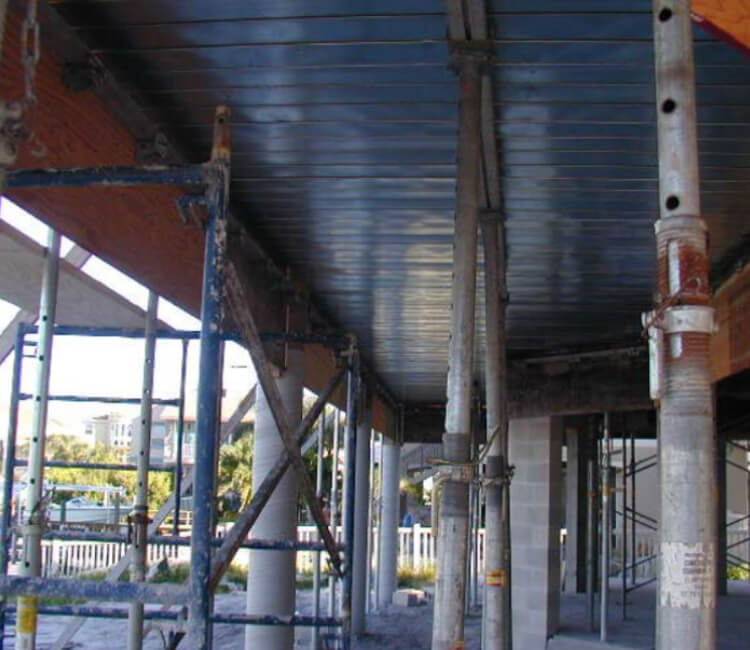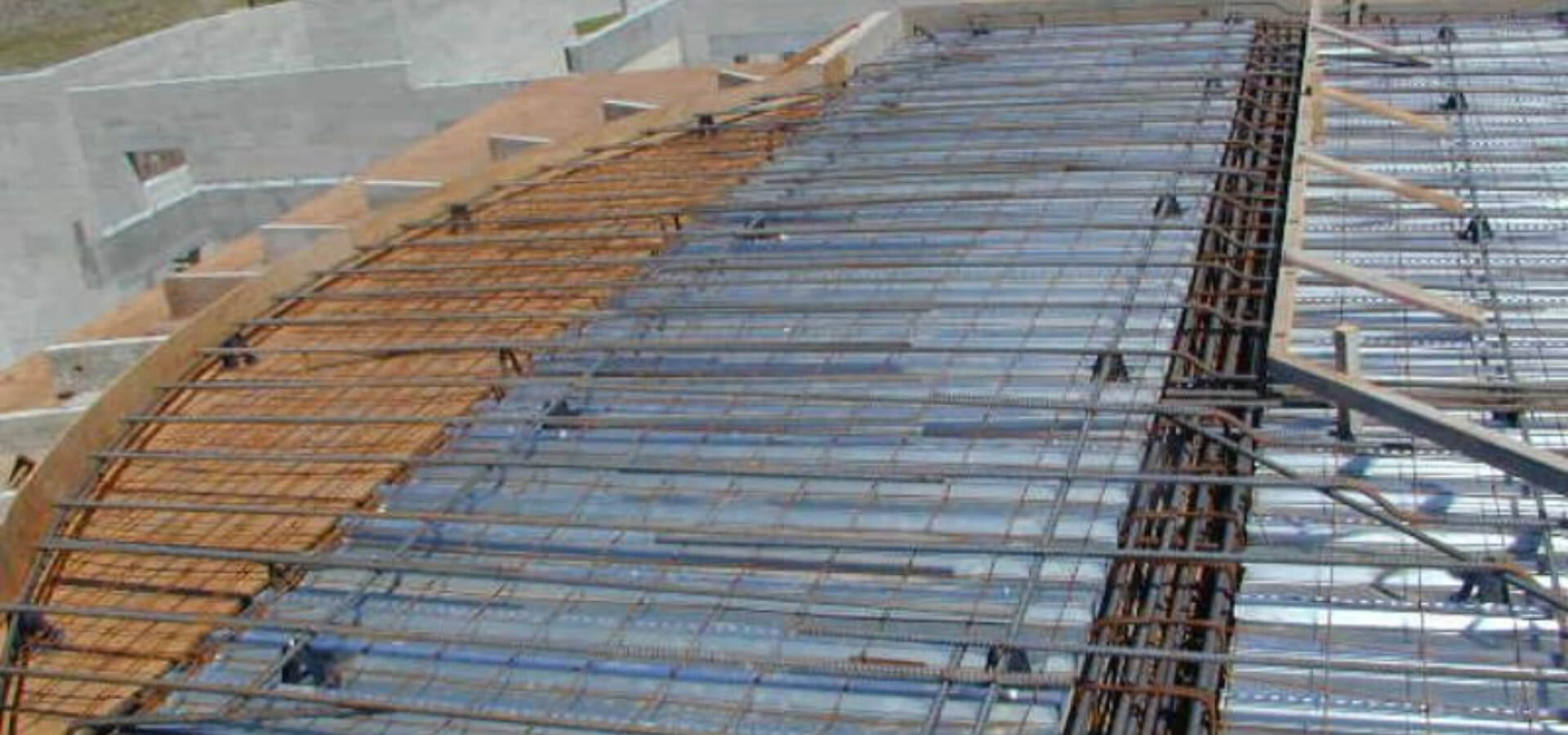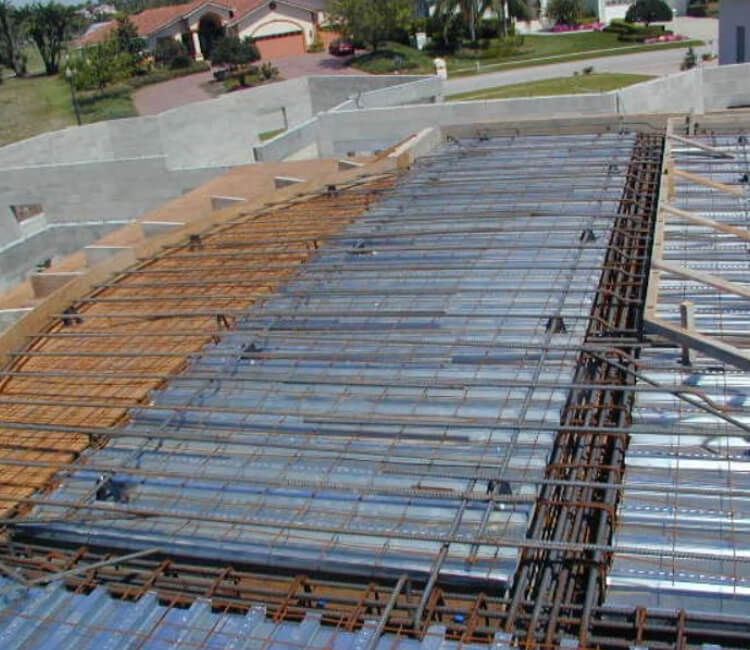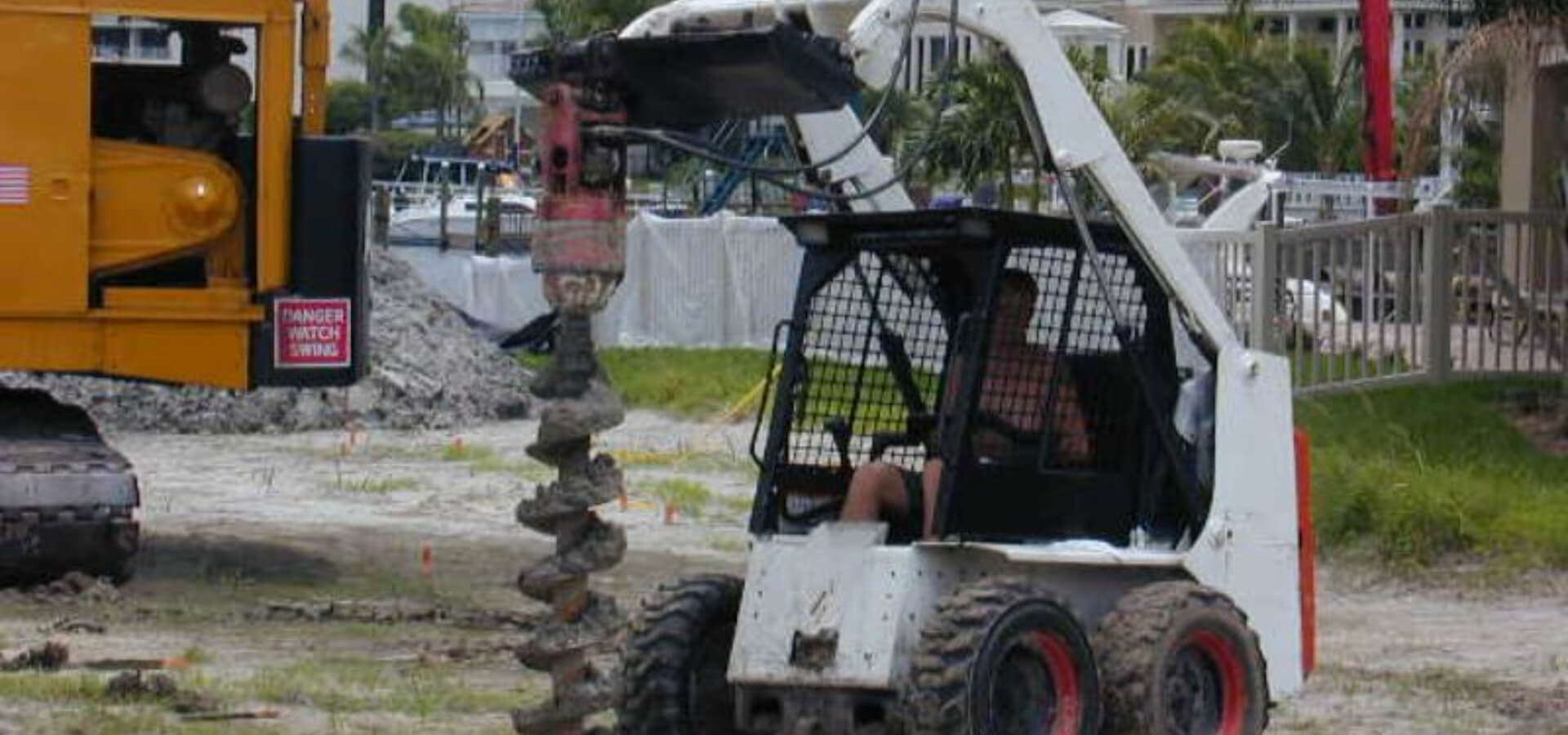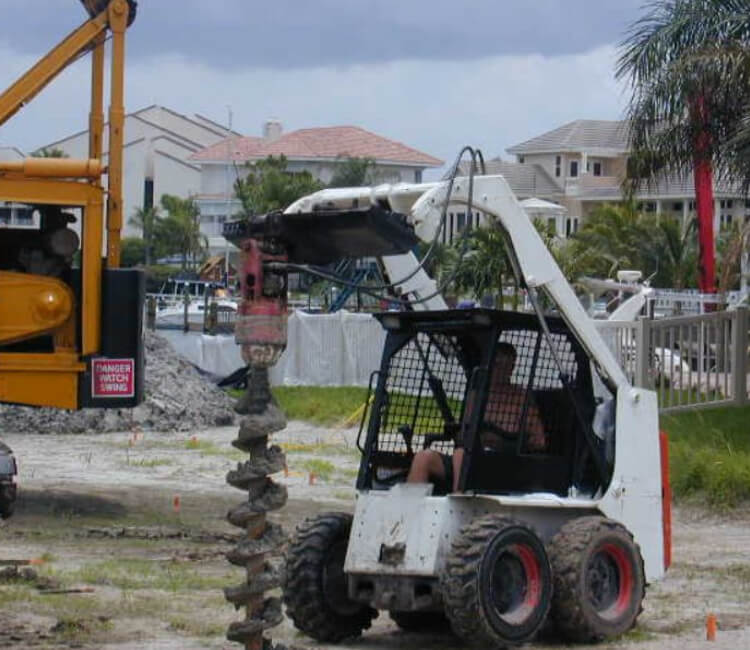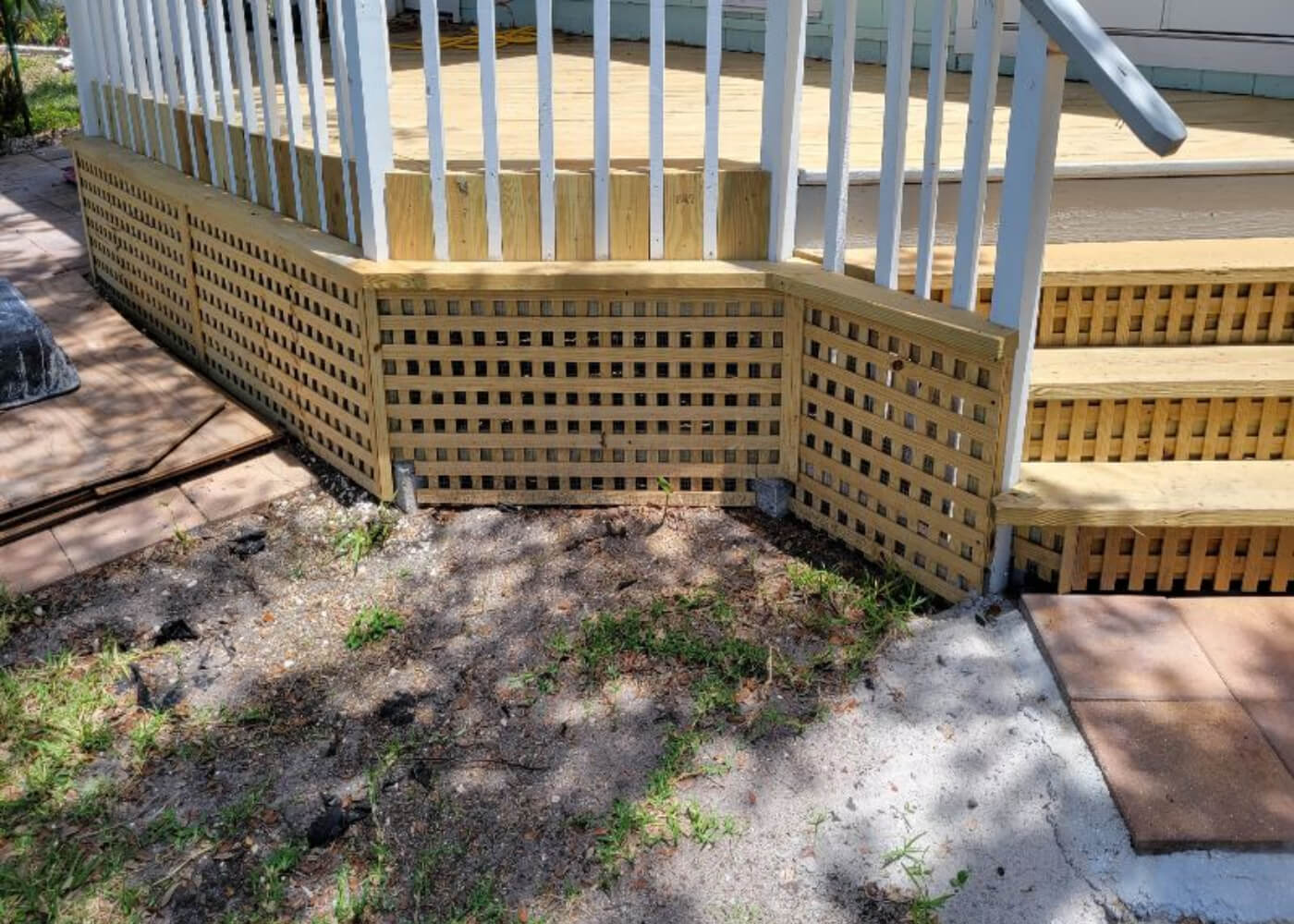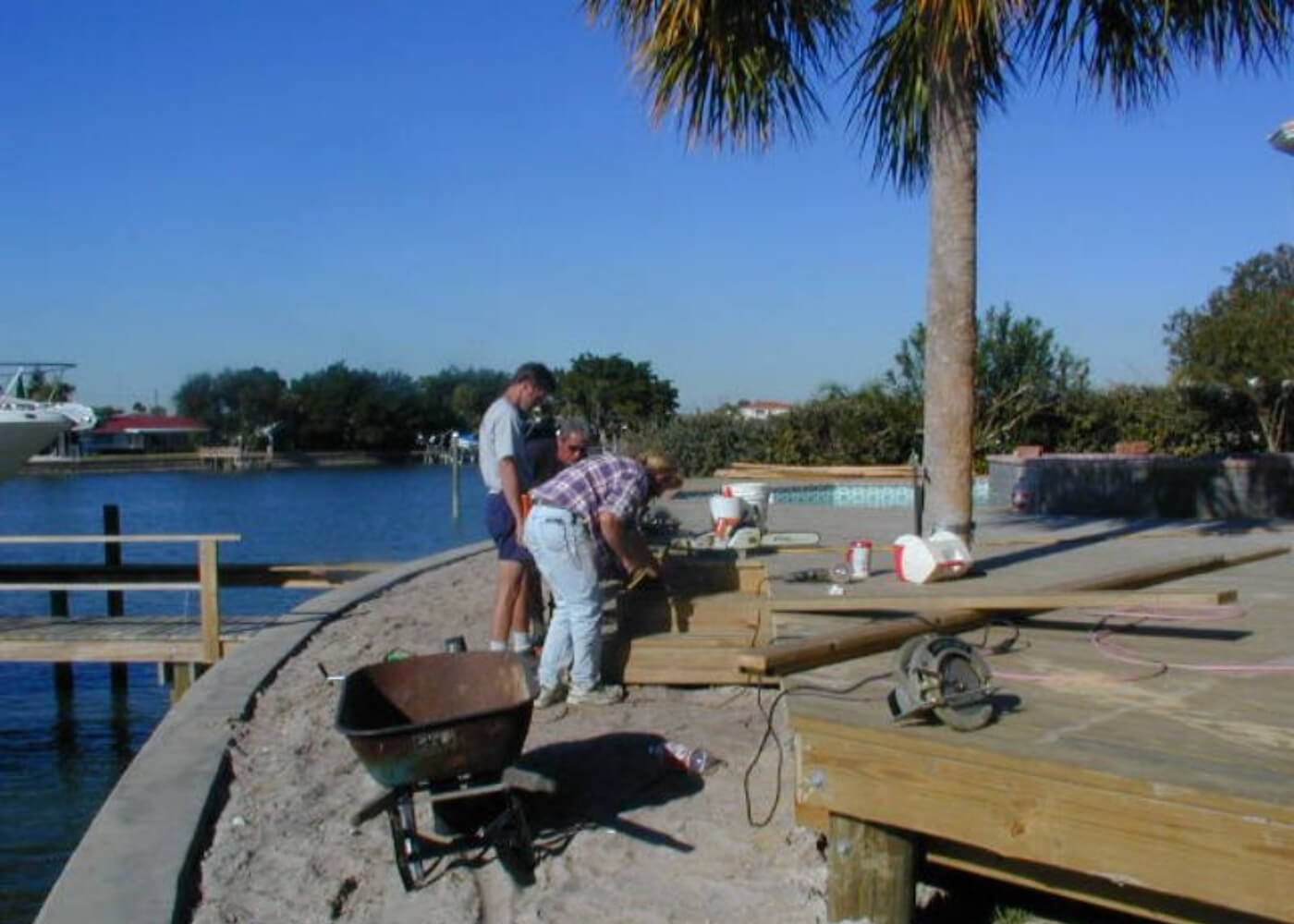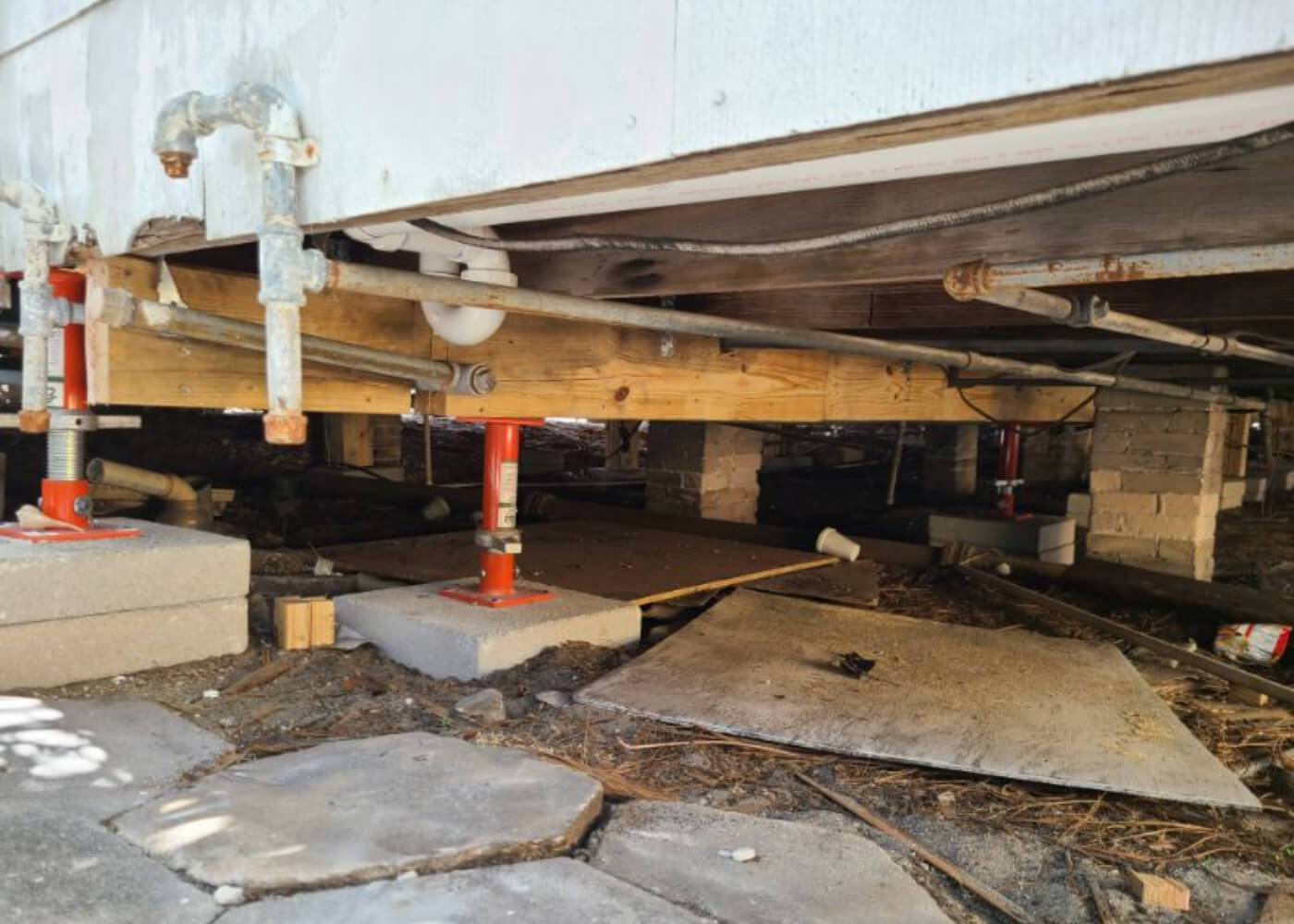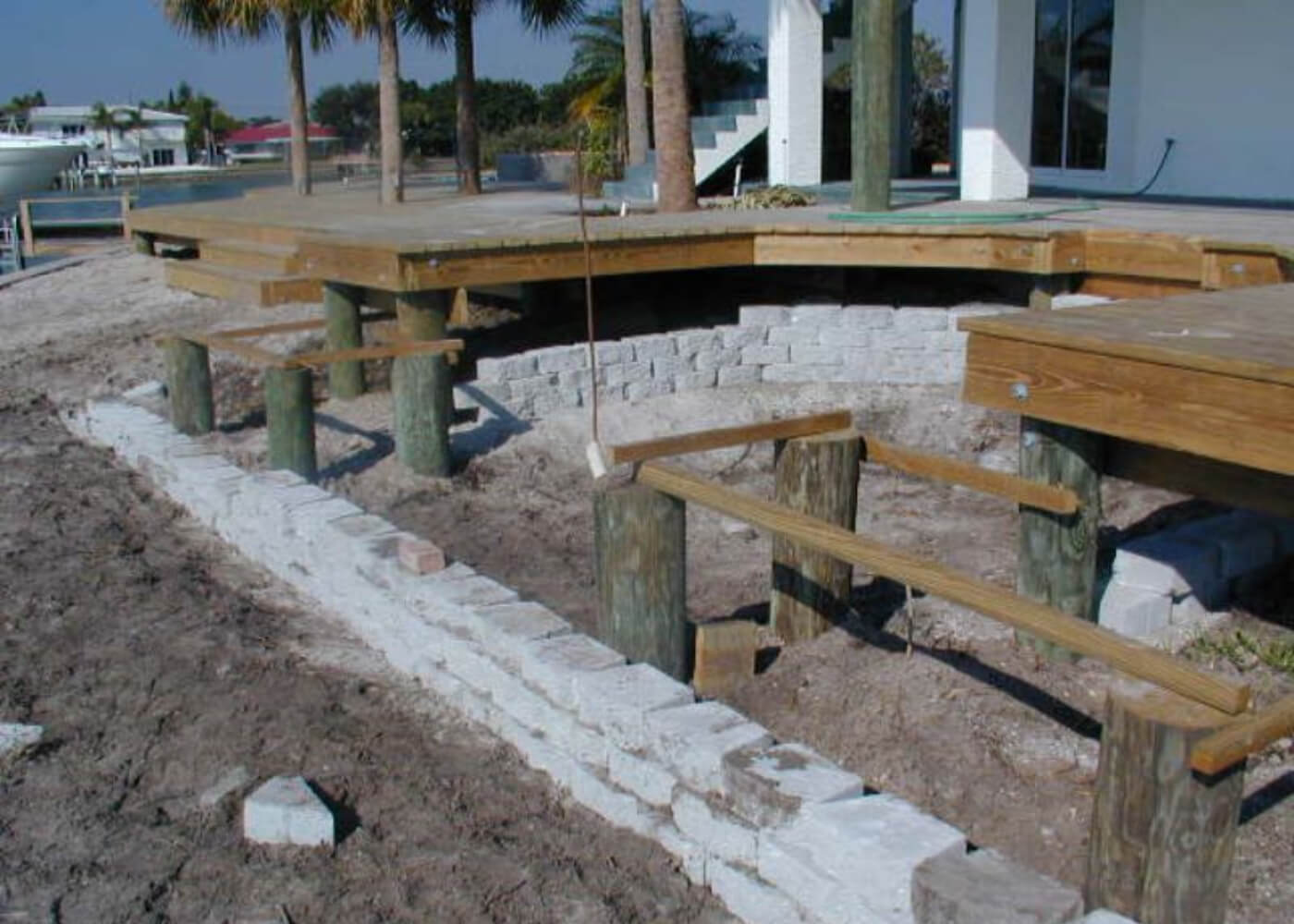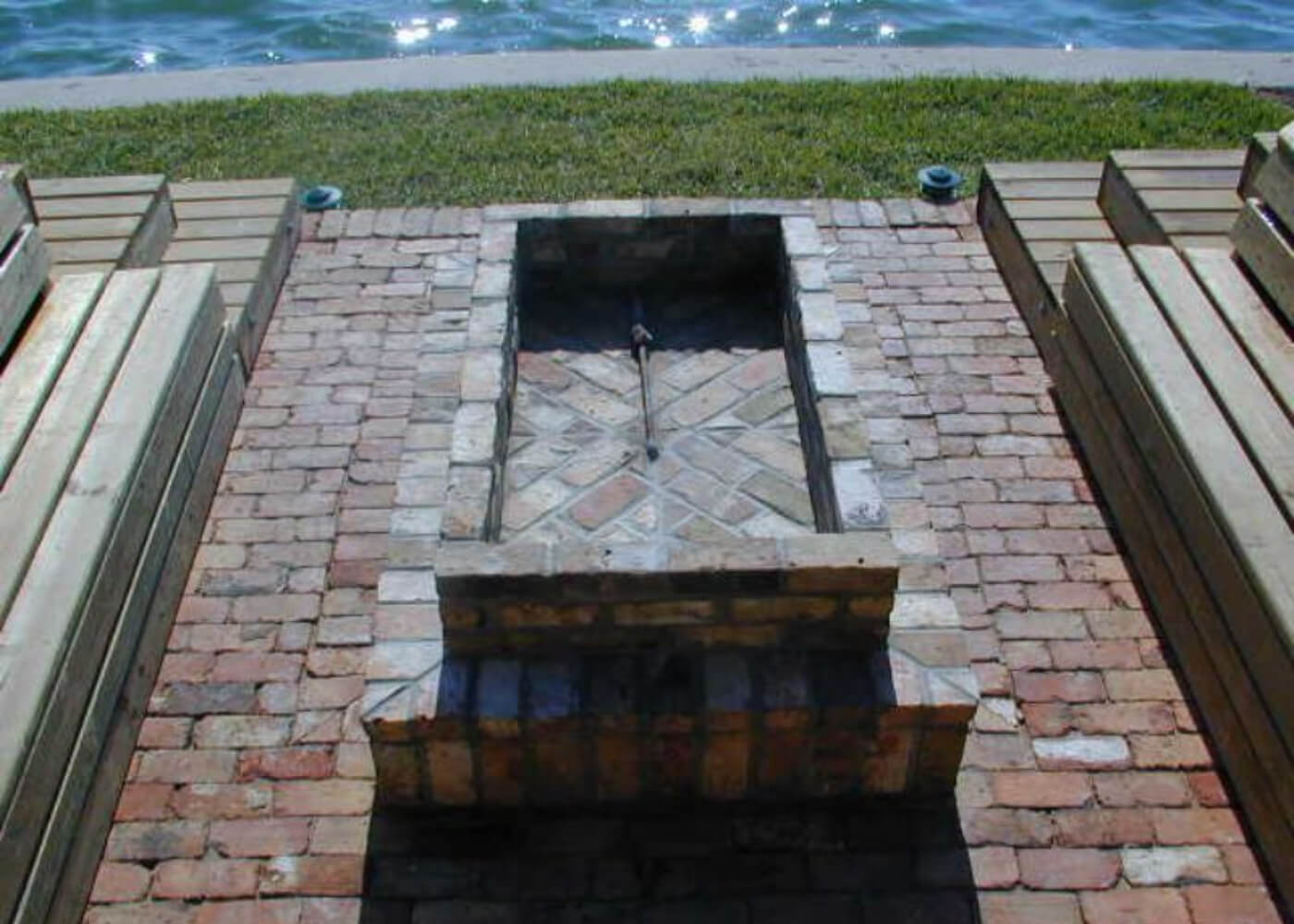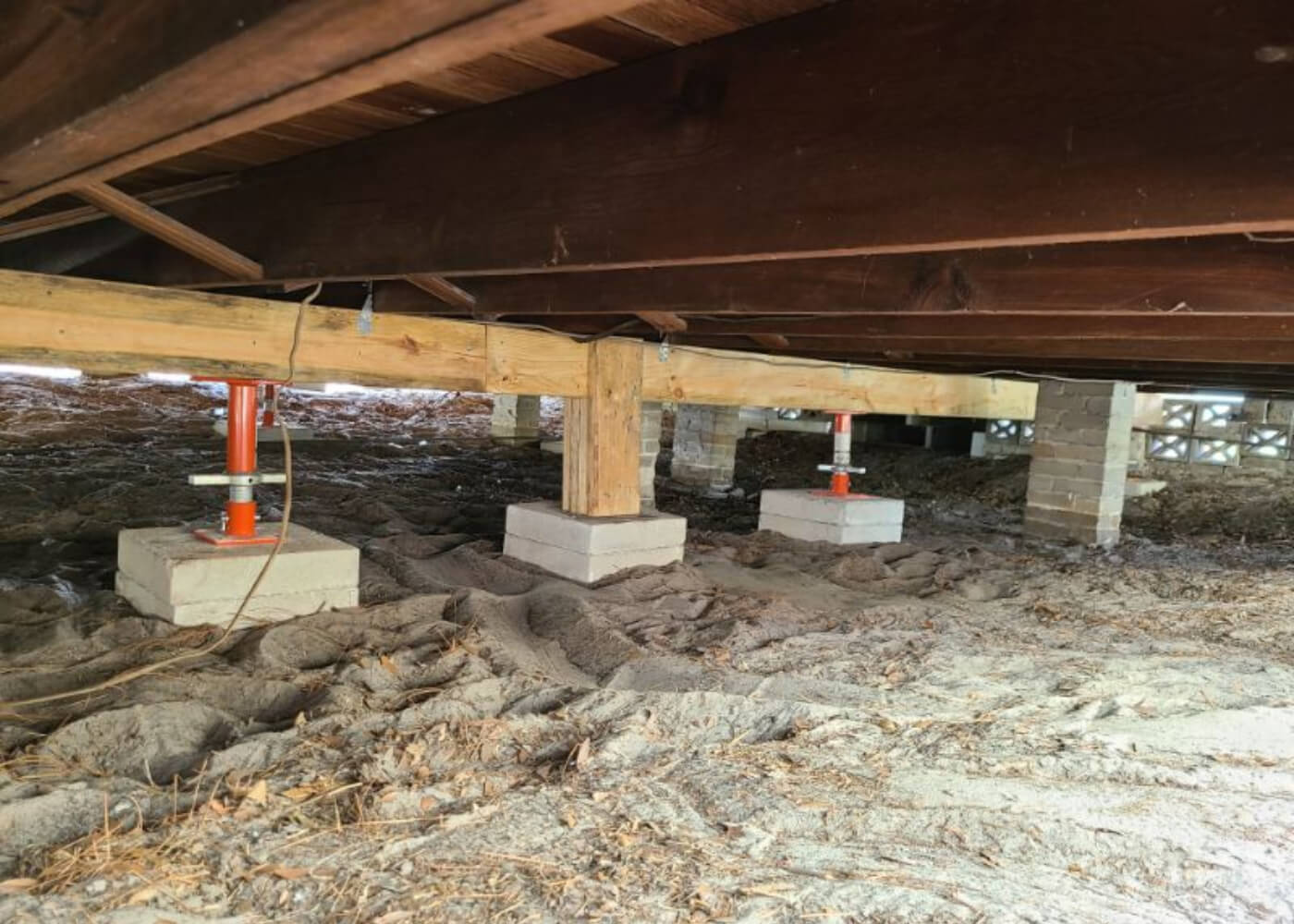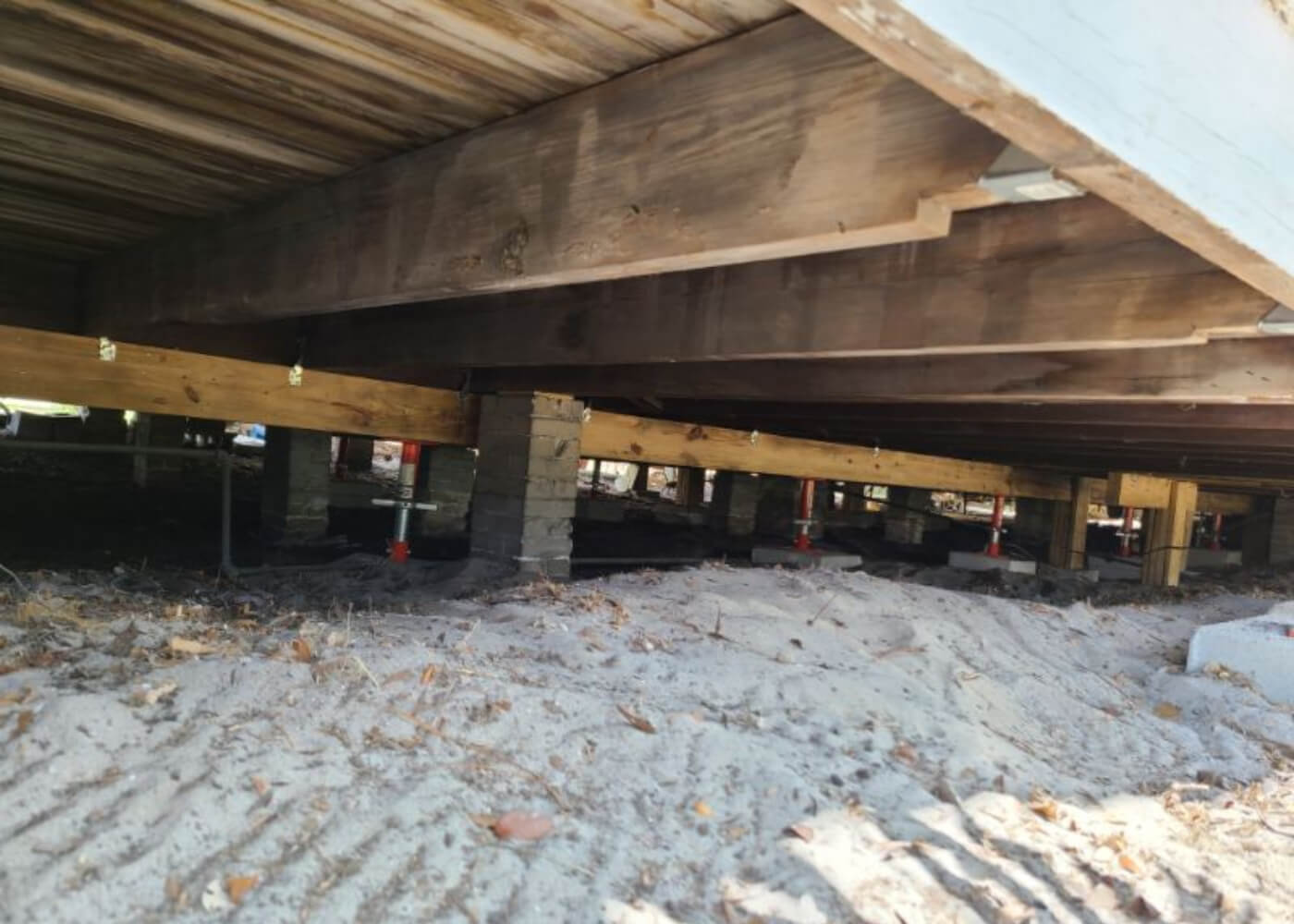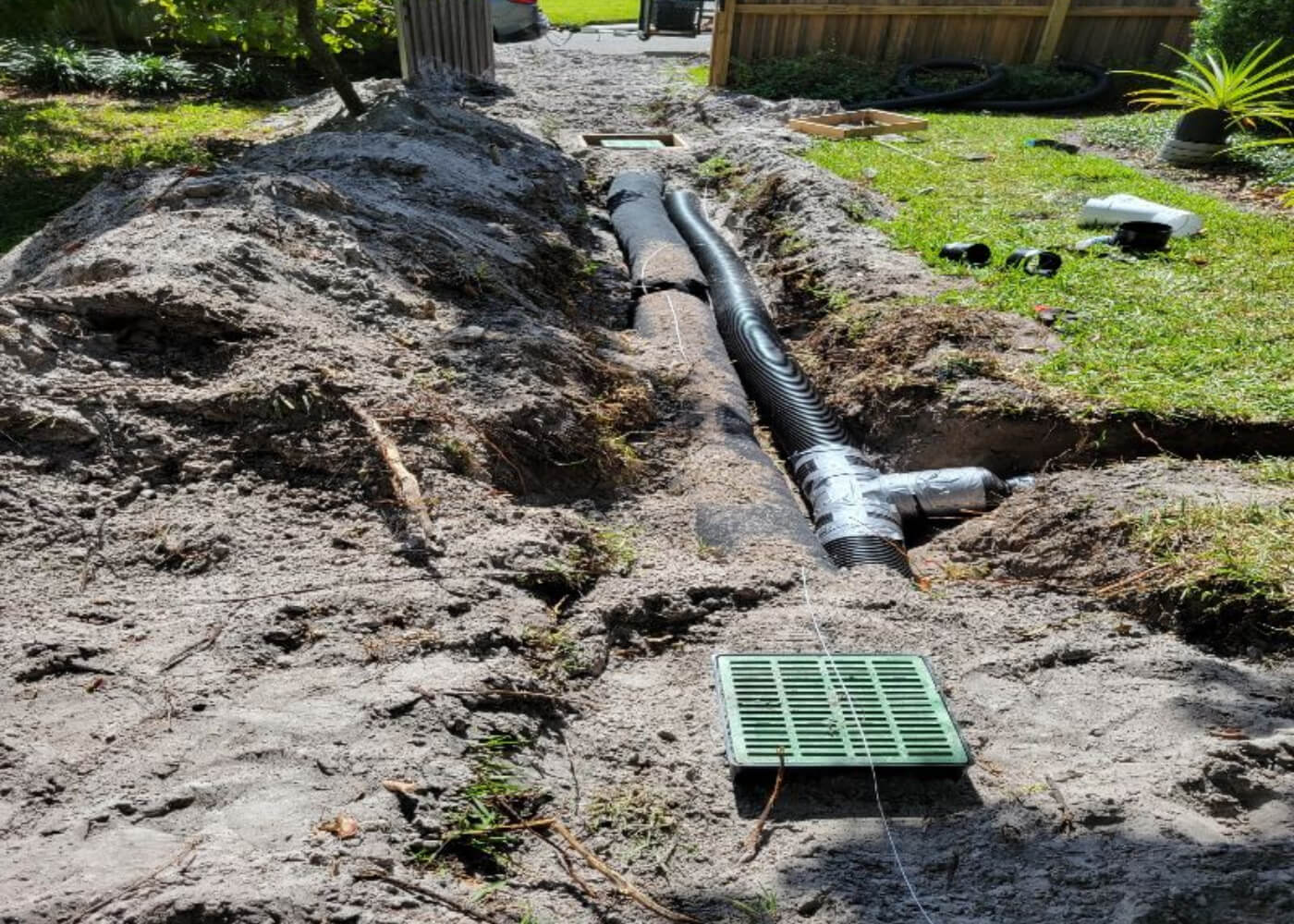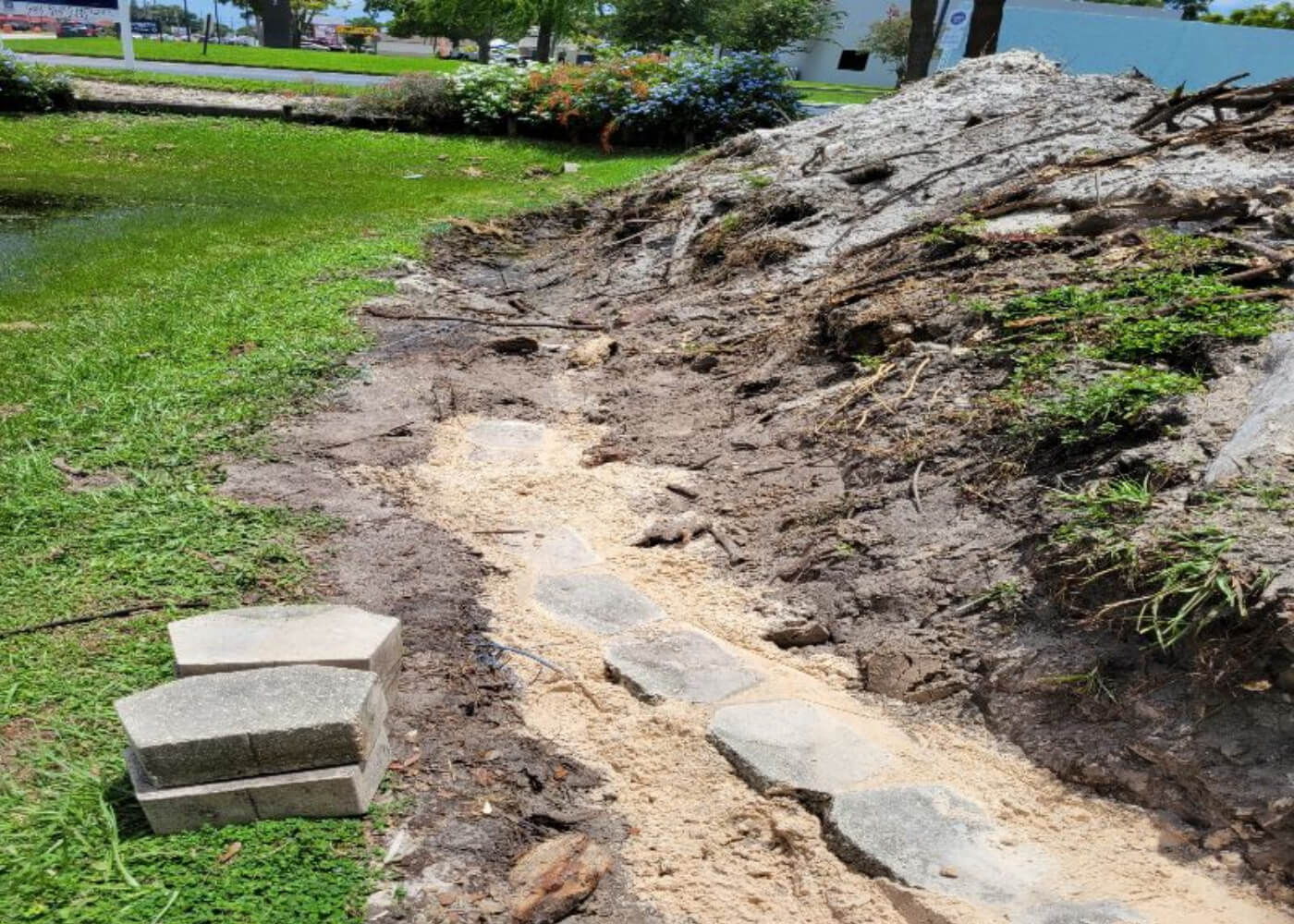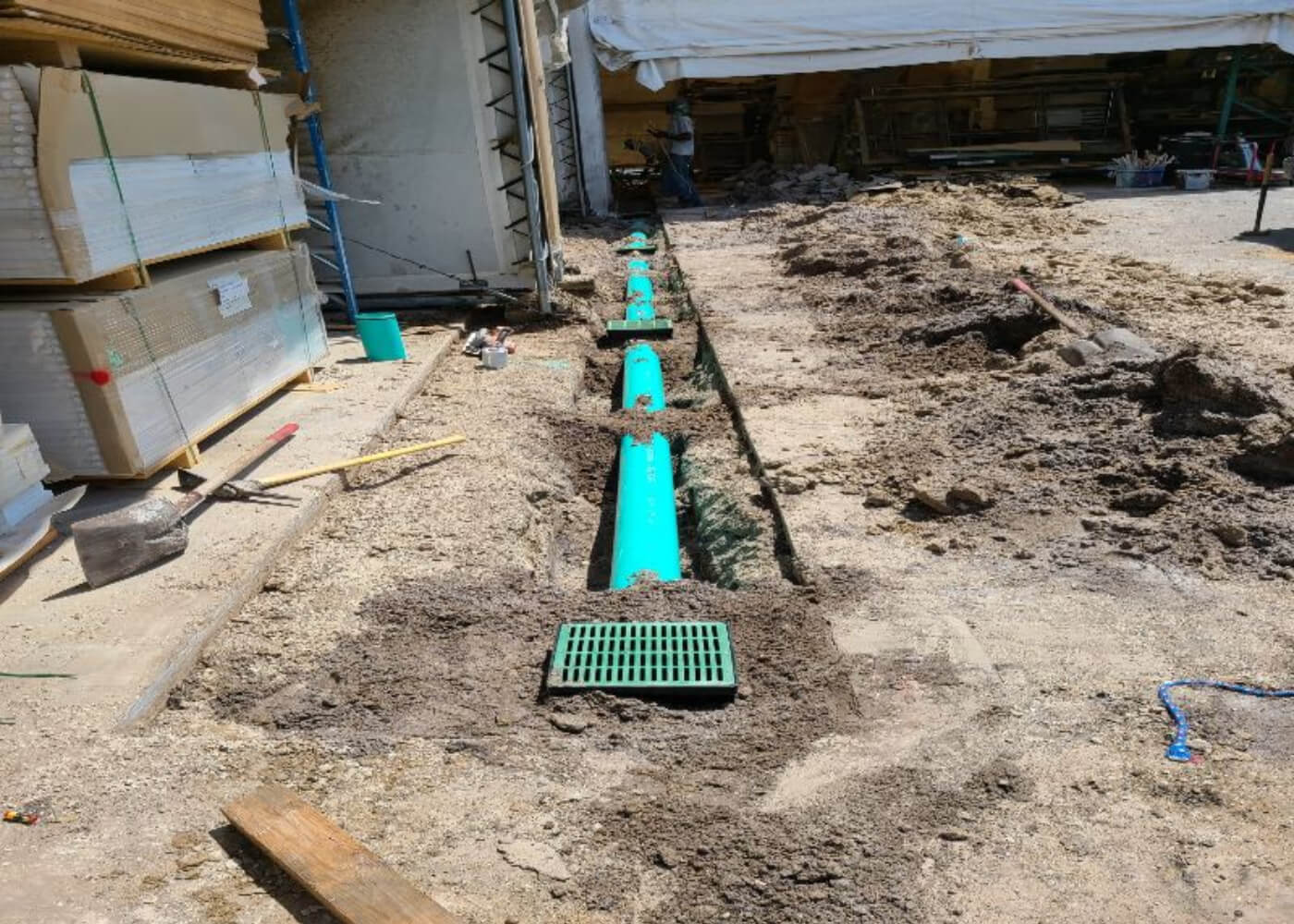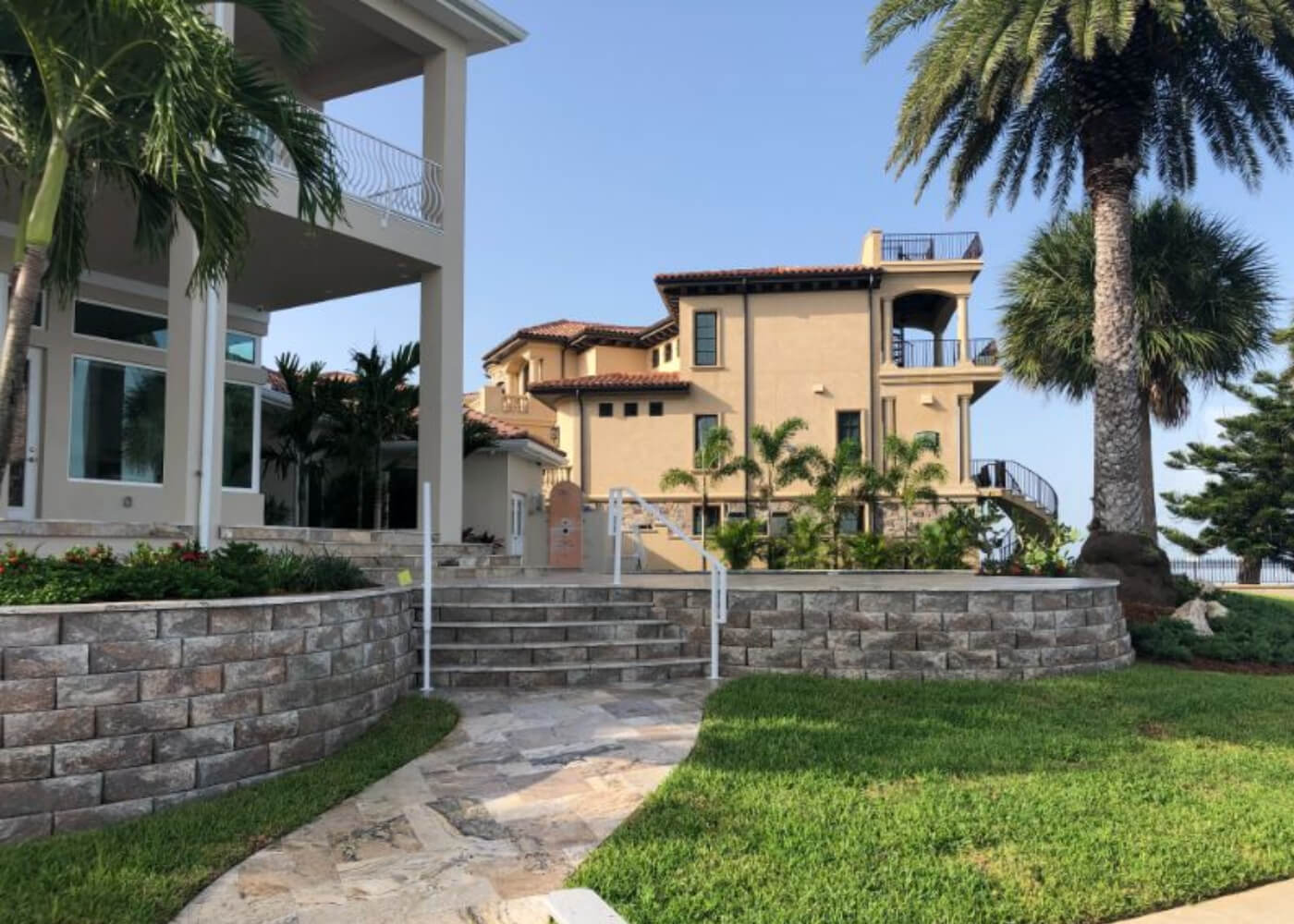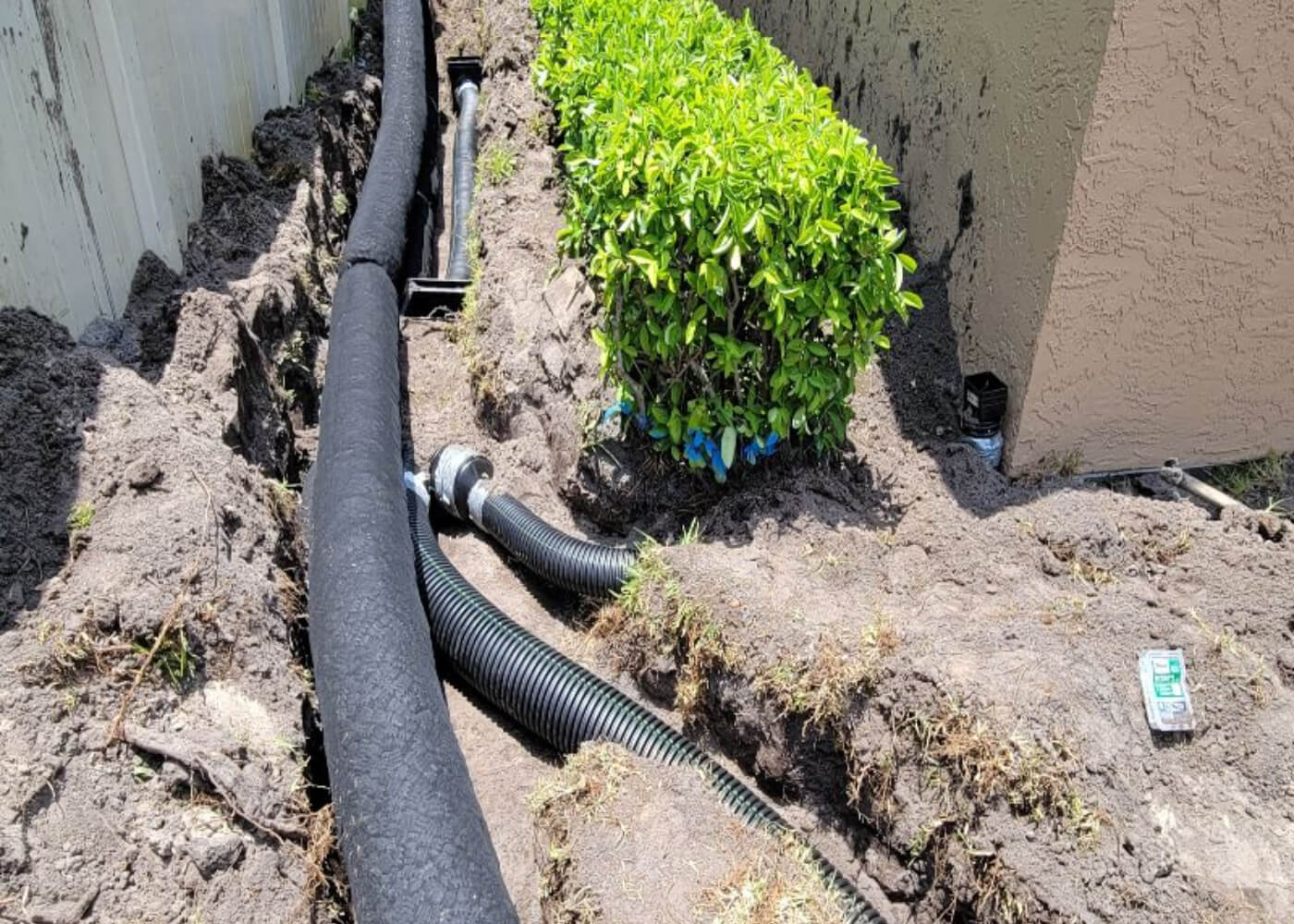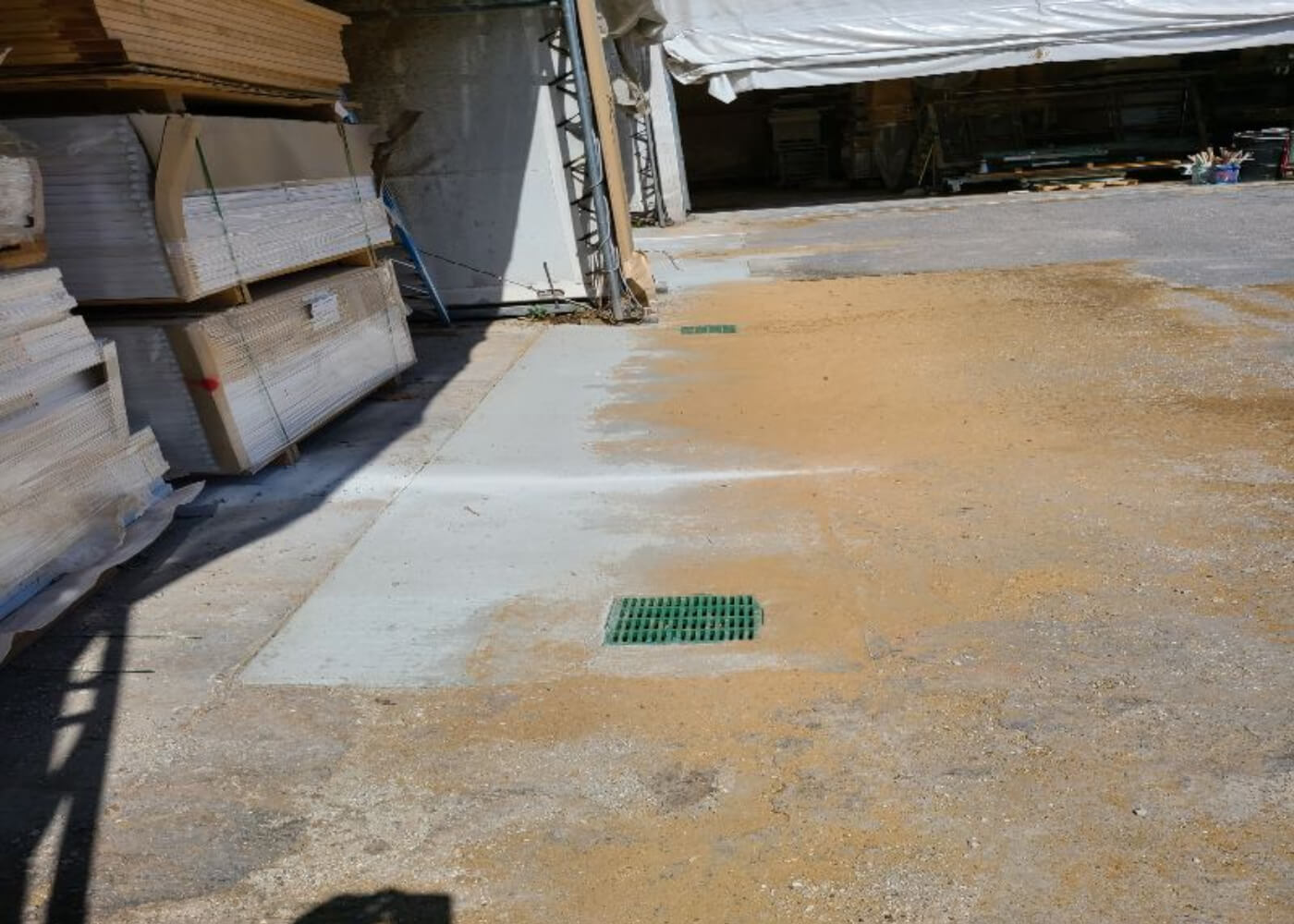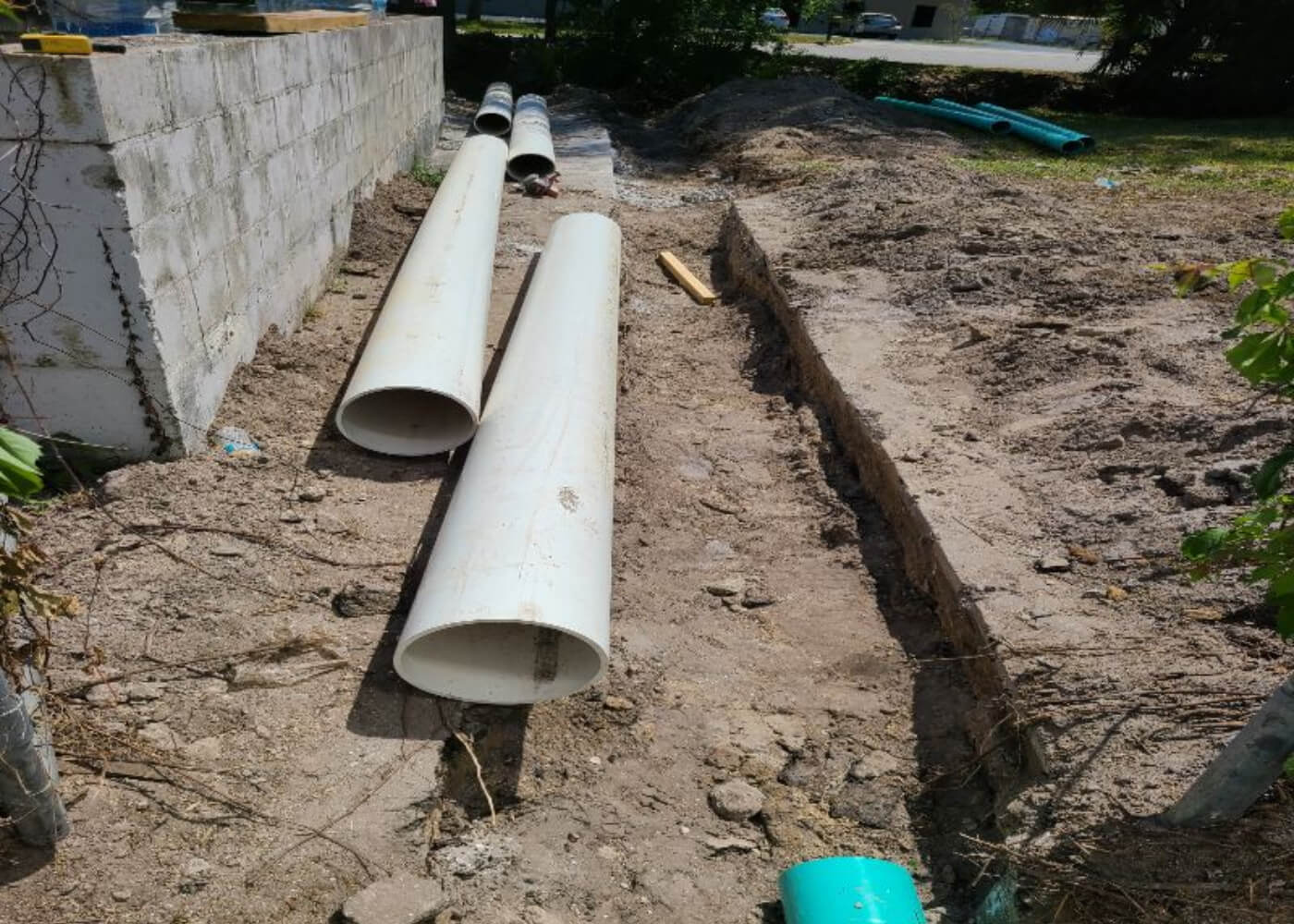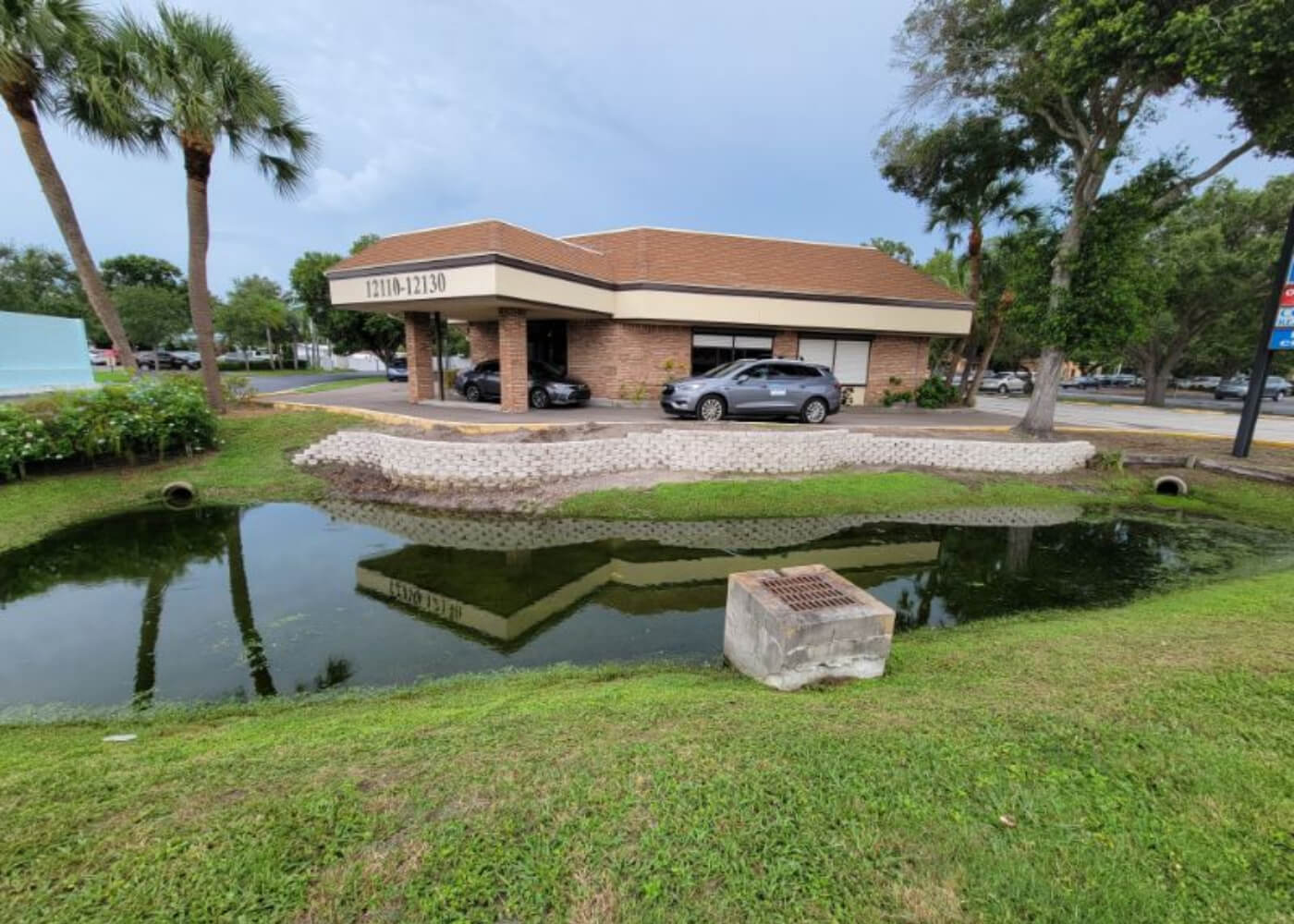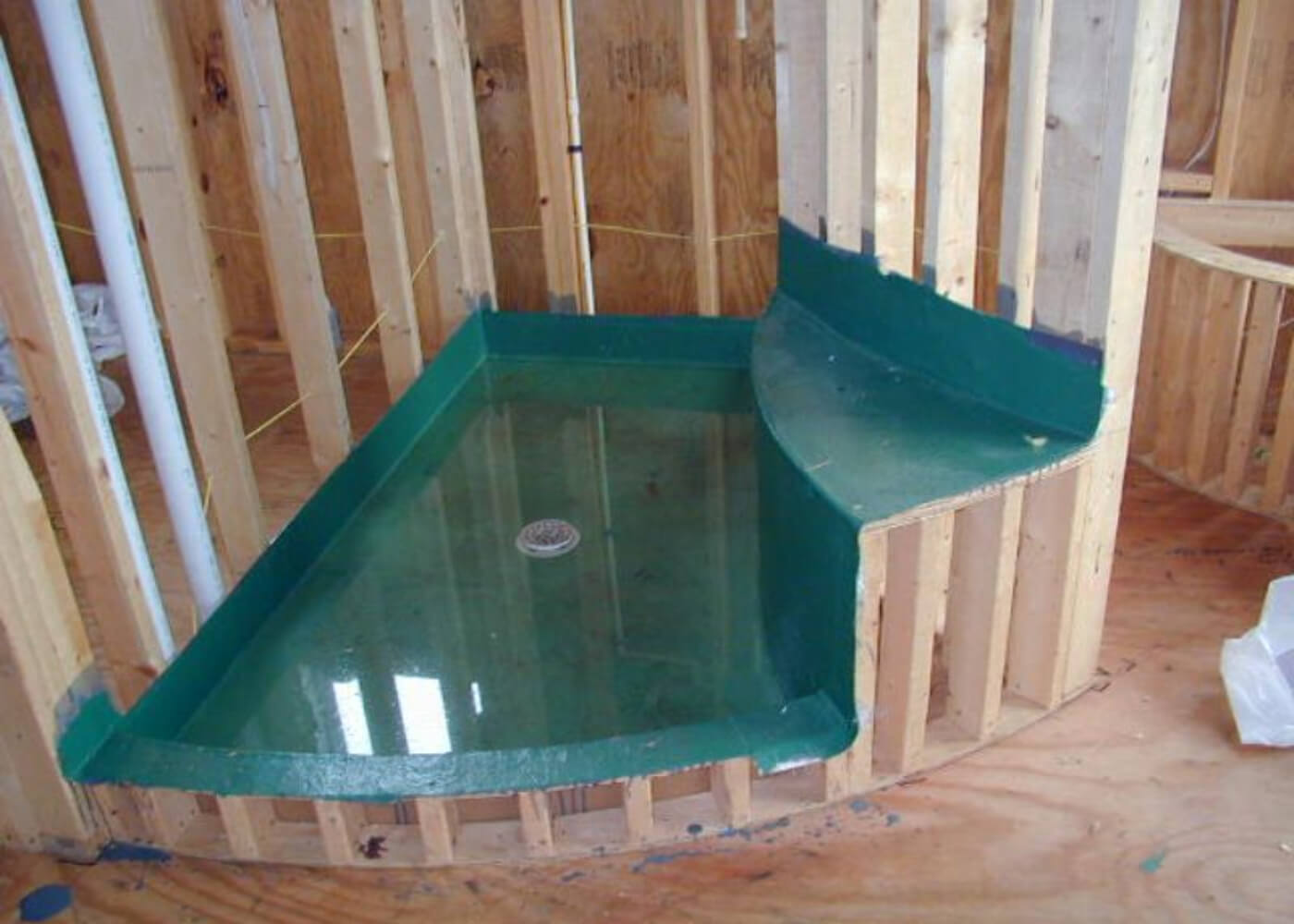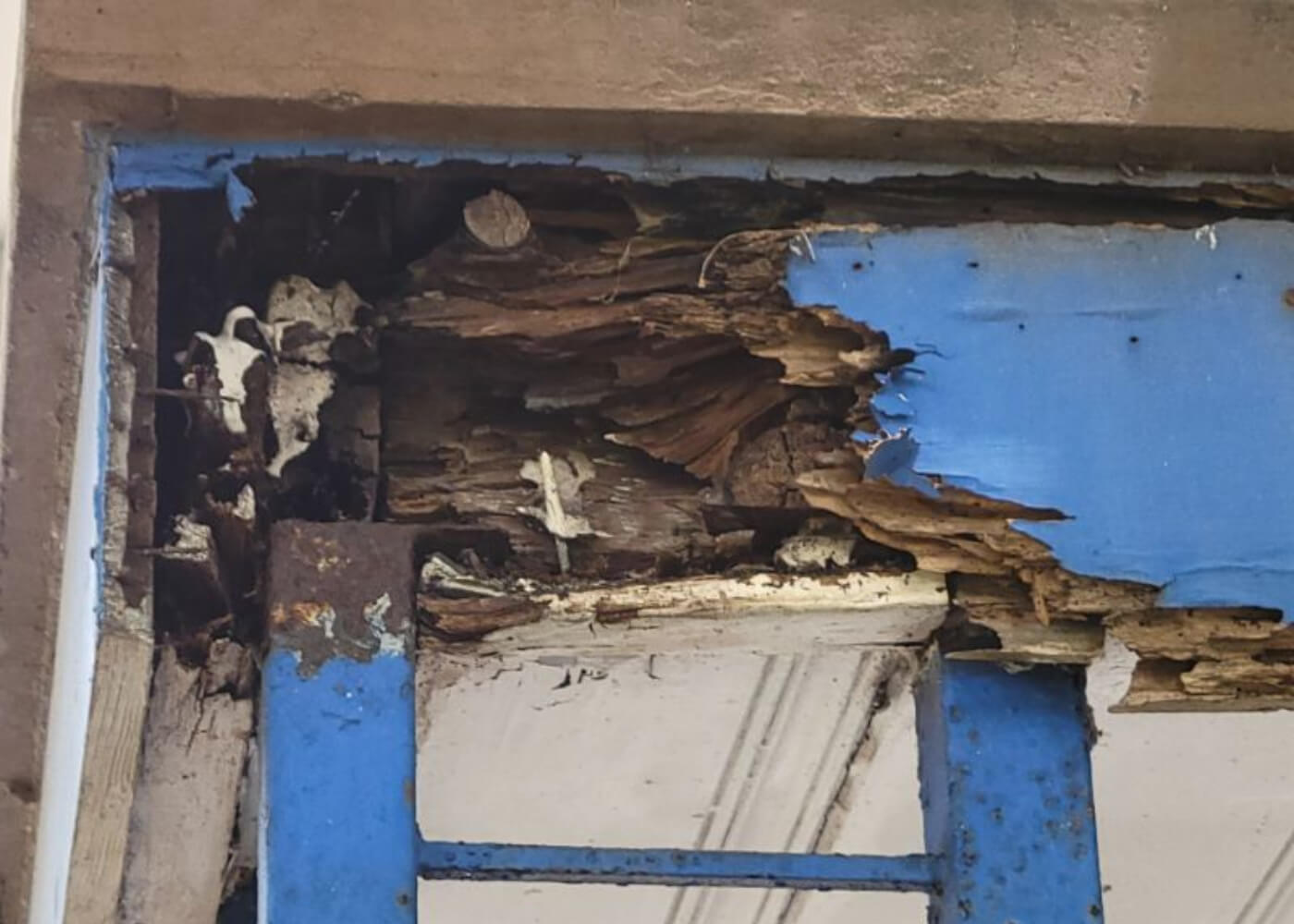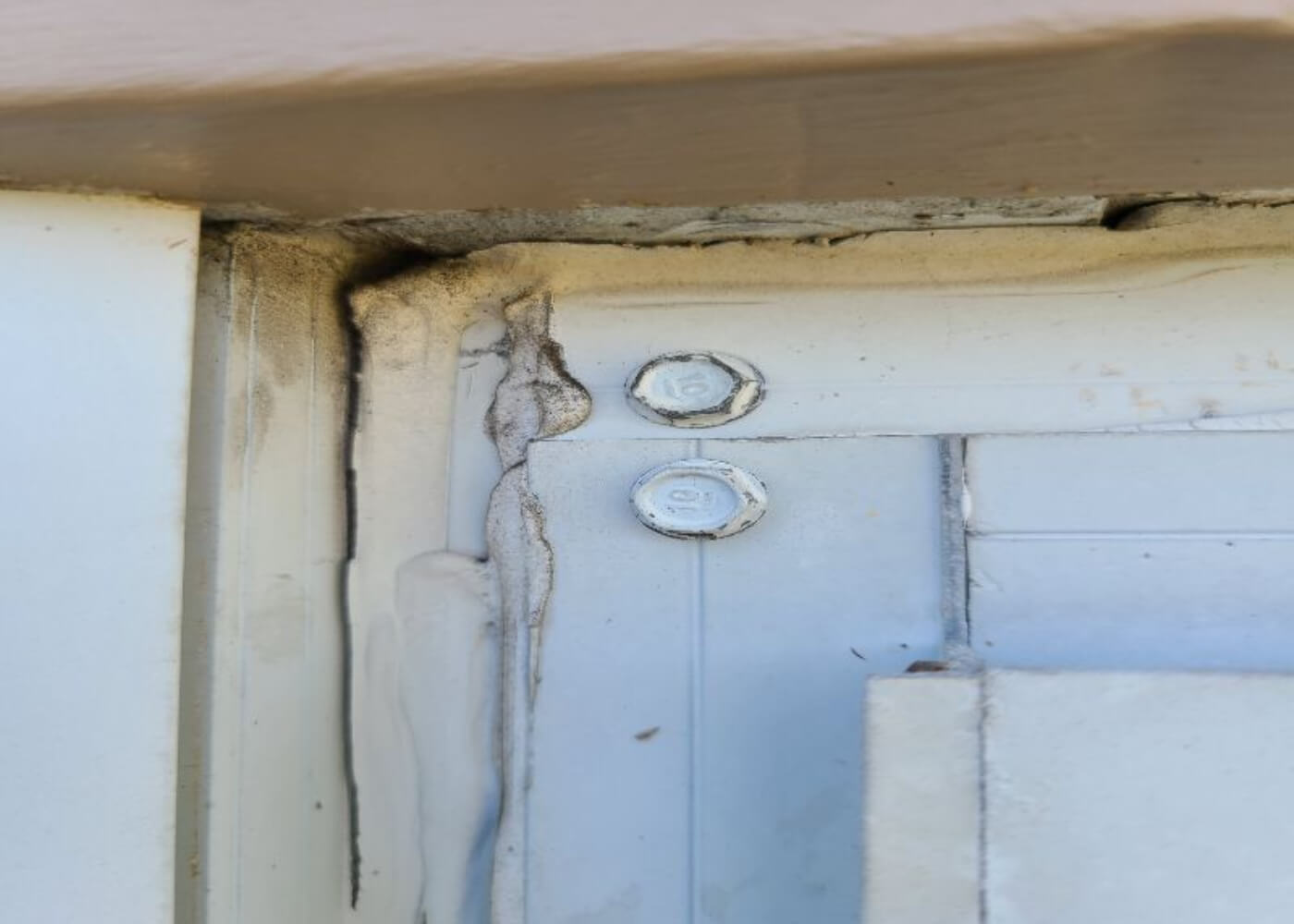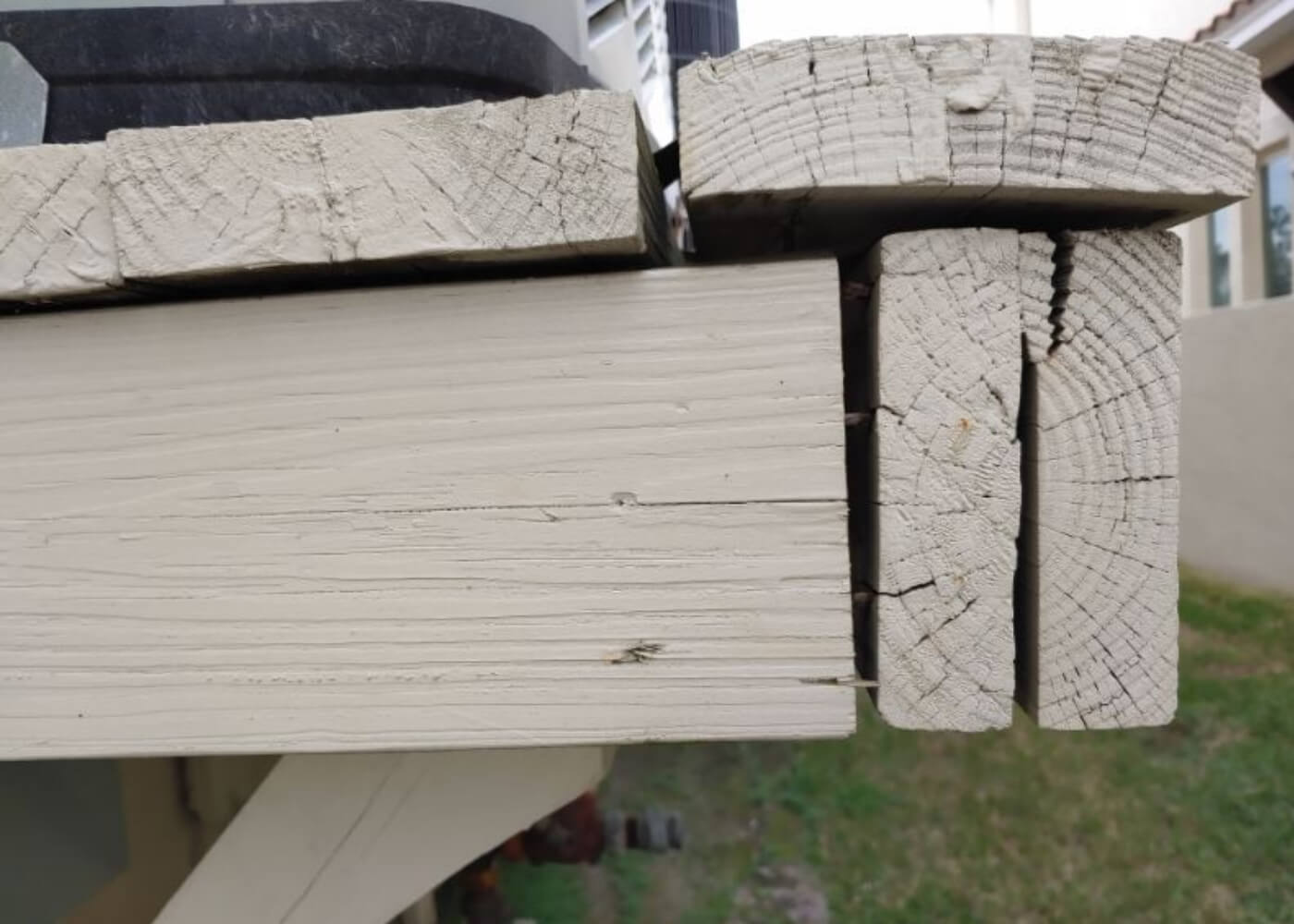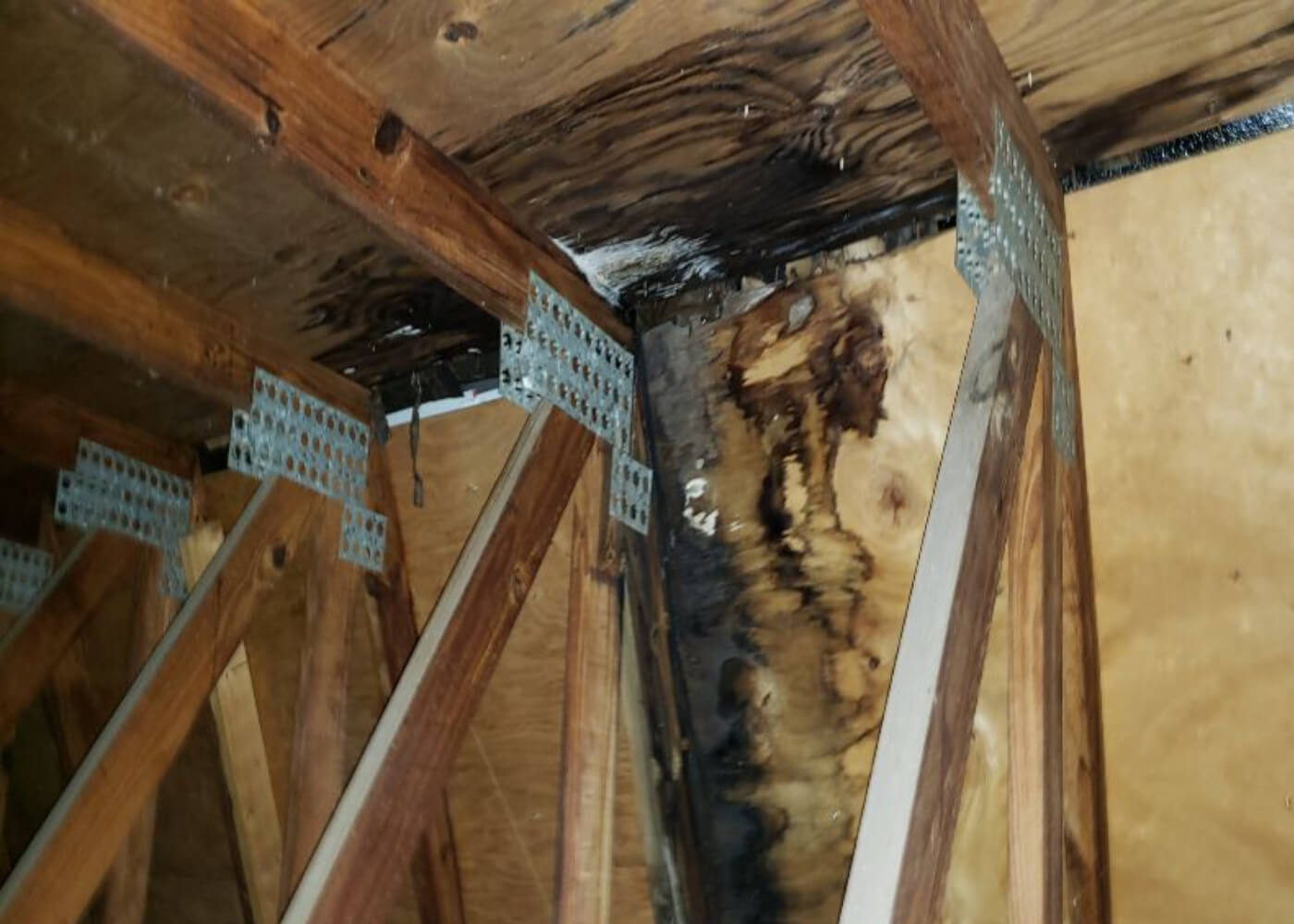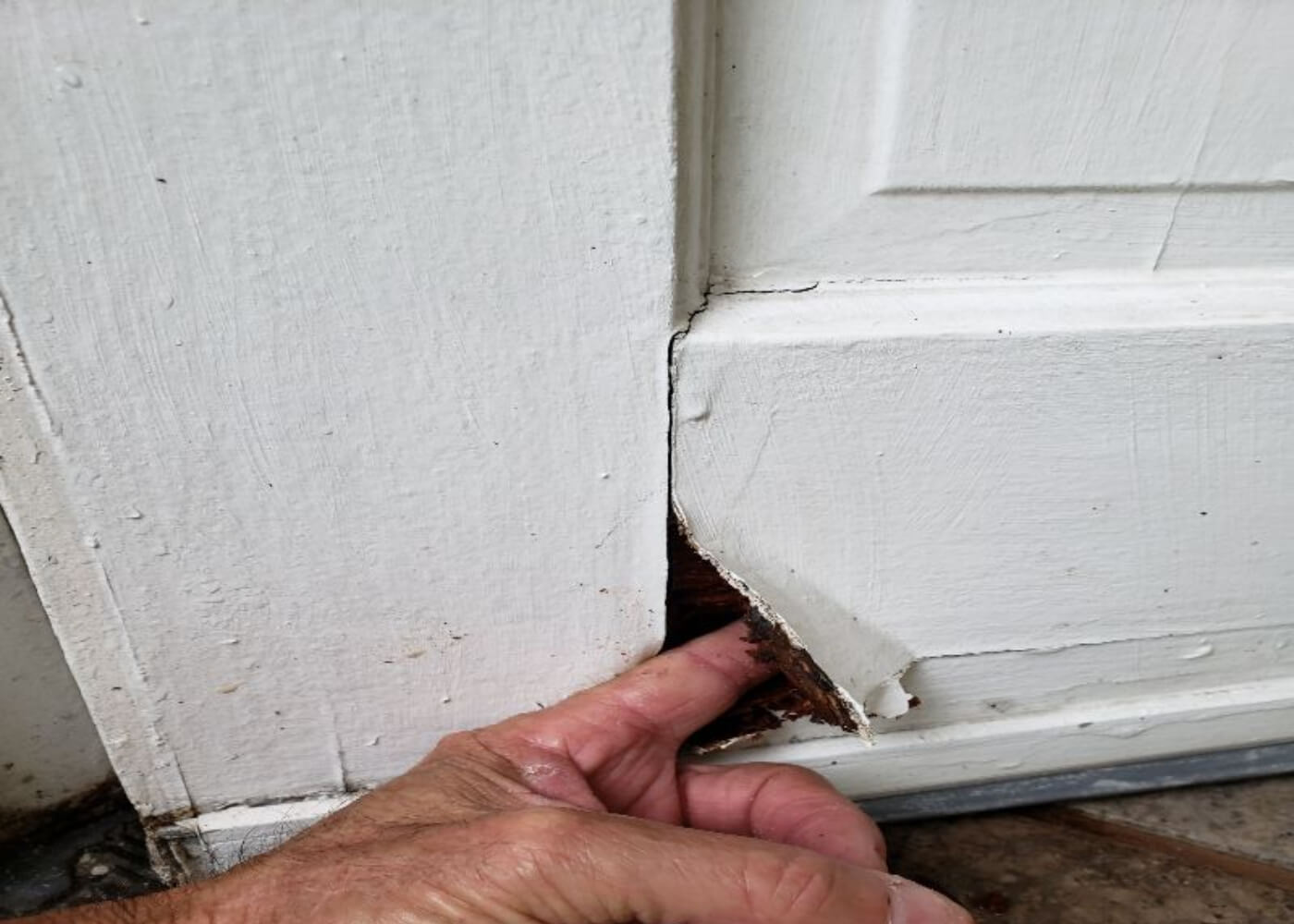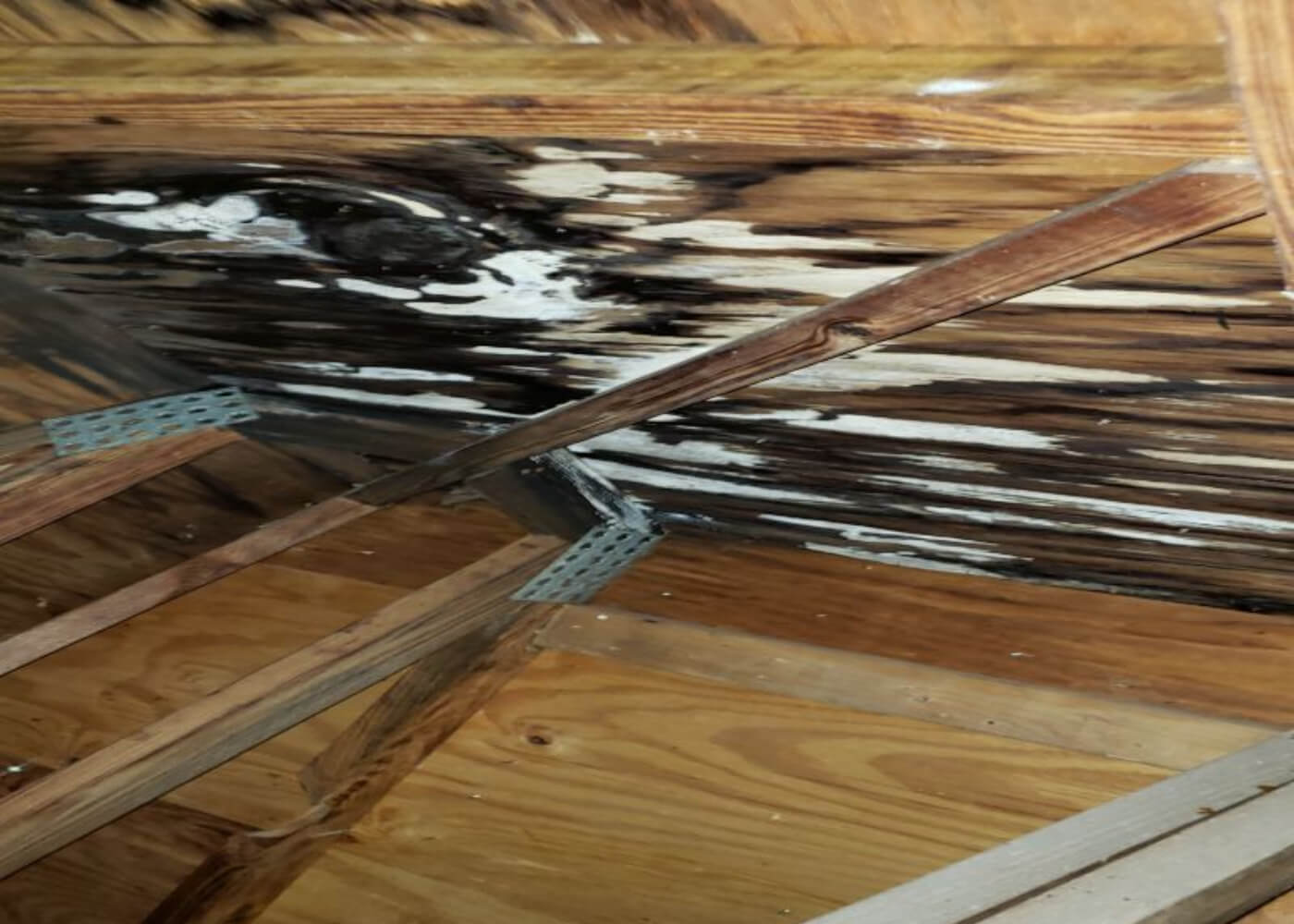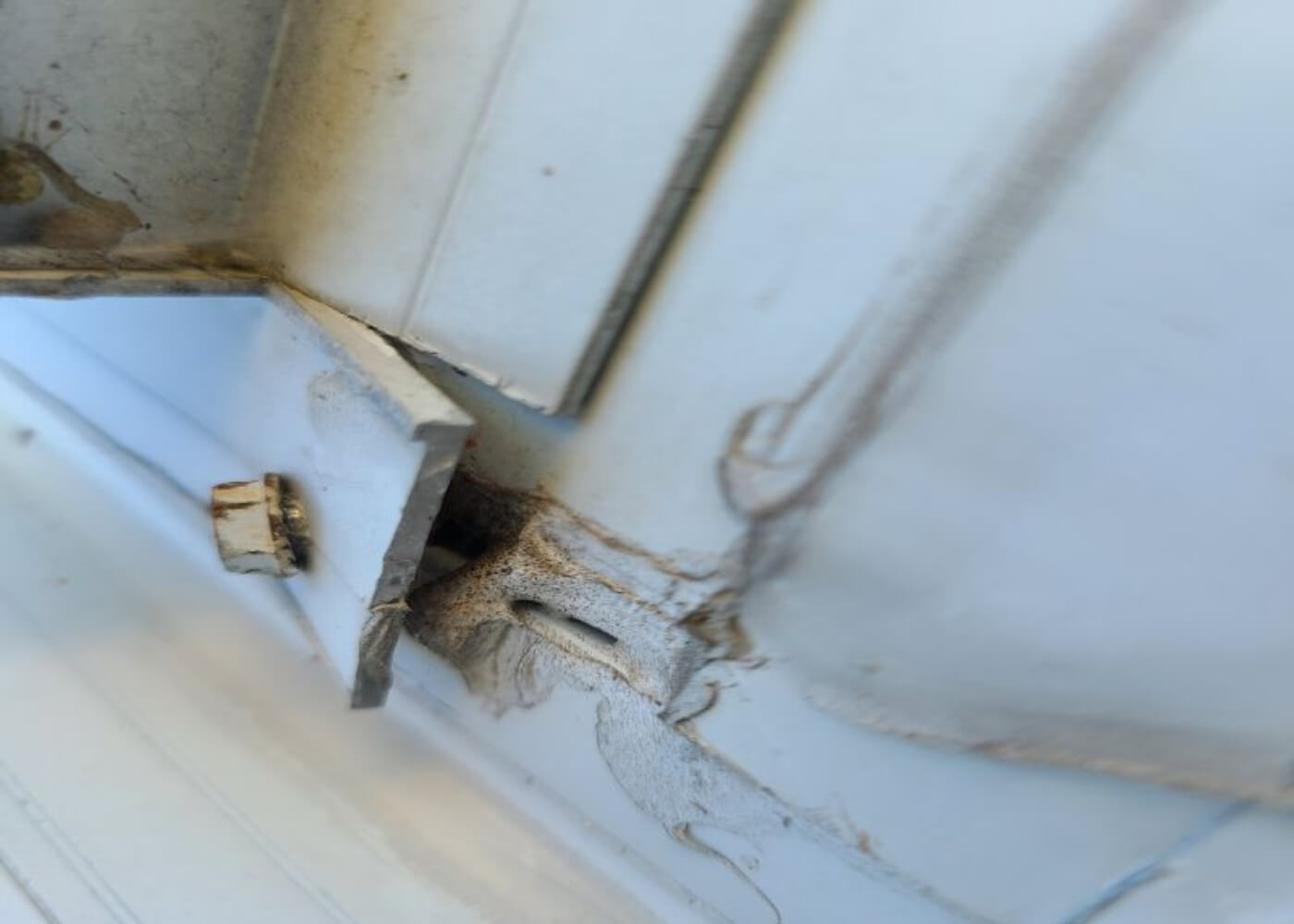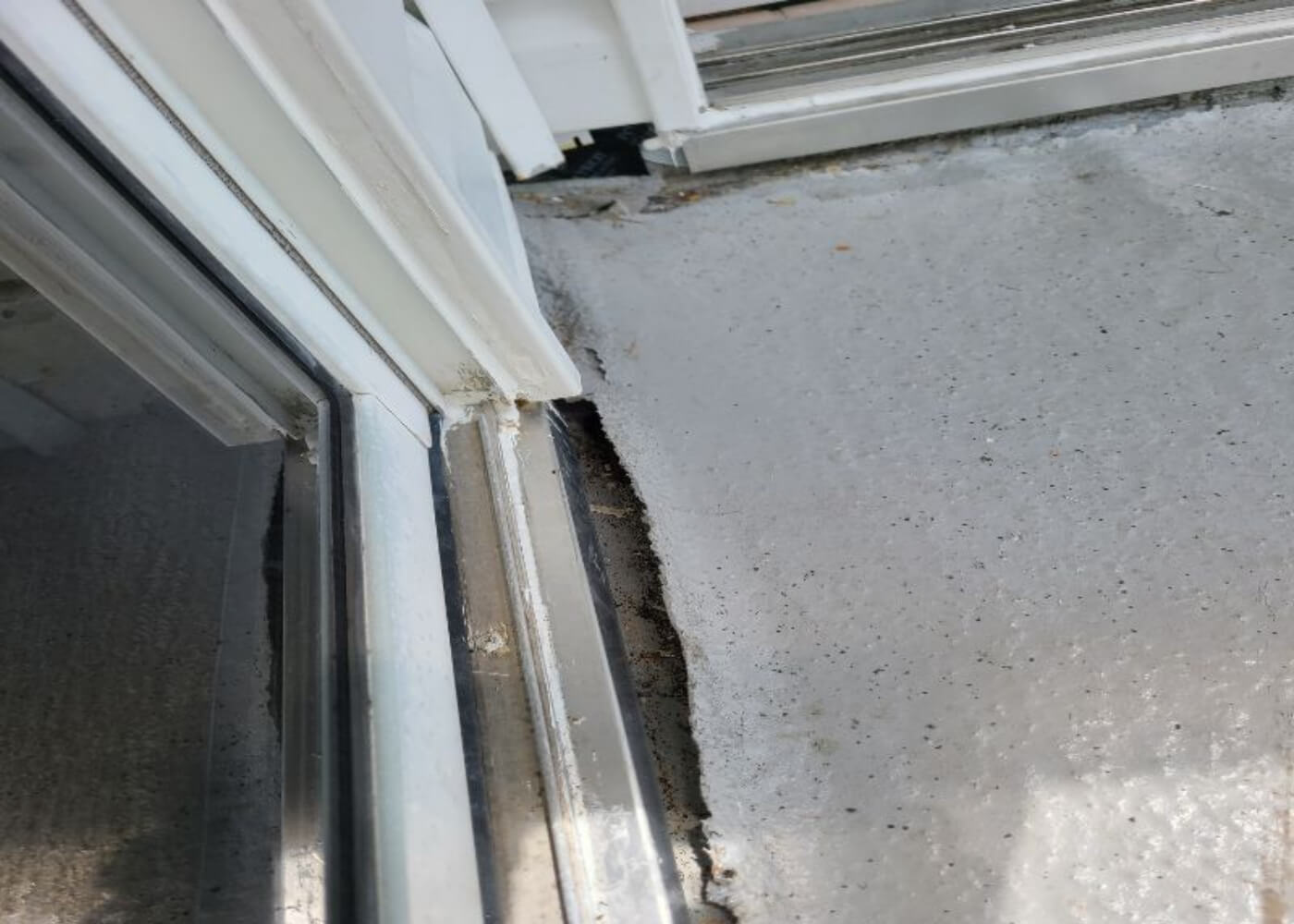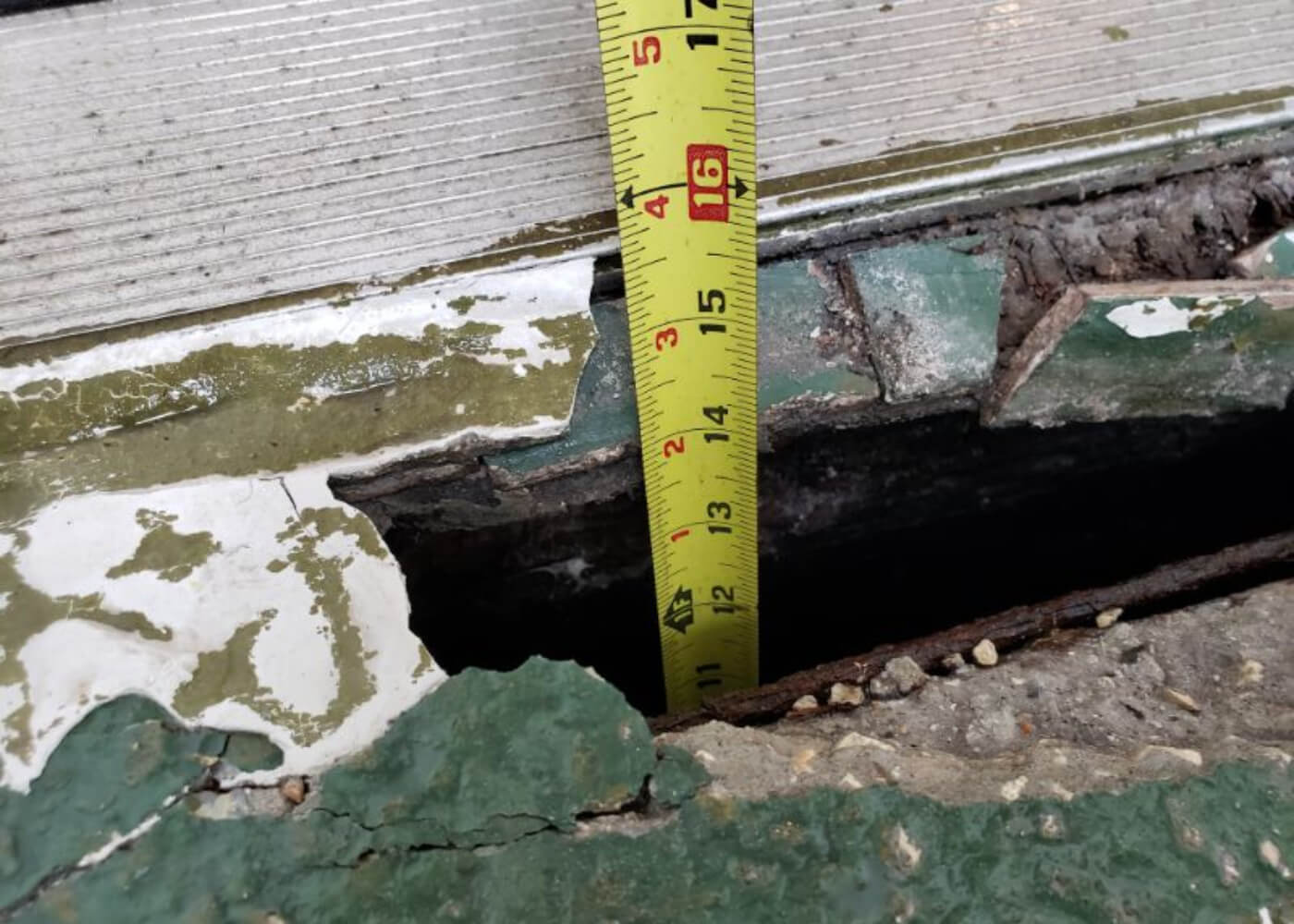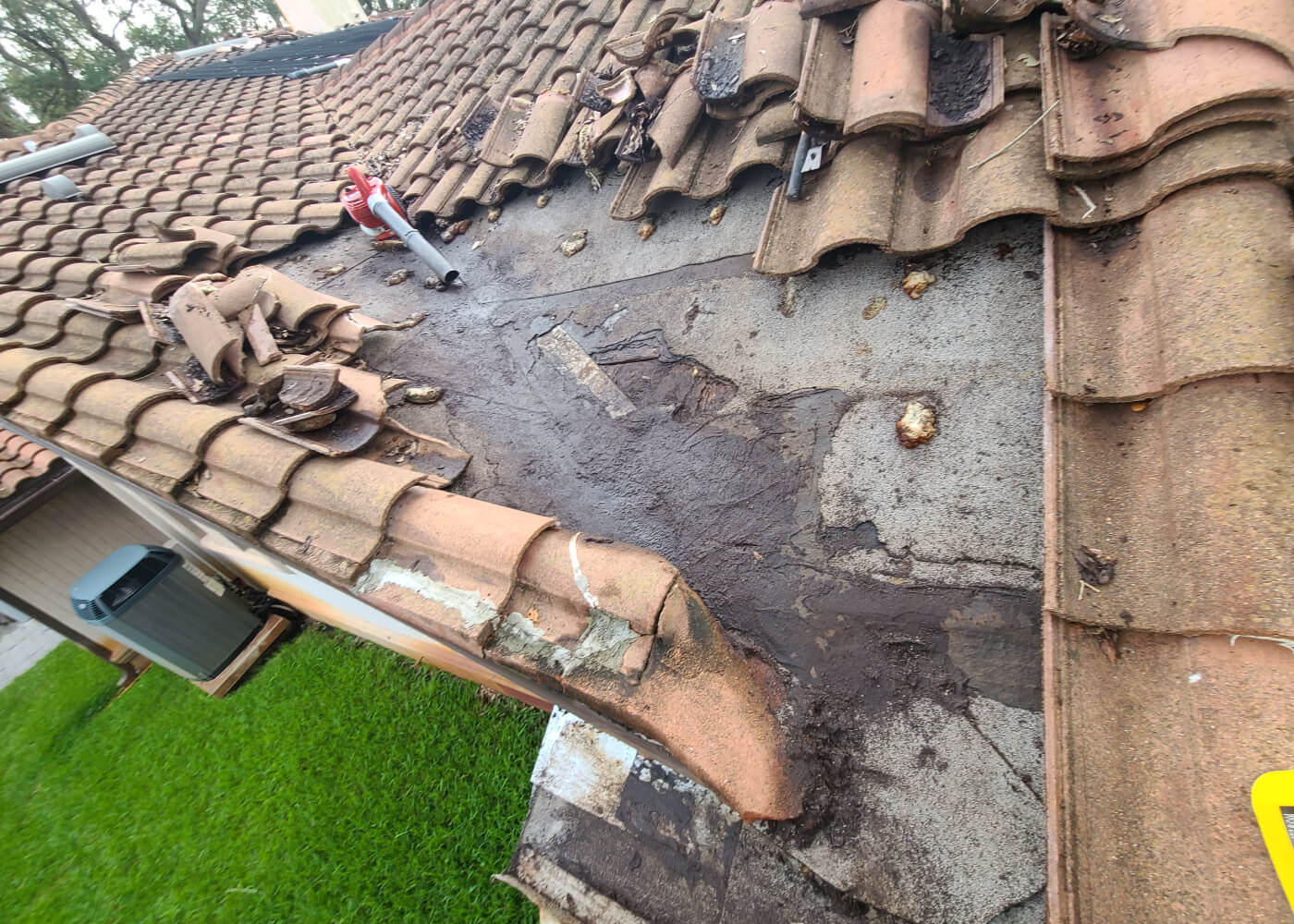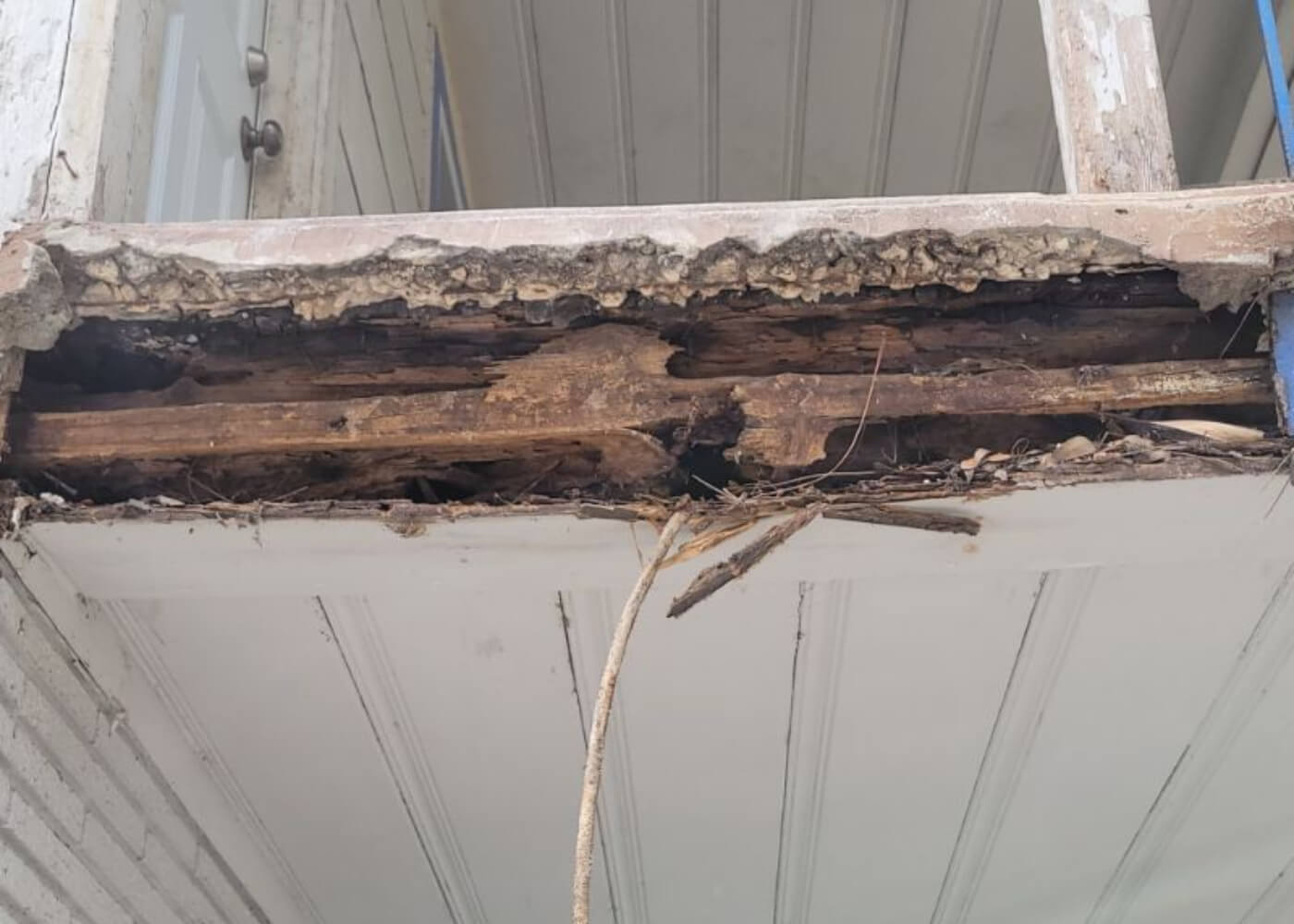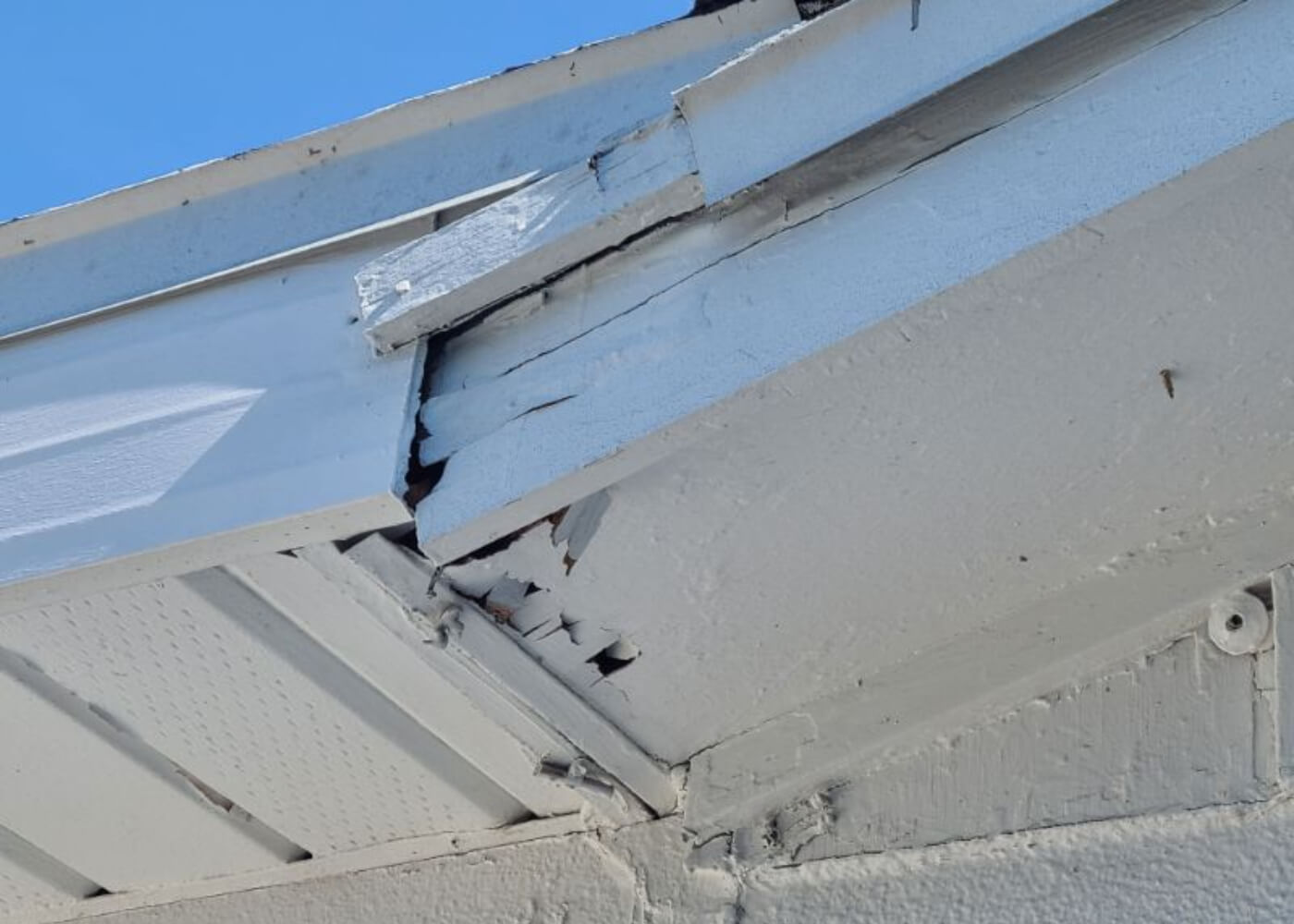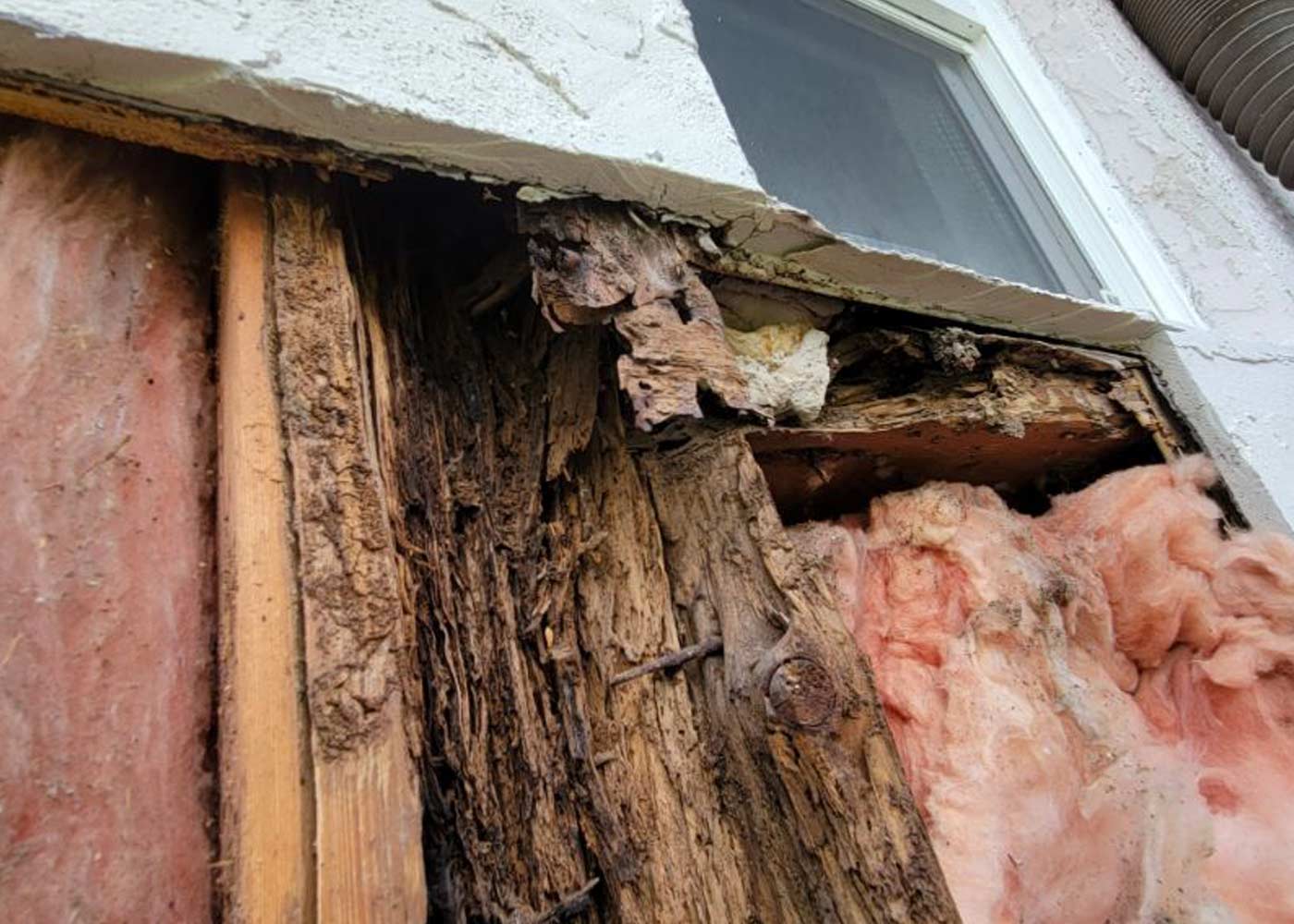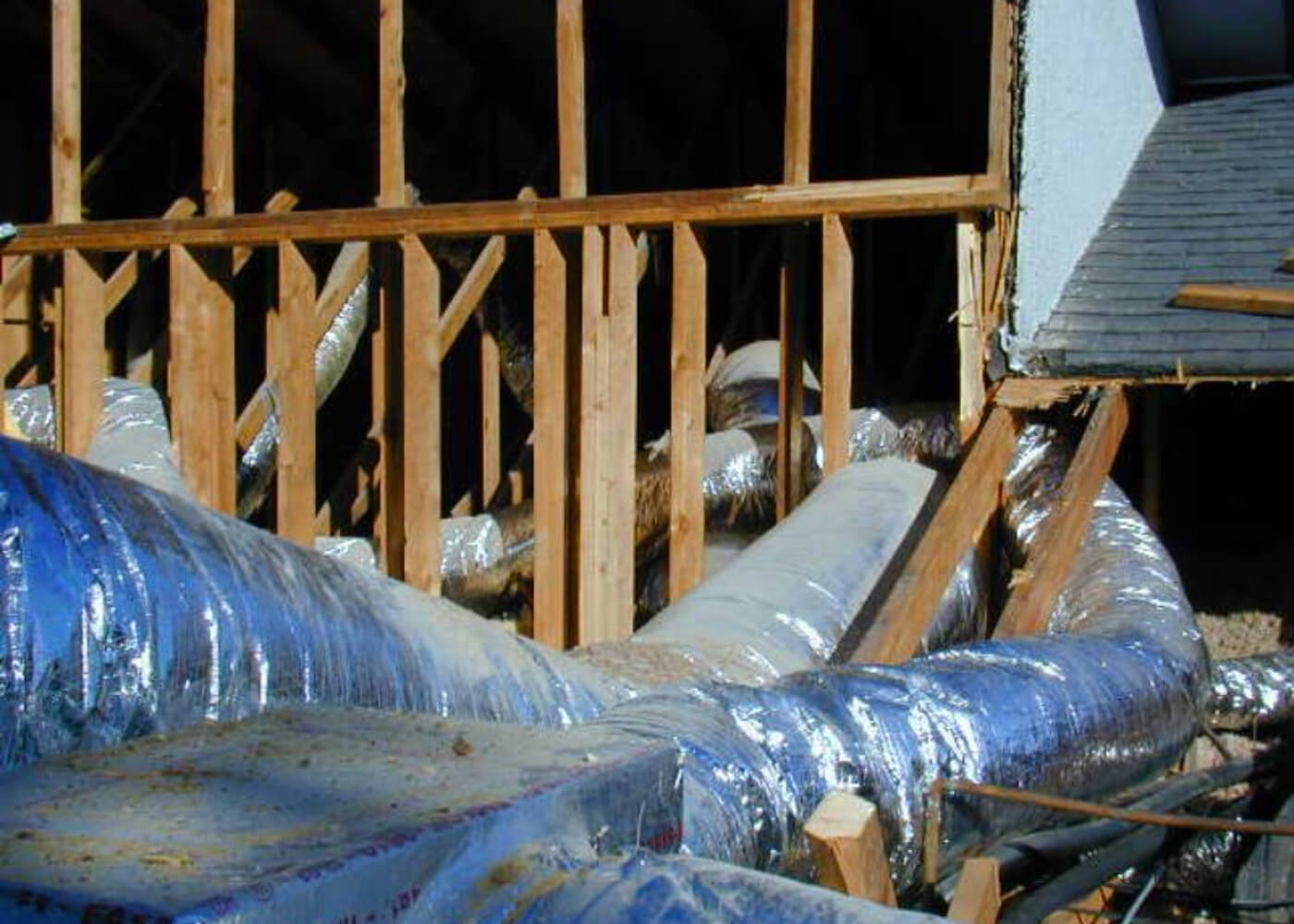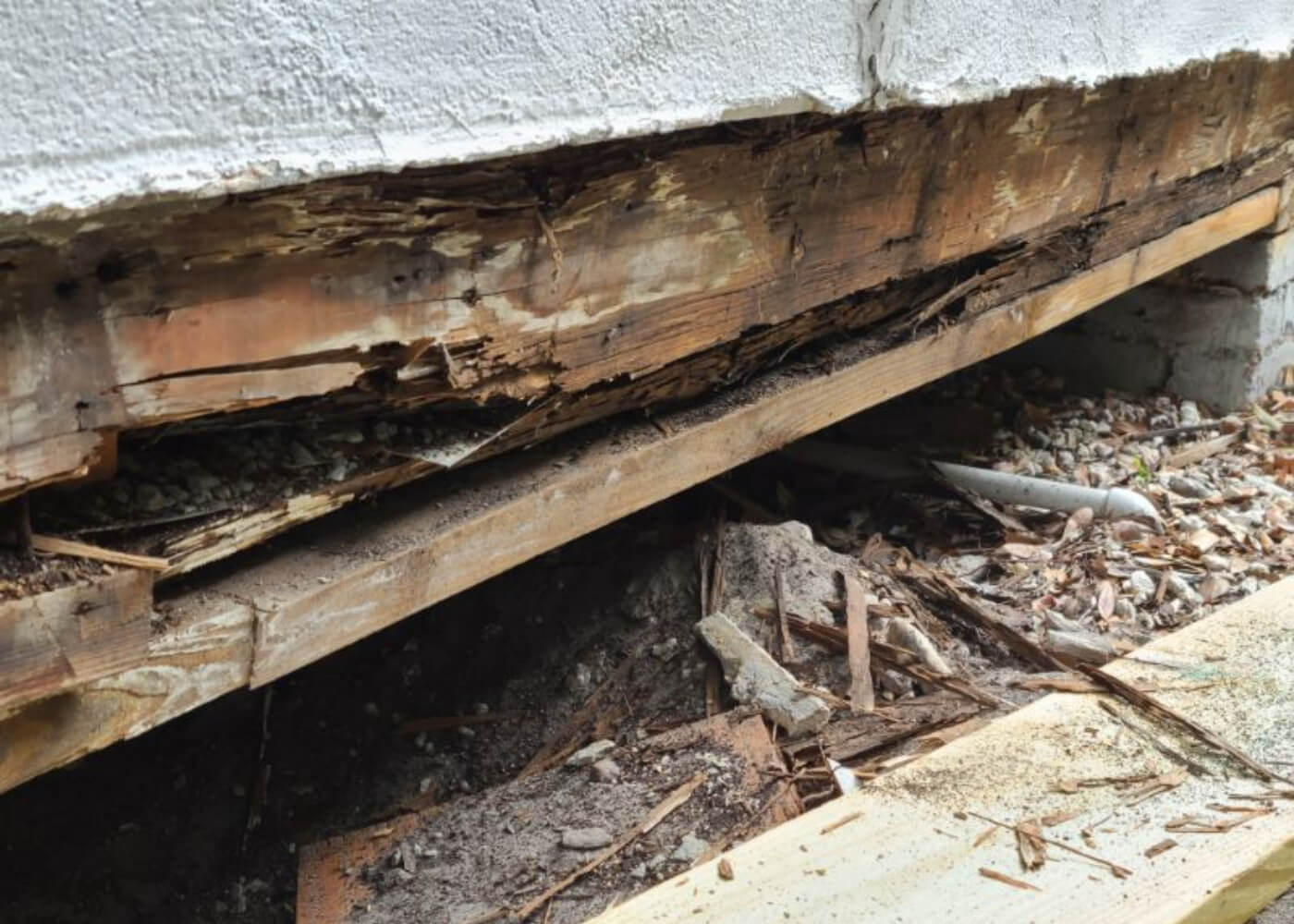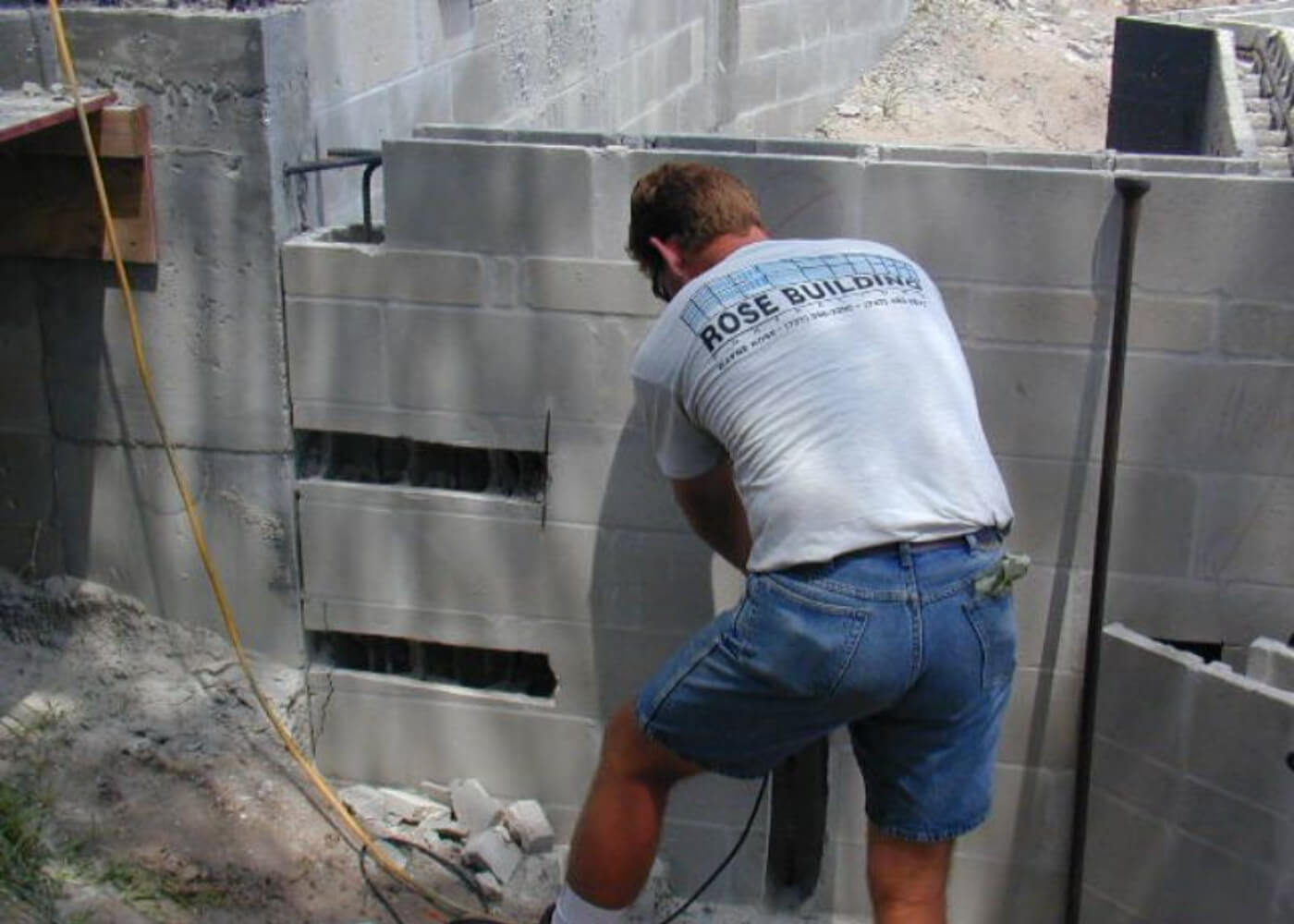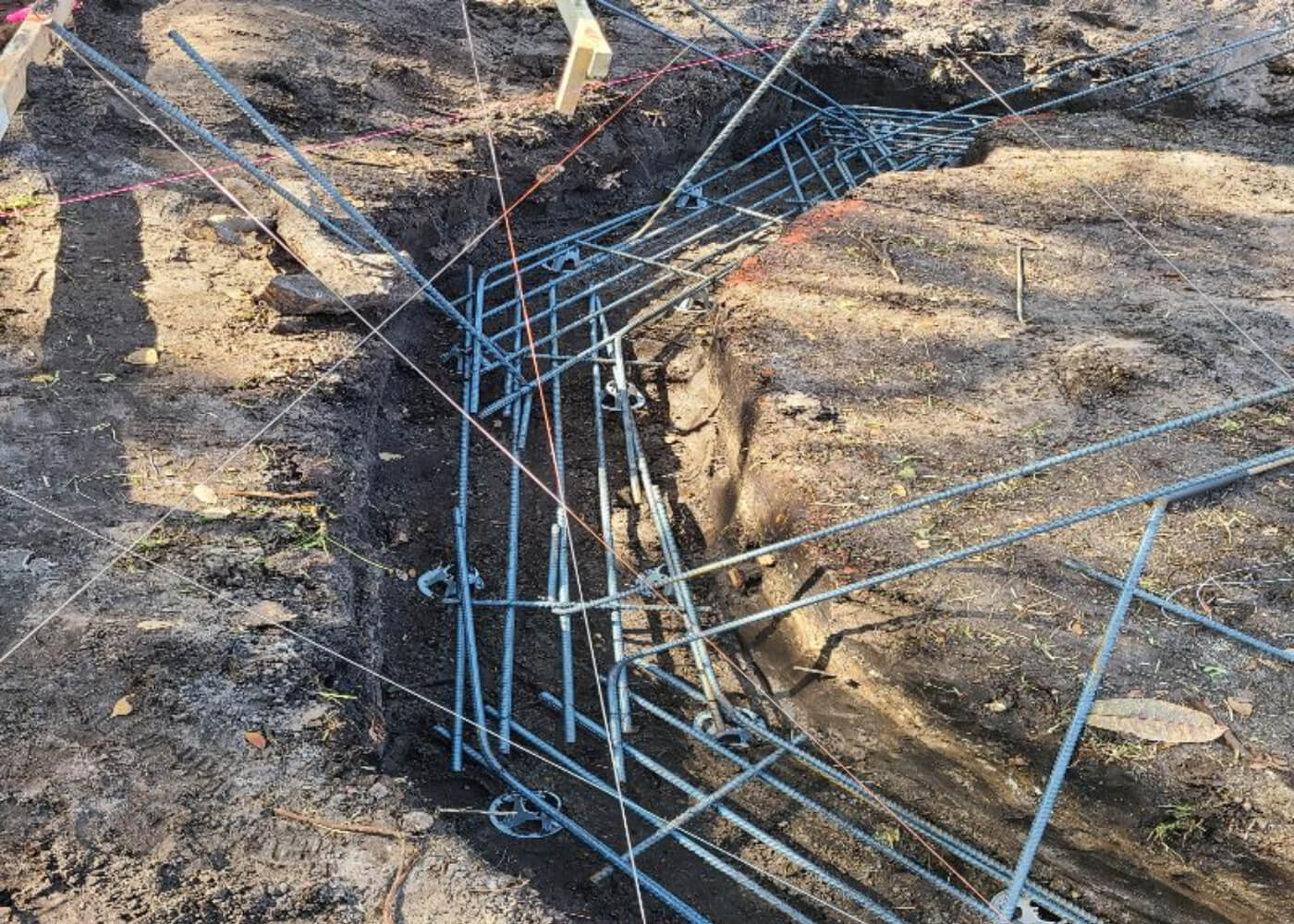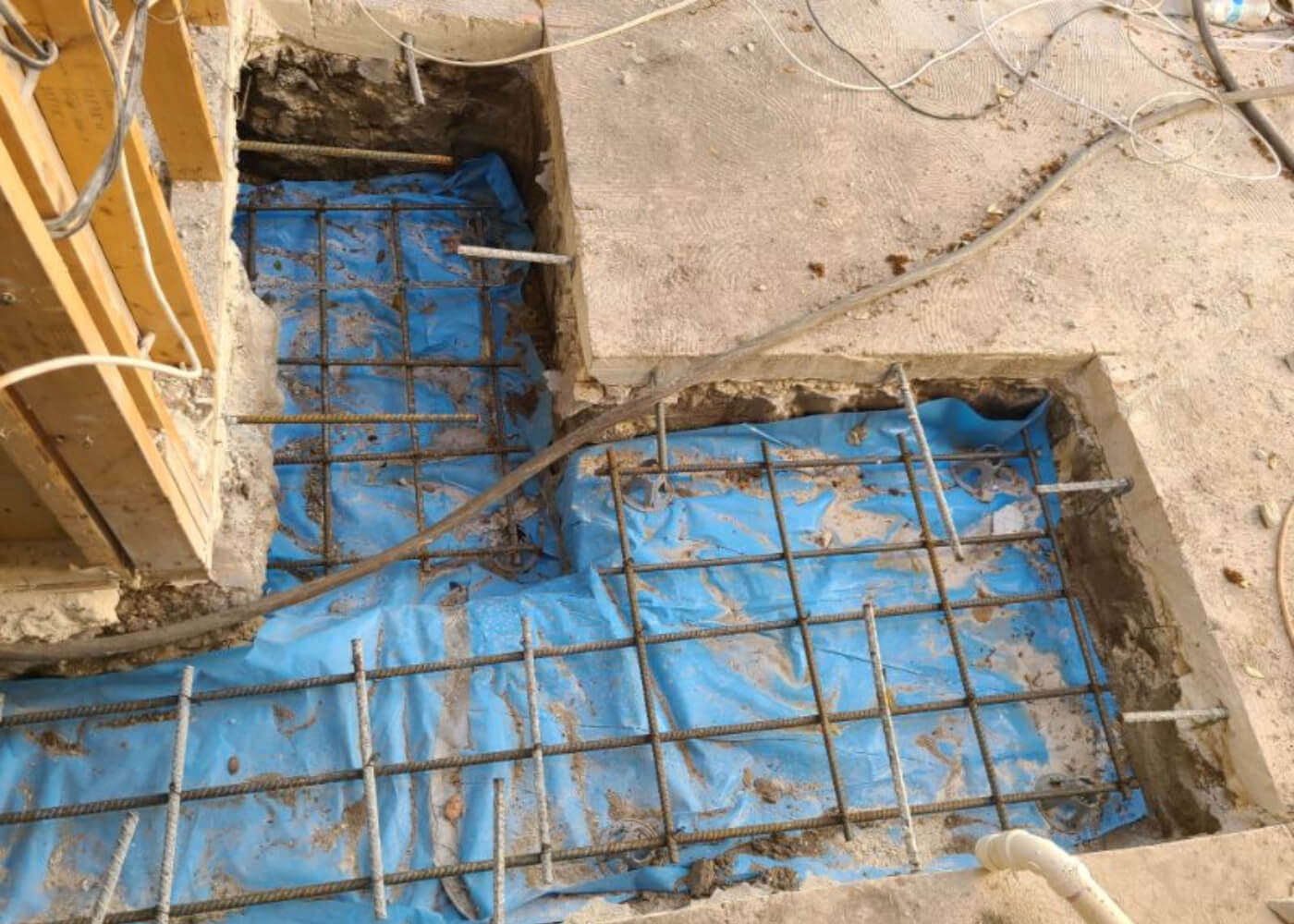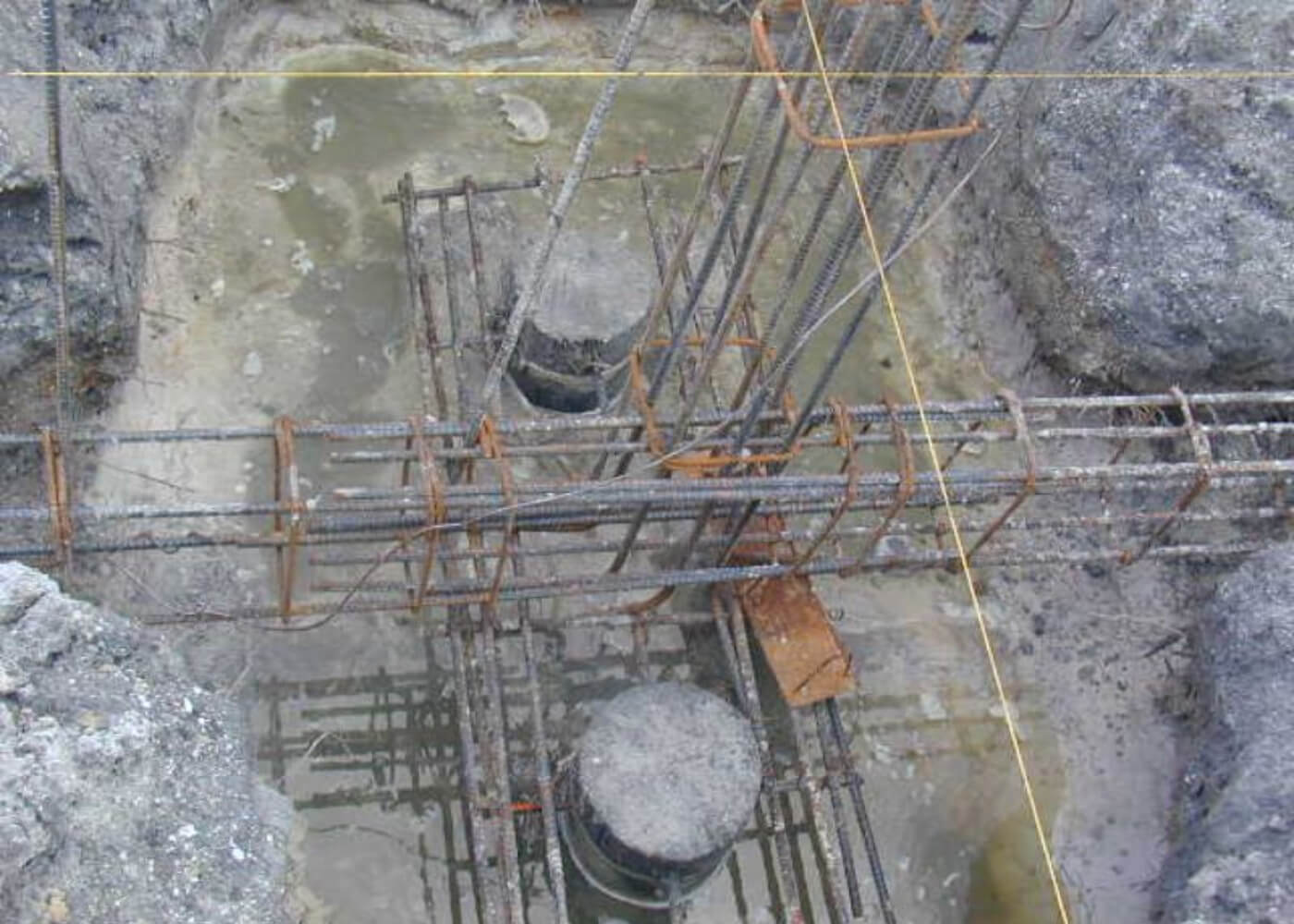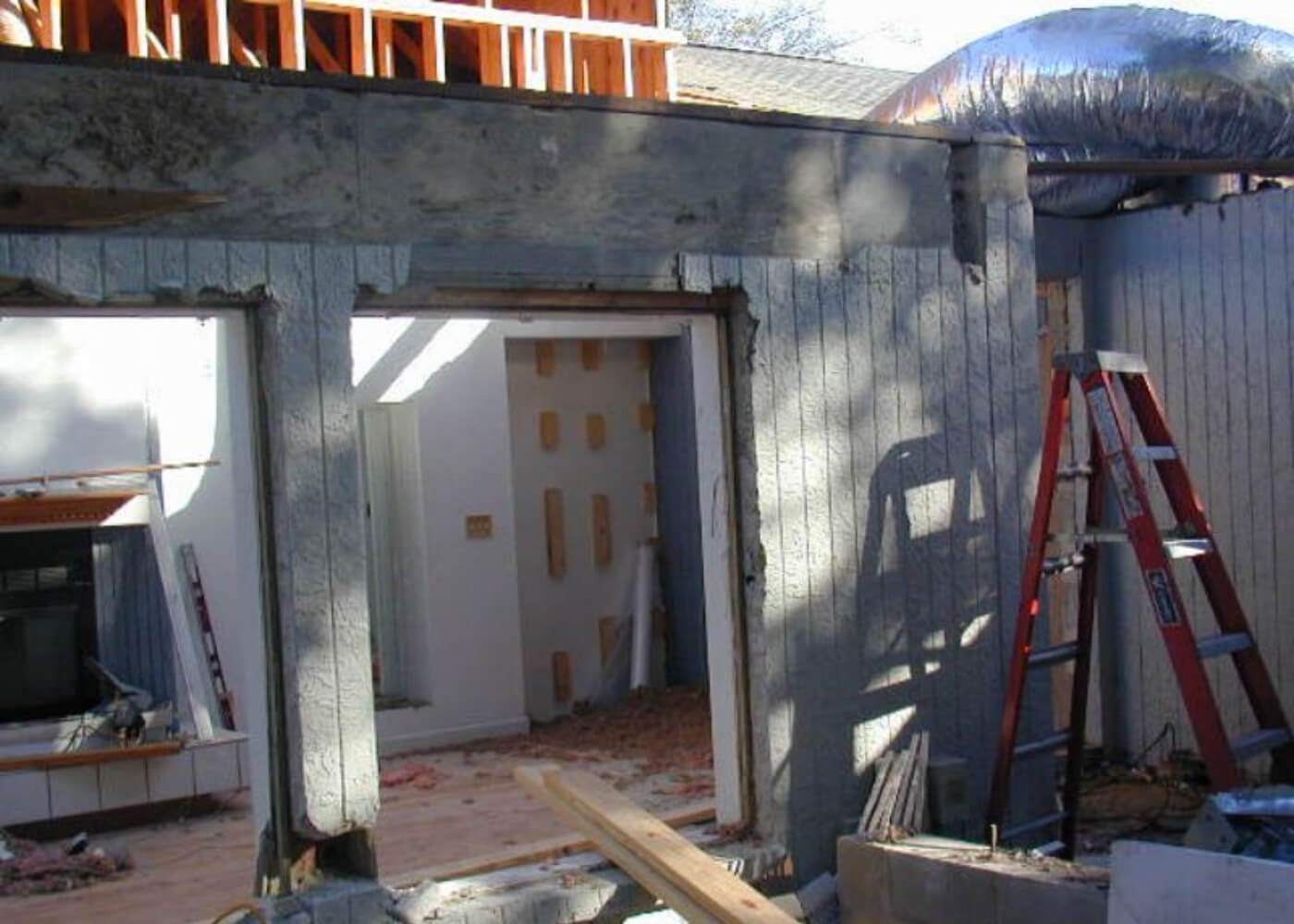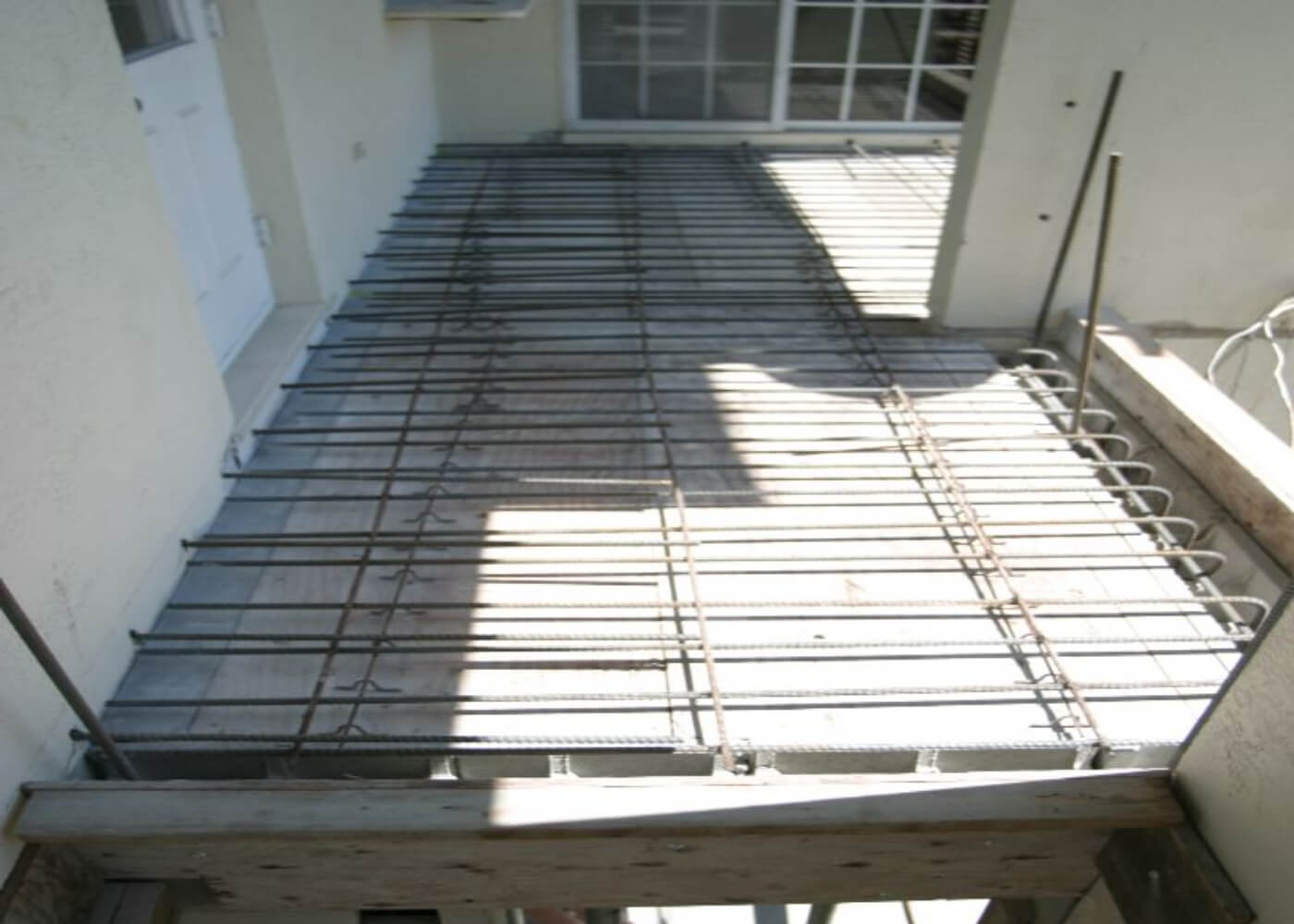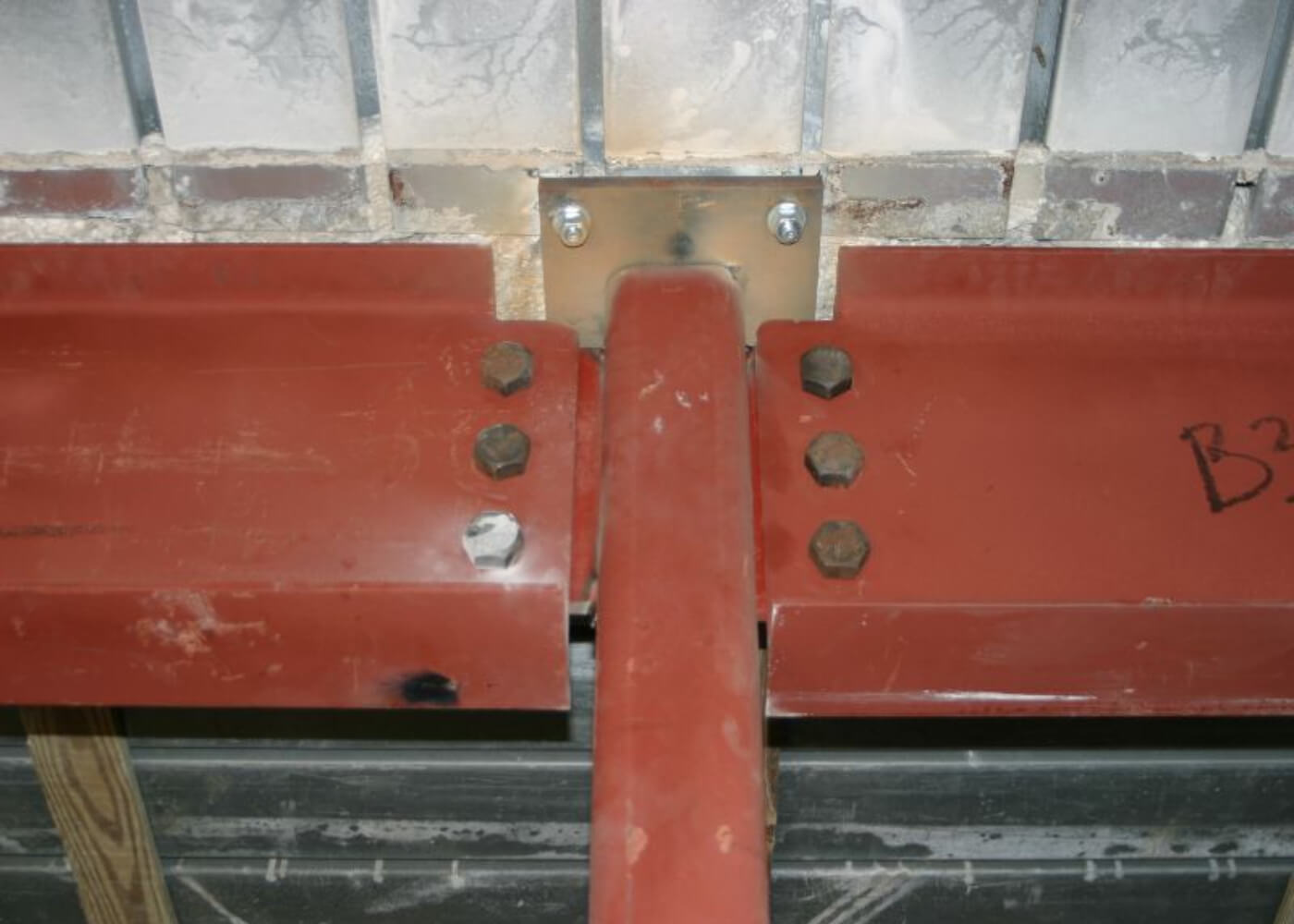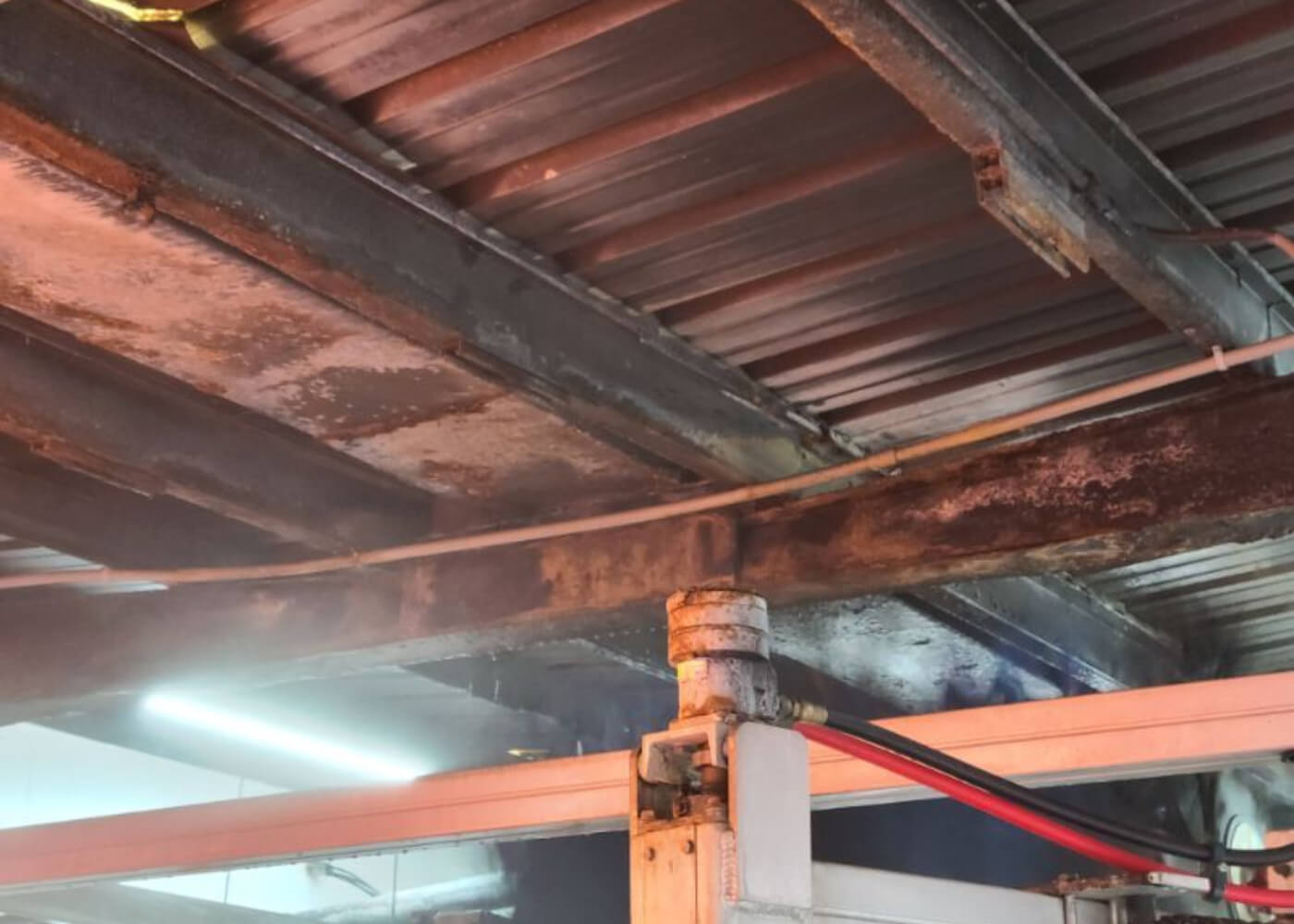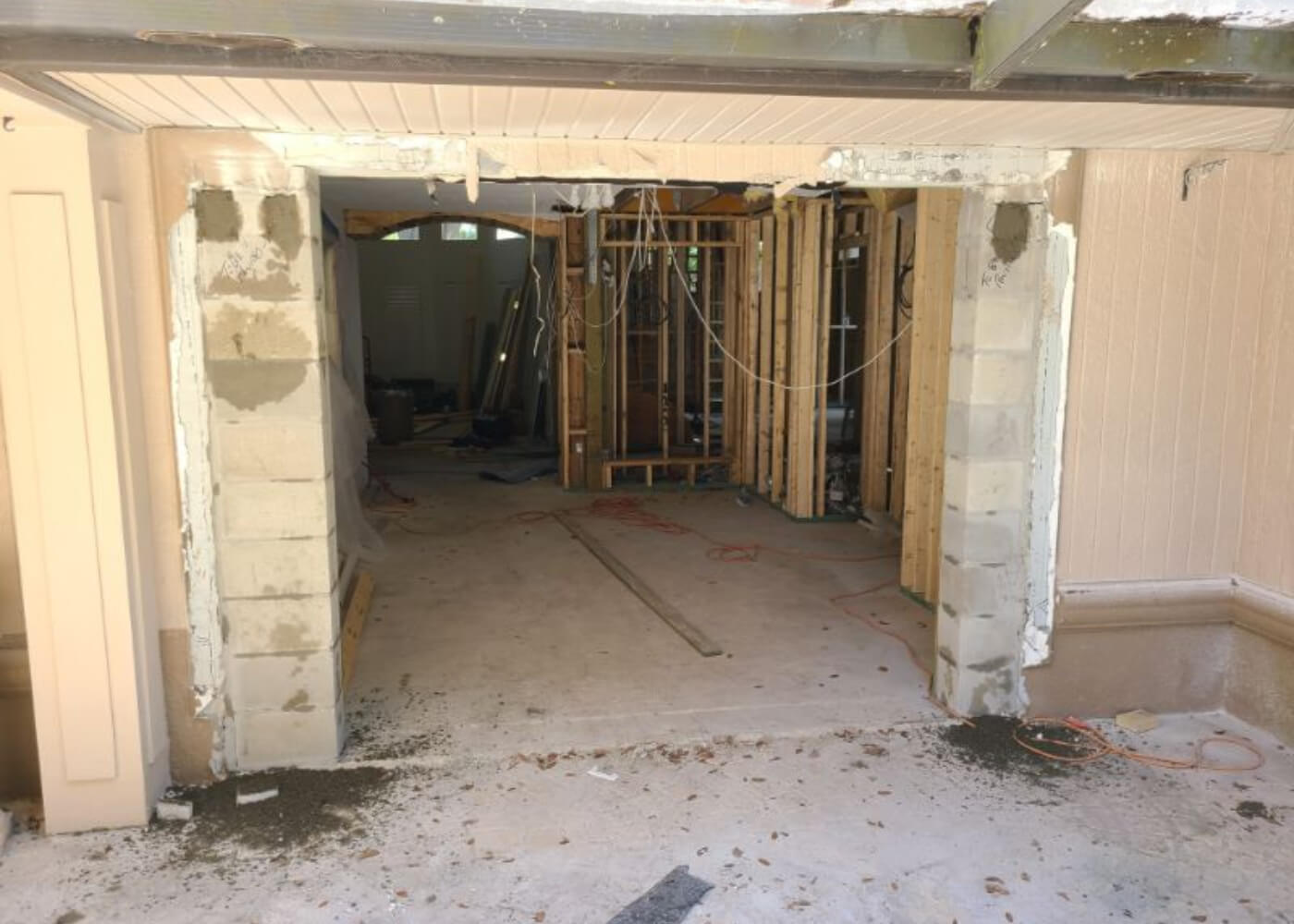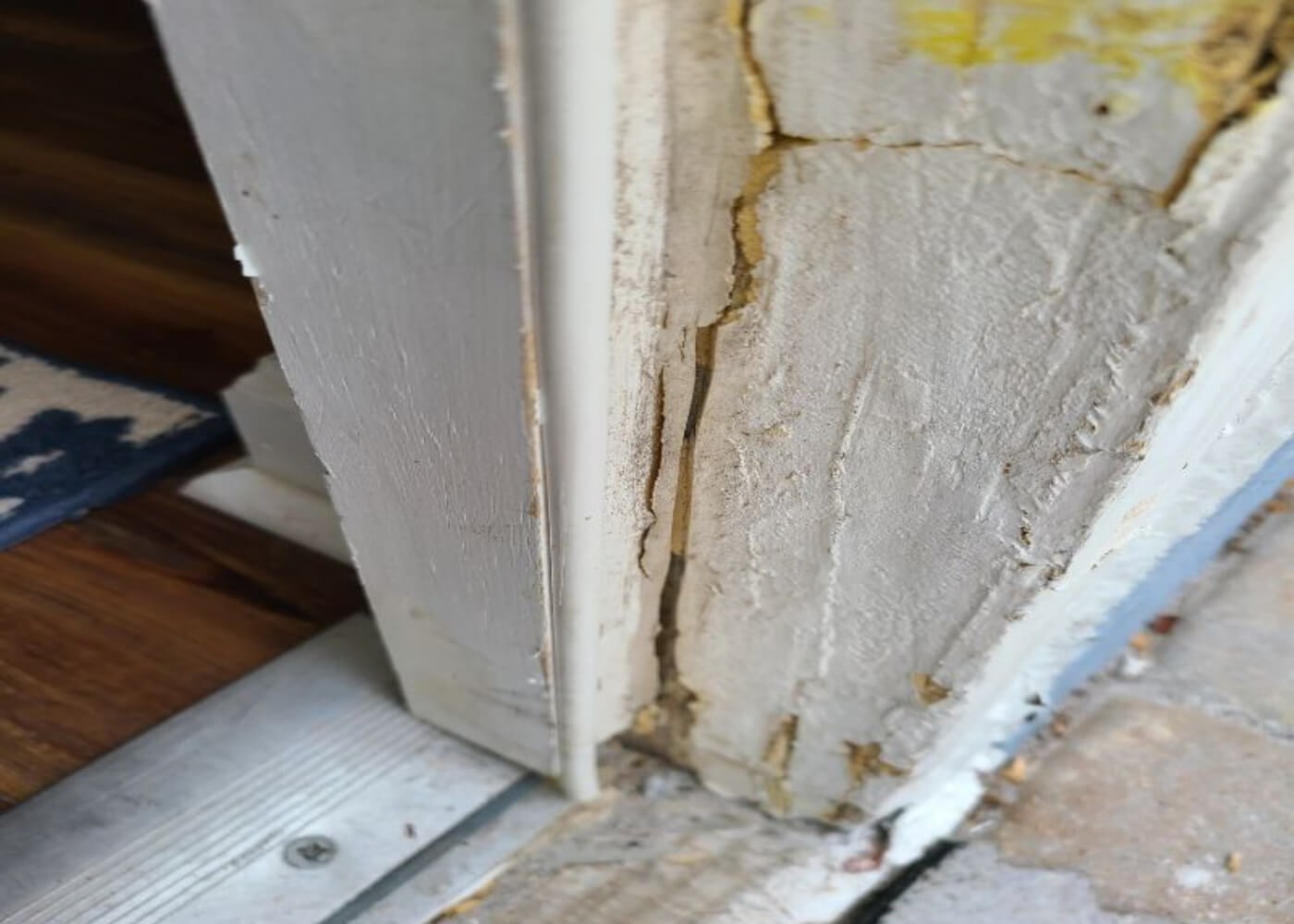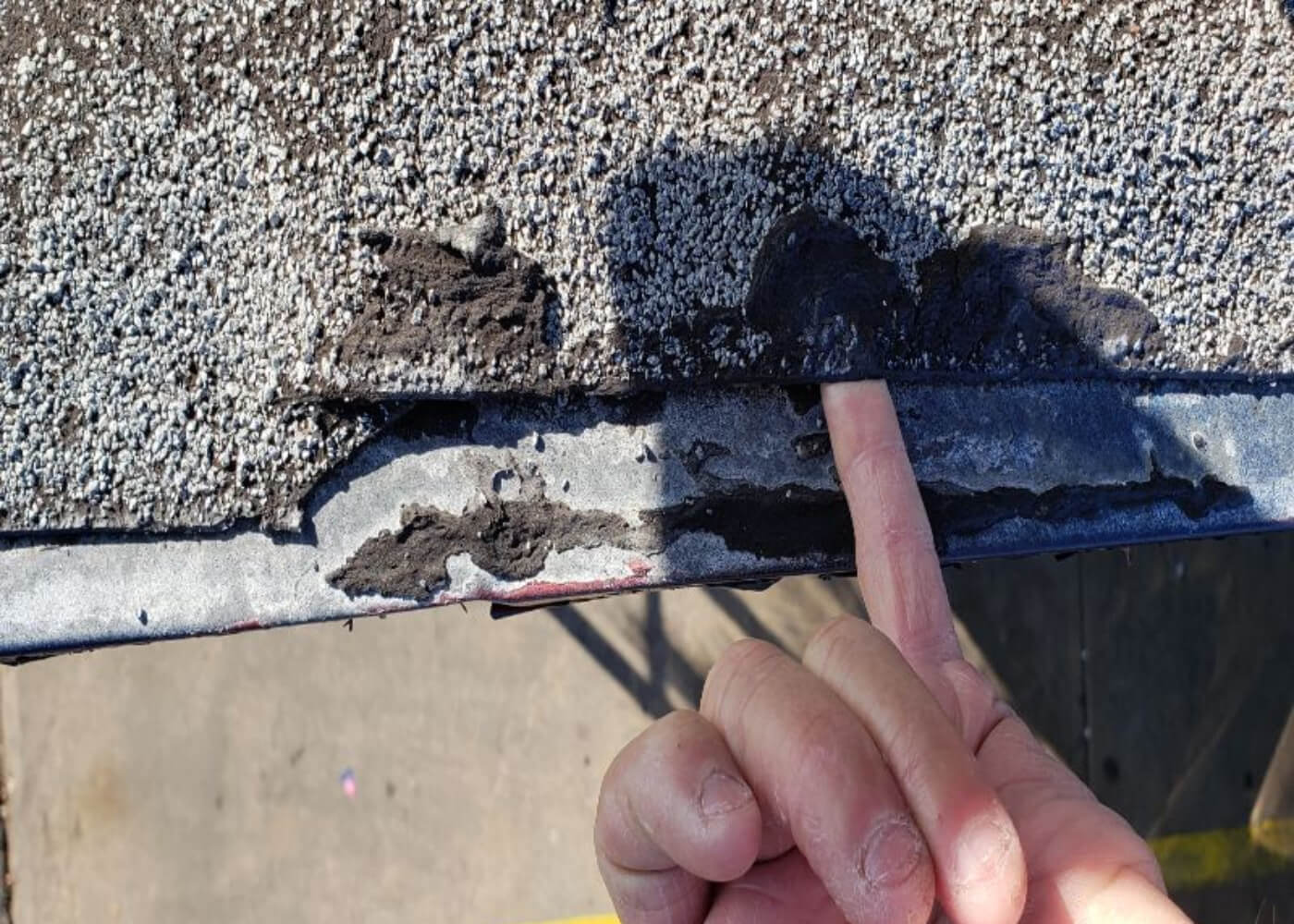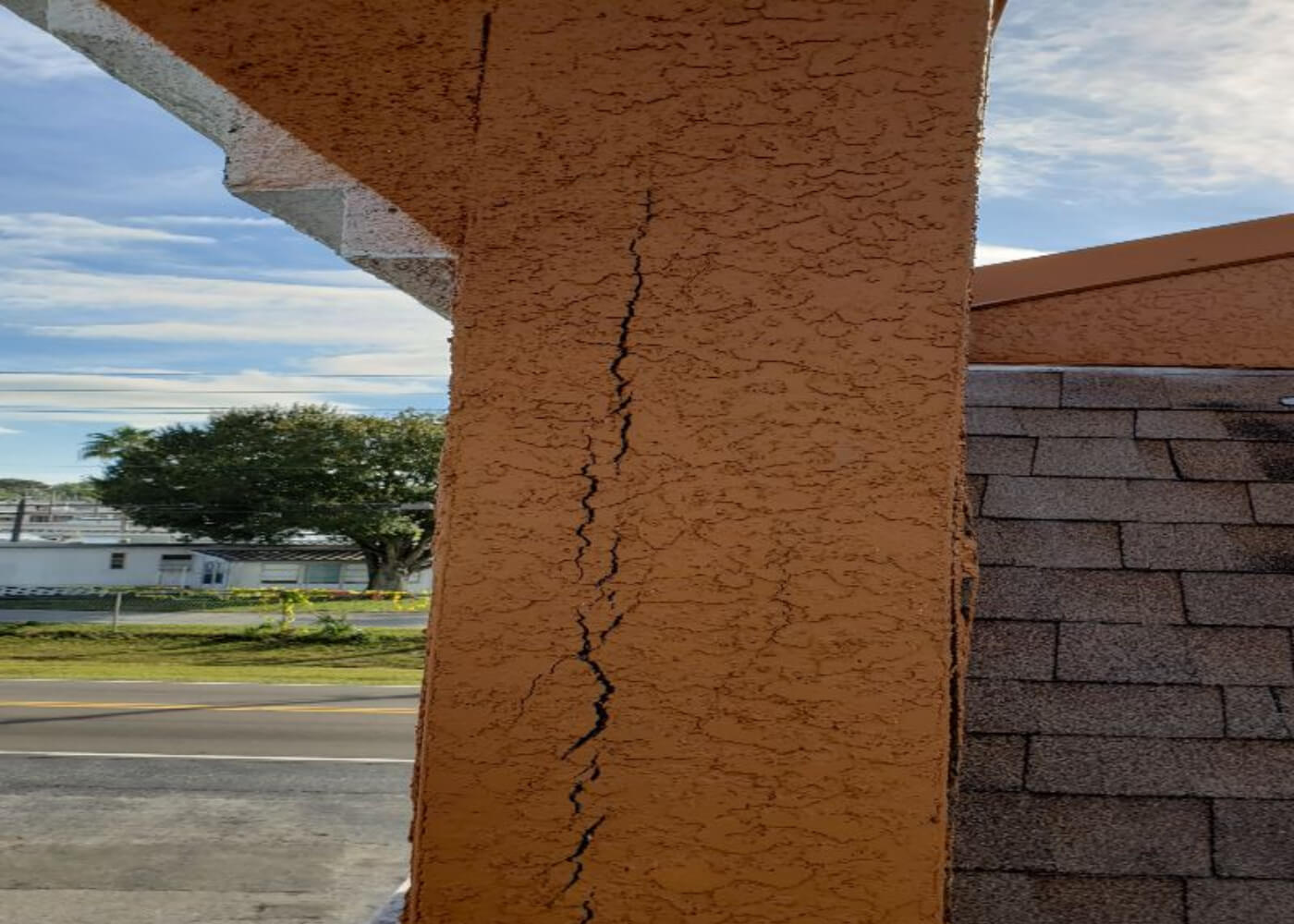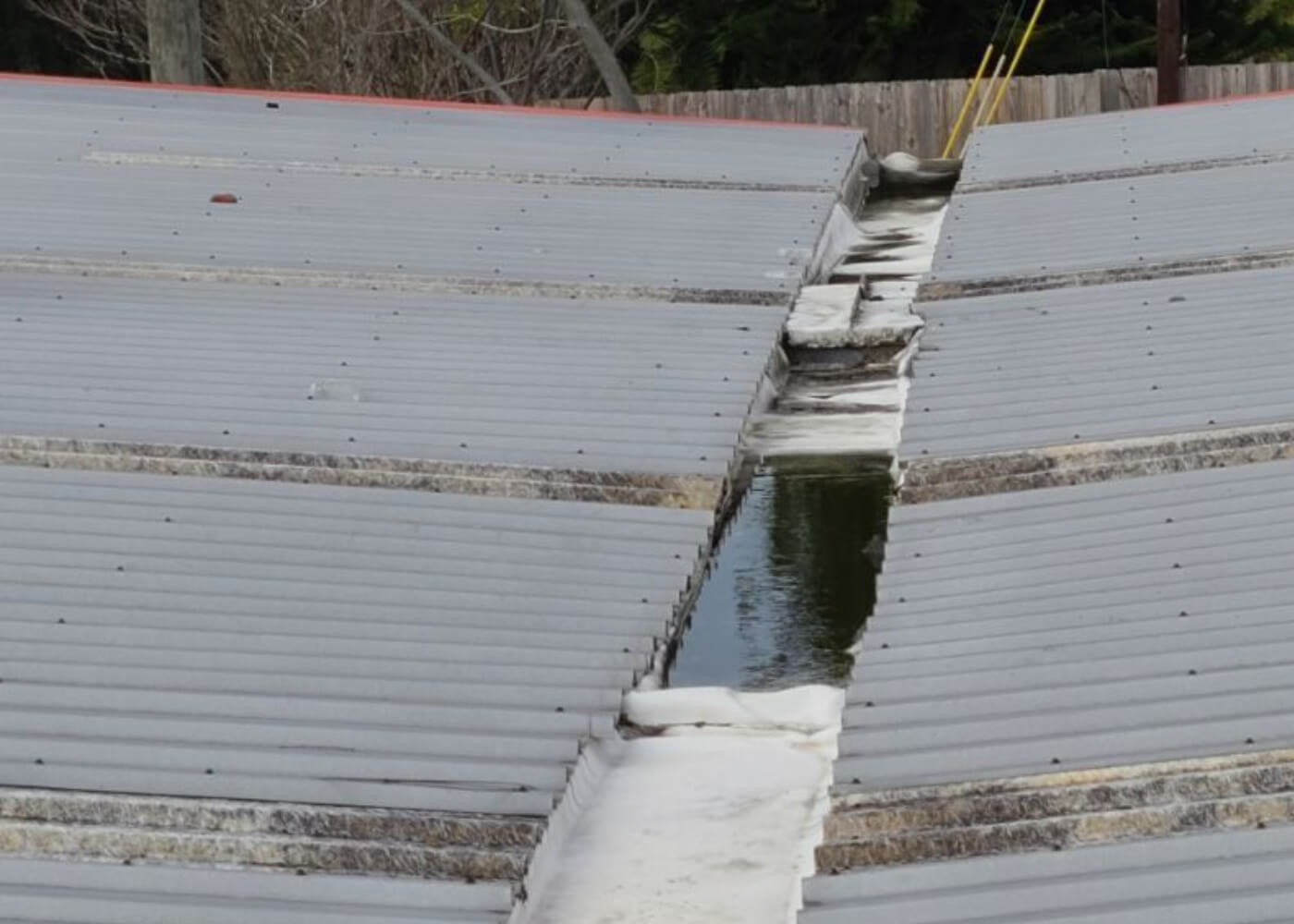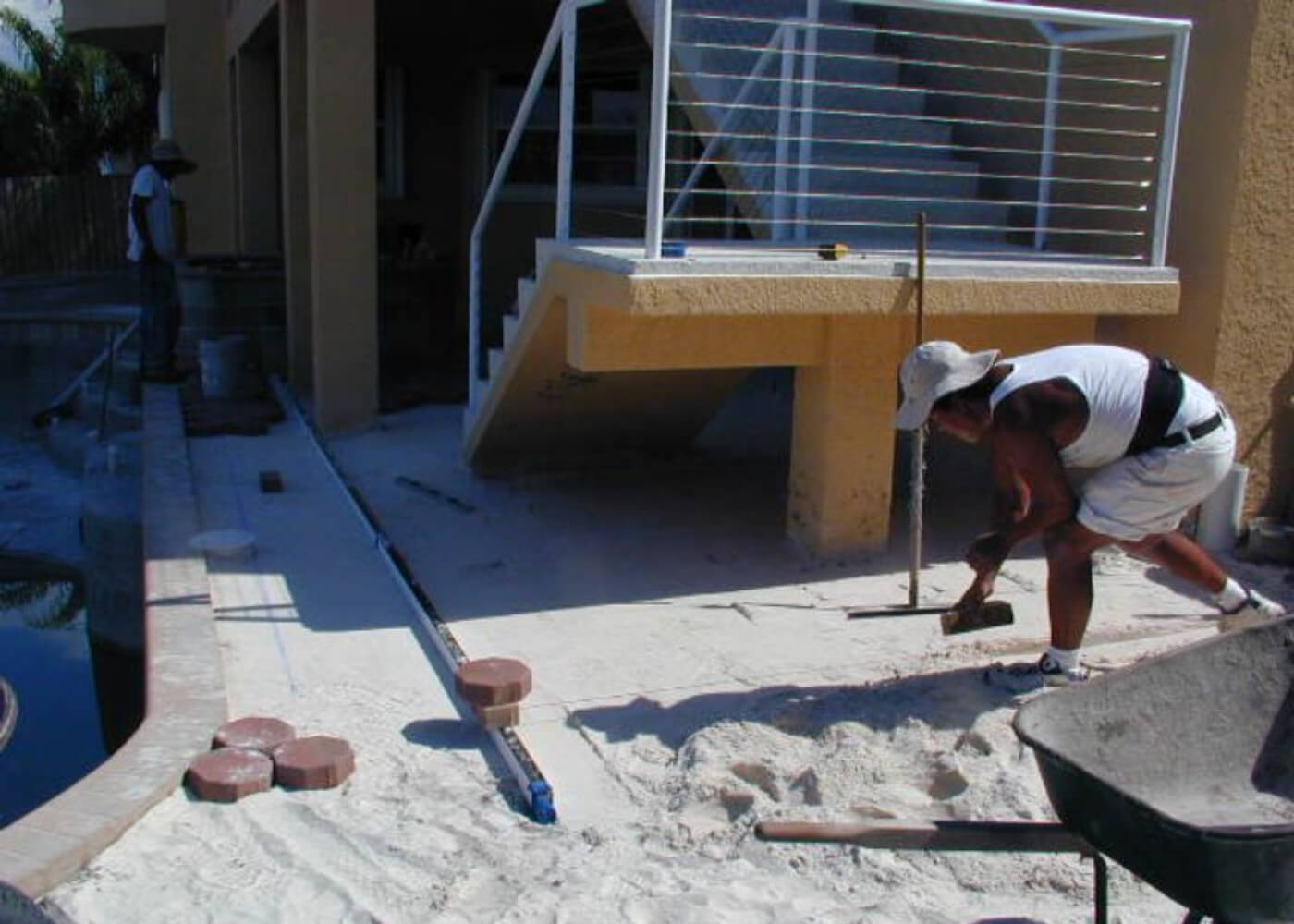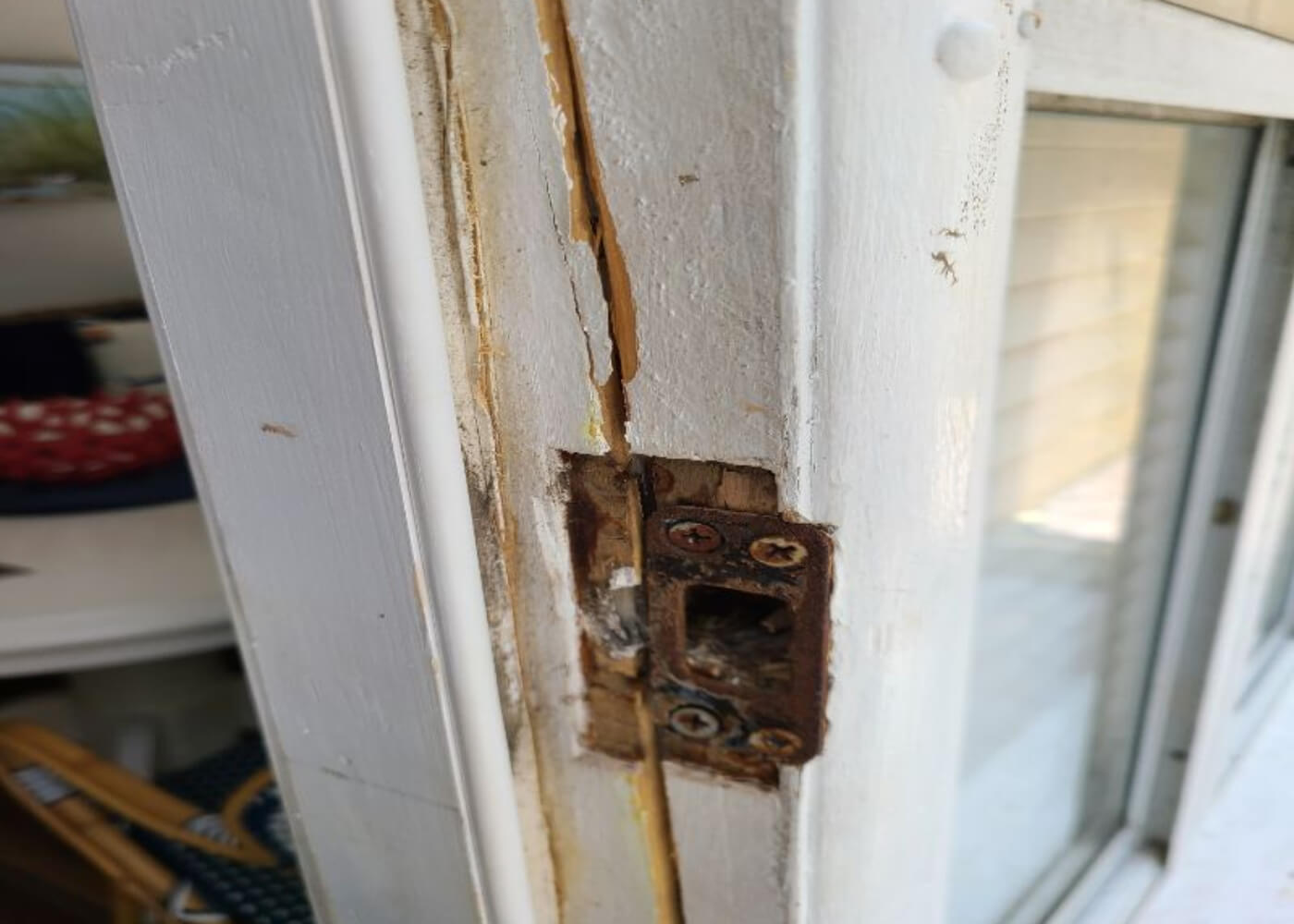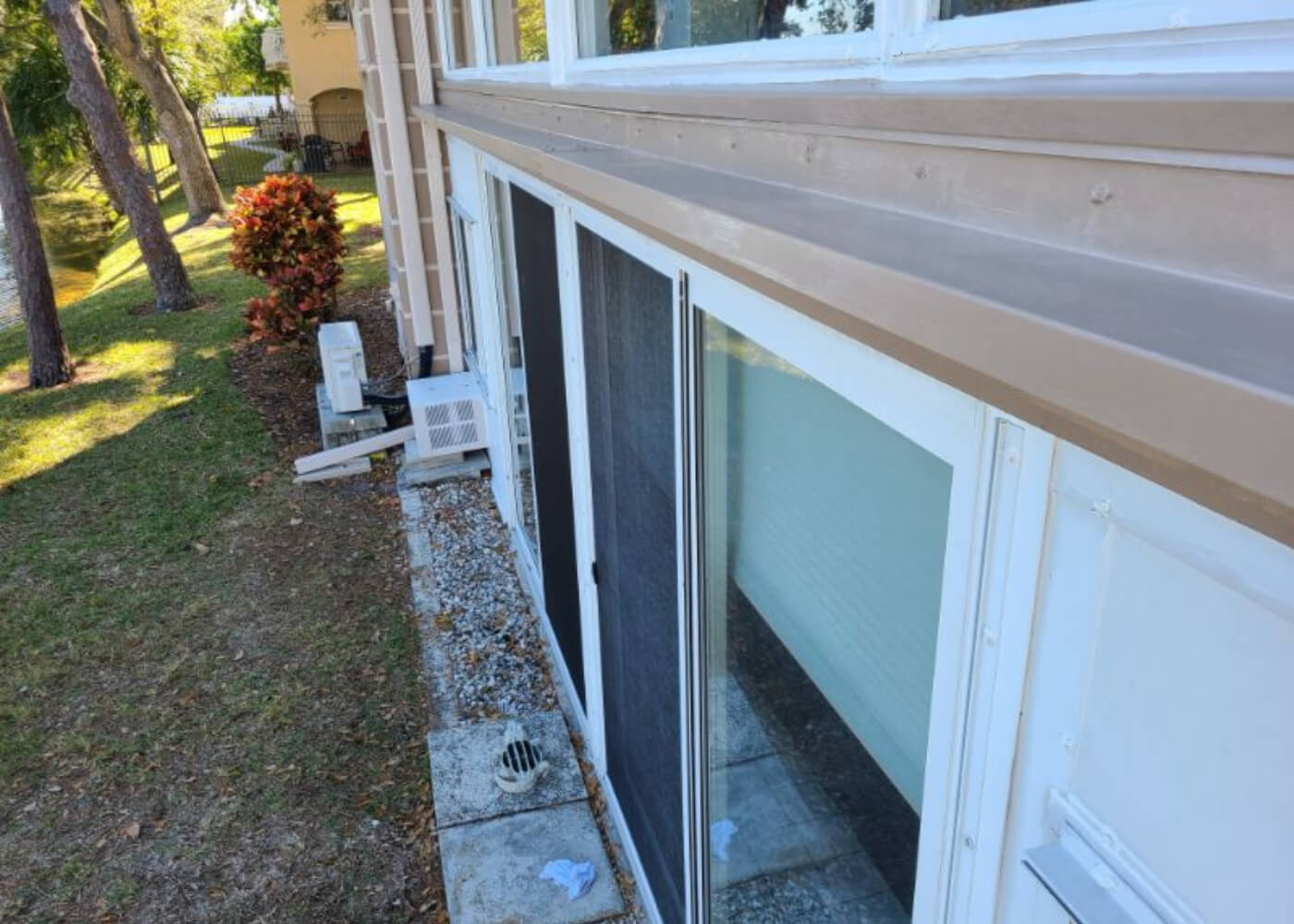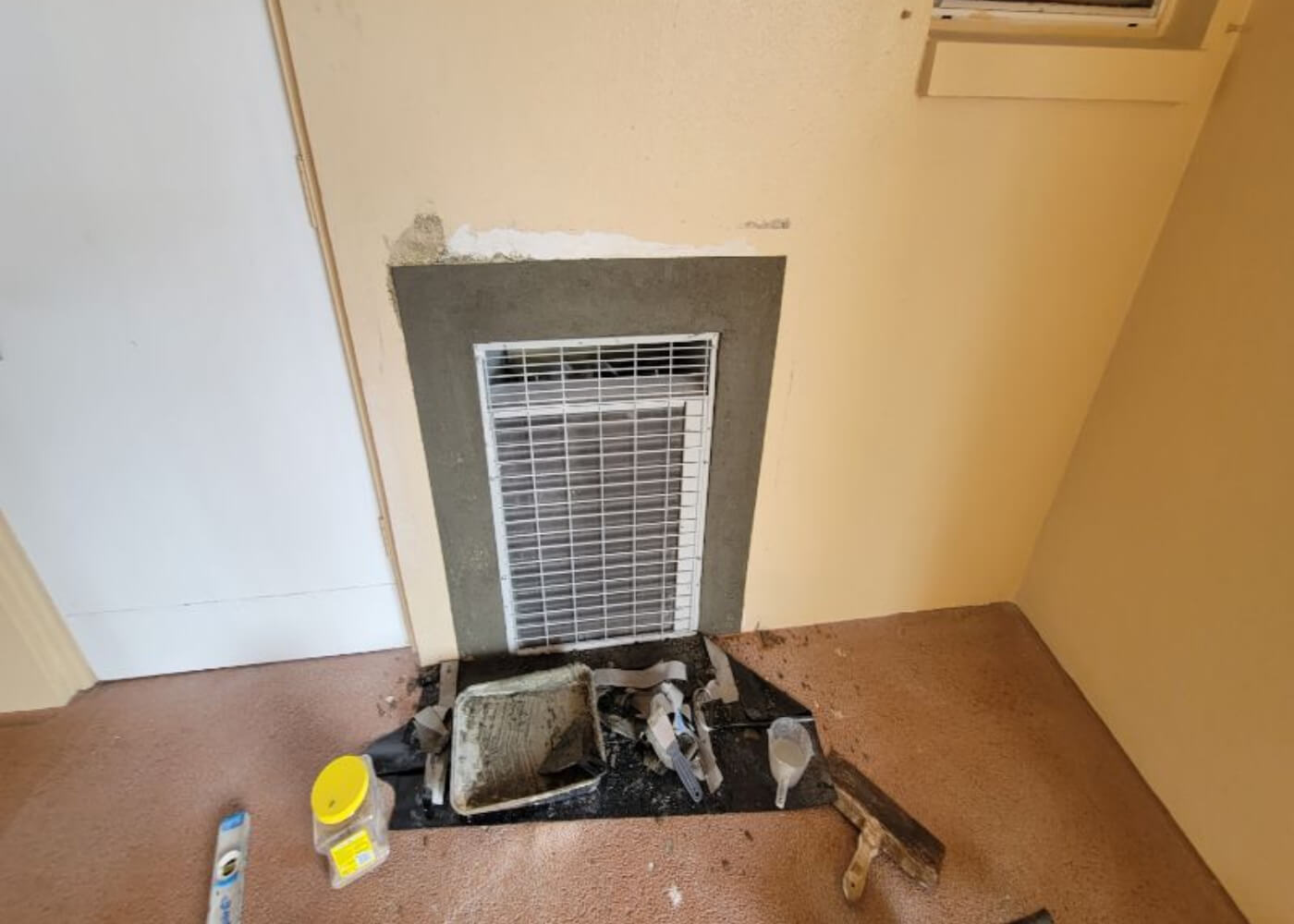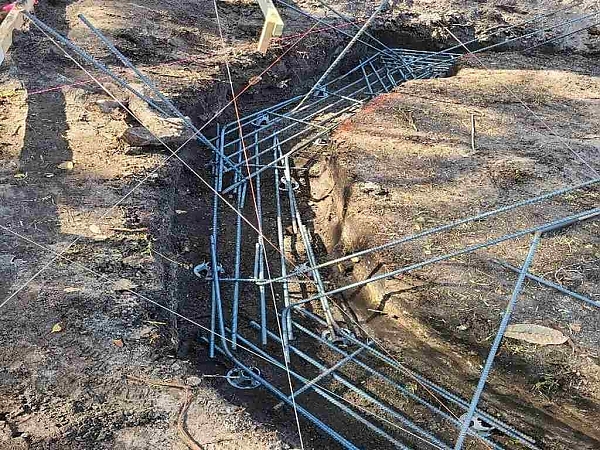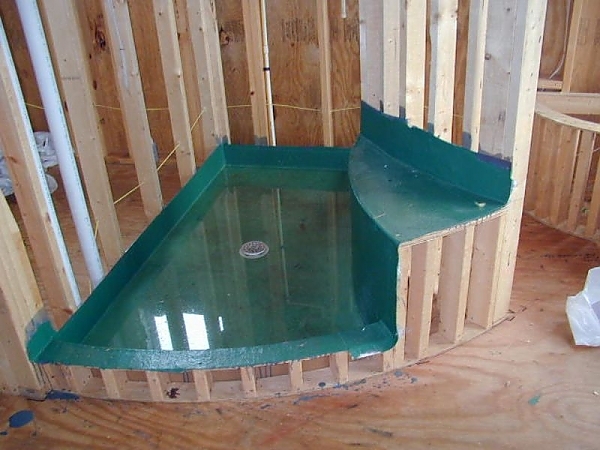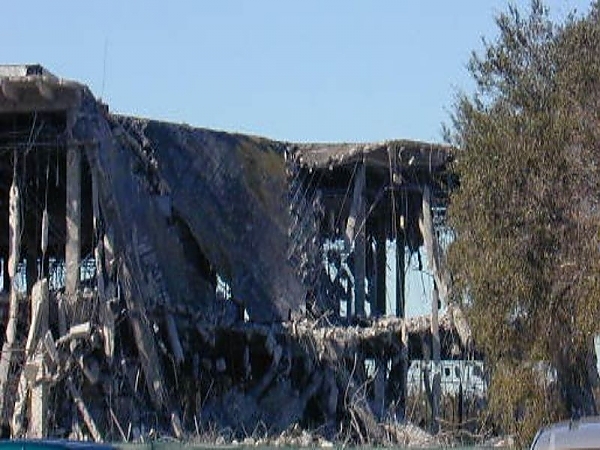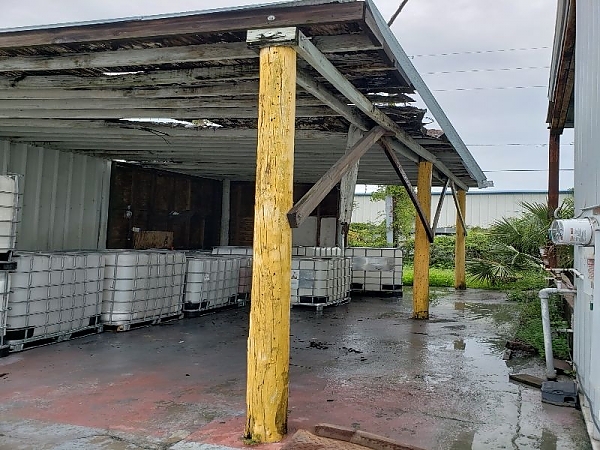A well-designed kitchen is more than just a functional space; it’s the heartbeat of a home. It’s where ...
Welcome to Structural Repairs, Pinellas by Rose Building Contractors, Inc.
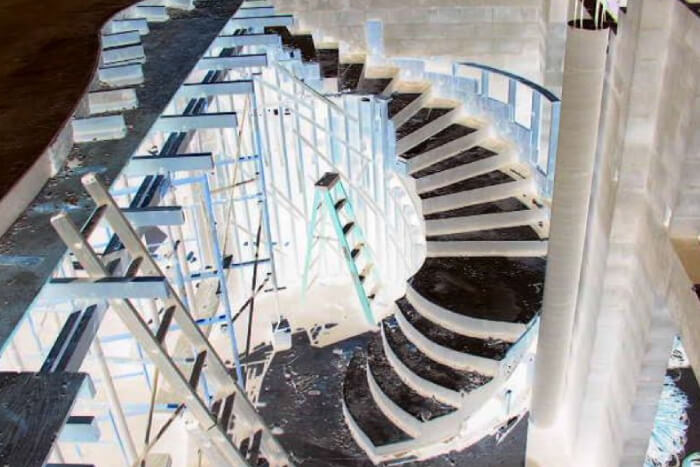
Leaks and decay and cracking stucco, OH MY!
In Florida, our buildings are subject to cycles of very harsh wind-driven rain and intense heat. The combination of these, as well as routine other maladies like falling tree limbs, damaged roofs, sinking foundations, compromised floor framing, crawl space collapses, and termite infestations, etc. often affect our buildings.
It usually requires a combination of “specialists” to address the required repairs properly. These include but are not limited to a building contractor, structural engineer, mold remediators, material testing companies, and the correct group of proper subcontractors to address YOUR SPECIFIC ISSUE - - no two are identical! We have all these services available through our network and can handle your specific structural issue properly. We offer - - - ONE STOP SHOPPING!

We Tackle the Toughest Structural Repairs, Including...
Crawl Space Repairs
In this area of Florida we went through a period of 3 decades mid-20th century, where a lot of homes were constructed on crawl spaces. The rationale was to elevate the homes in an area that had the potential for flooding – think of it as “an early answer to the coastal zone construction methods we use today”. Regrettably, there are several problems with the way the crawl space creation was accomplished and after the passage of time, they have reared their heads, demanding attention.
Drainage Issues
Many structures are plagued by poor drainage issues. In residential construction (houses) the usual cause is a home that was, unfortunately, built too low initially! This usually means that at least some areas of the home are actually lower than the immediately adjacent grade OR a neighboring property is higher, and causing their water to enter the subject property, or a combination of both. Making matters worse, gutter downspouts concentrate a large quantity of water and discharge it at a single point, often over-burdening the natural drainage of the property.
Water Intrusion
In Florida, we are all victimized by severe wind-driven rain. If there is a pathway for water to enter the building envelope, it absolutely will find it. A normal Florida summer thunderstorm routinely has 40-50 MPH gusts. This creates wind-driven horizontal rain (water that is under pressure). It can enter the building envelope through windows and exterior doors in poor condition or improperly installed, in can enter through vented soffits, roof vents, cracked stucco, porous block with failing paint, exterior wood that has weathered (wood is not your friend in Florida), etc.
Termite Damage
Wood is absolutely not your friend in Florida. That said, there are large areas of components in our structures that are wooden. Termites are a fact of life, particularly in Florida. There are subterranean and airborne termites, they enter in different fashions and by different methods, but the resultant destruction is the same.
Foundation Issues
With the exception of structures on pilings, most structures in our area are supported mainly by the ground, in some fashion. This is usually accomplished by a spread footing and stem wall, a monolithic slab on grade, or pads supporting piers. All of these methods rely on the surface and perhaps the top two feet of virgin earth to support everything built on top of them! Problems can arise, particularly over time, if any of several potential factors are present.
Other Issues/Impact/Fire/Etc.
Sometimes, bad things happen to perfectly good structures. We get a lot of calls dealing with vehicular impact to buildings. Drive through structures are particularly at risk. We can absolutely address whatever is required to put-it-back-like-it-was!
We Provide the Following Repairs
- All required structural repairs
- Sagging roof framing.
- Soffit and Fascia rot and decay
- Impact damage to your building.
- Stucco damage
- Waterproofing issues.
- Exterior Door issues.
- Damaged and sagging beams
- Damaged posts and columns
- Damaged trusses
- Water damage
- Termite damage
- Foundation problems and issues
- Slab on grade problems and issues
- Demolition and Removal
- Site Drainage Issues
- Retaining Walls
- Crawl space issues.
- Leaky elevated decks and lanais
- Floor system damage and problems
- Cracked exterior walls
- Water Intrusion
Our Blog
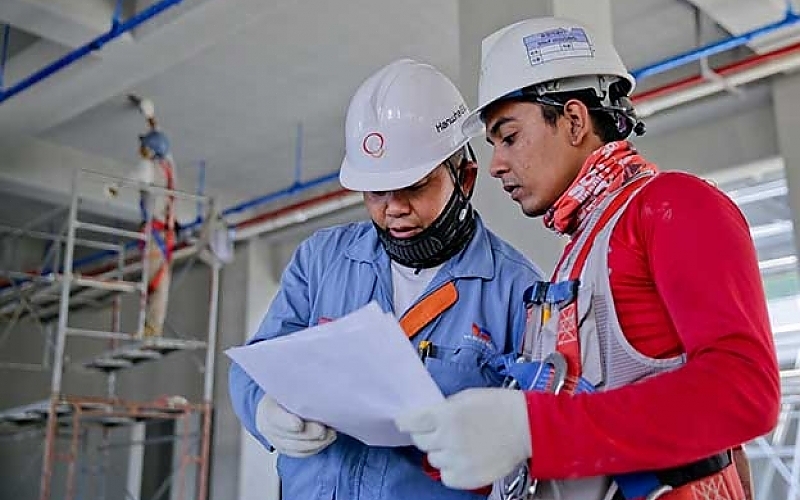
Repairing Structural Damage: When to Call a Professional
Your home is not a building, it’s your sanctuary. That’s where life takes place, where memories are created, ...
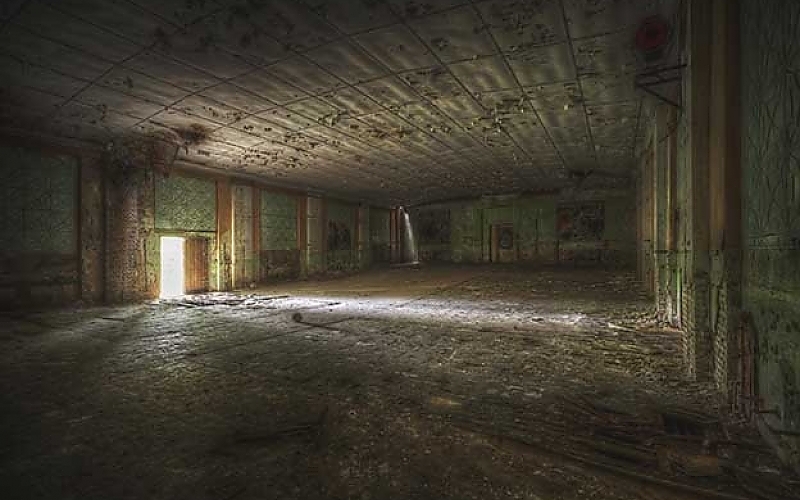
Maintaining a Healthy Crawl Space to Prevent Collapses
The crawl space under your house is not an exciting form of real estate — but it may be one of the ...


